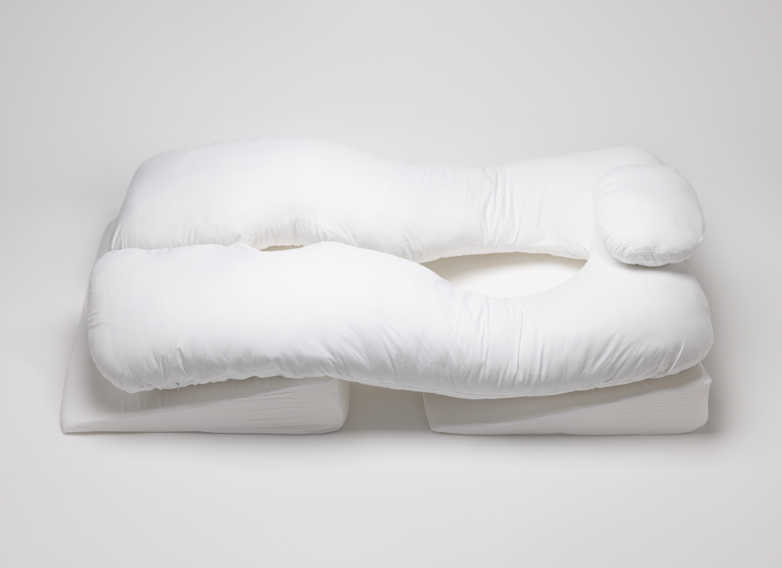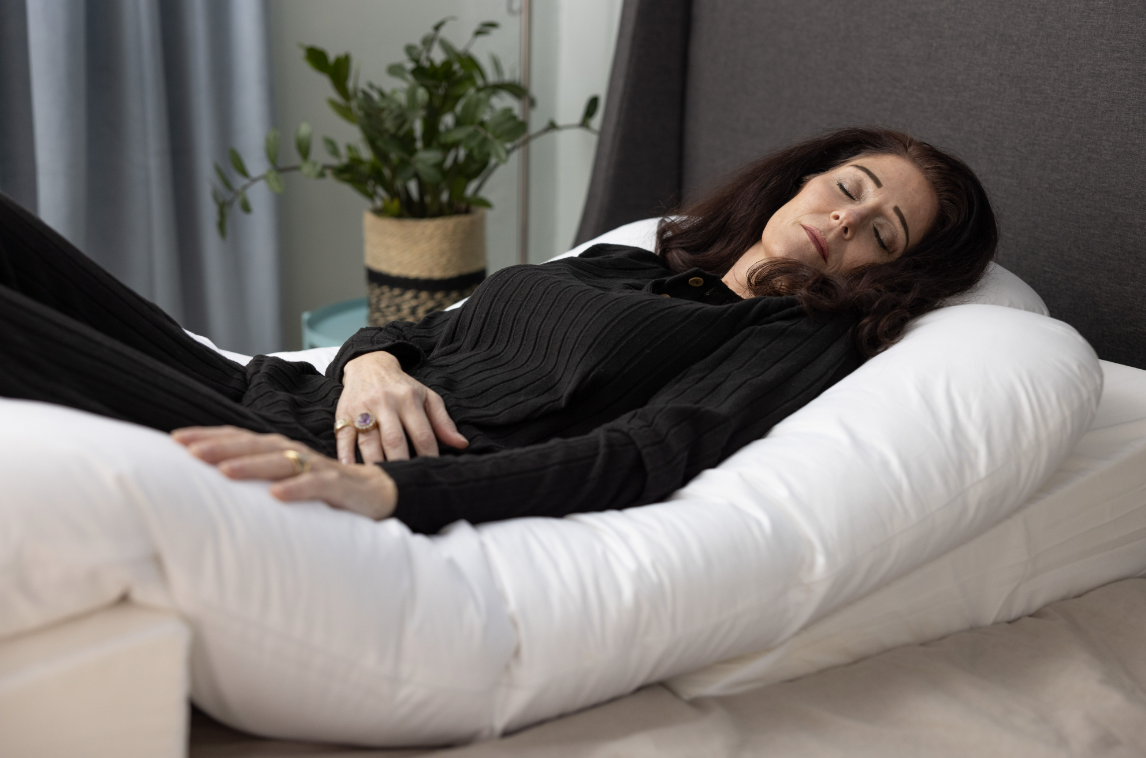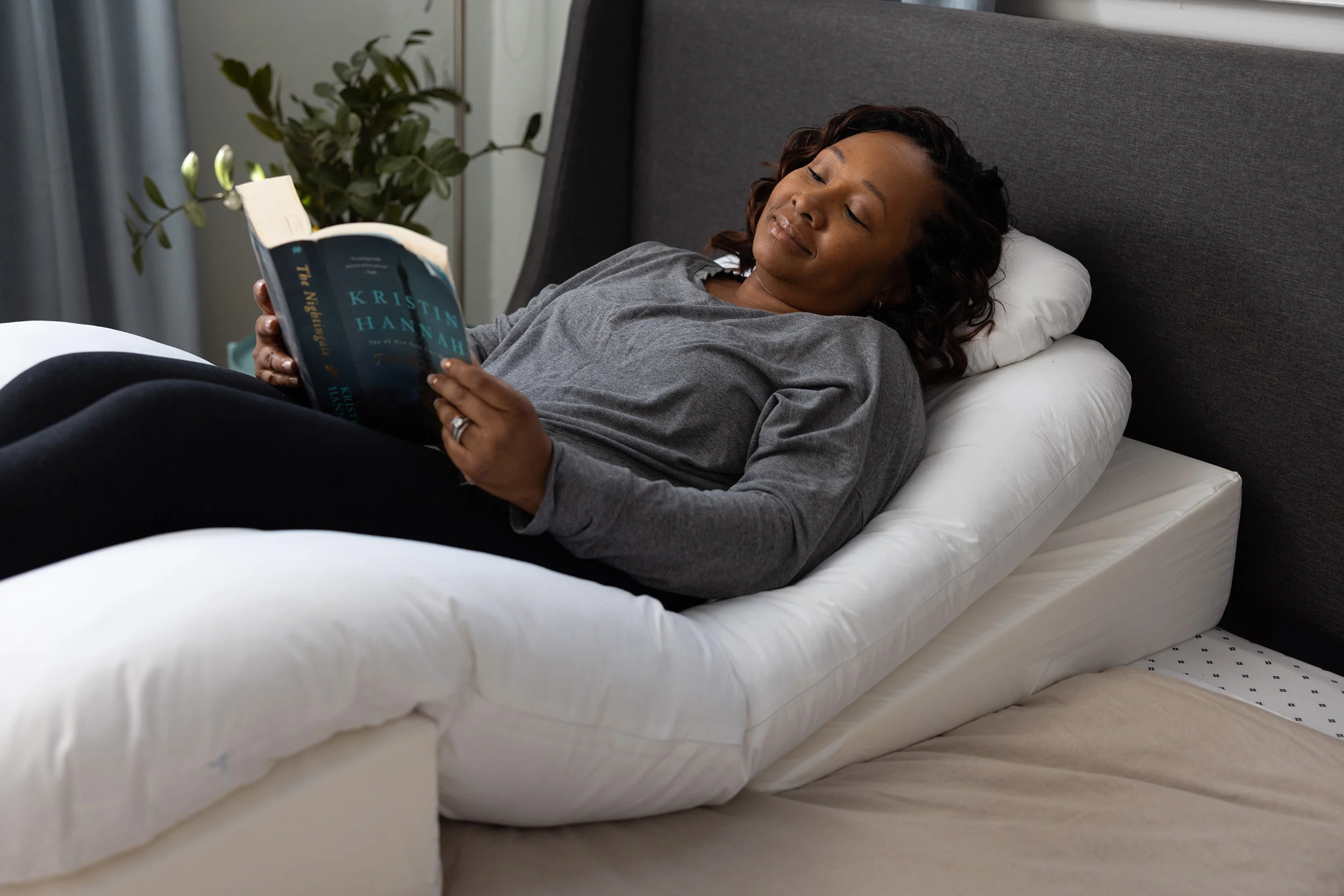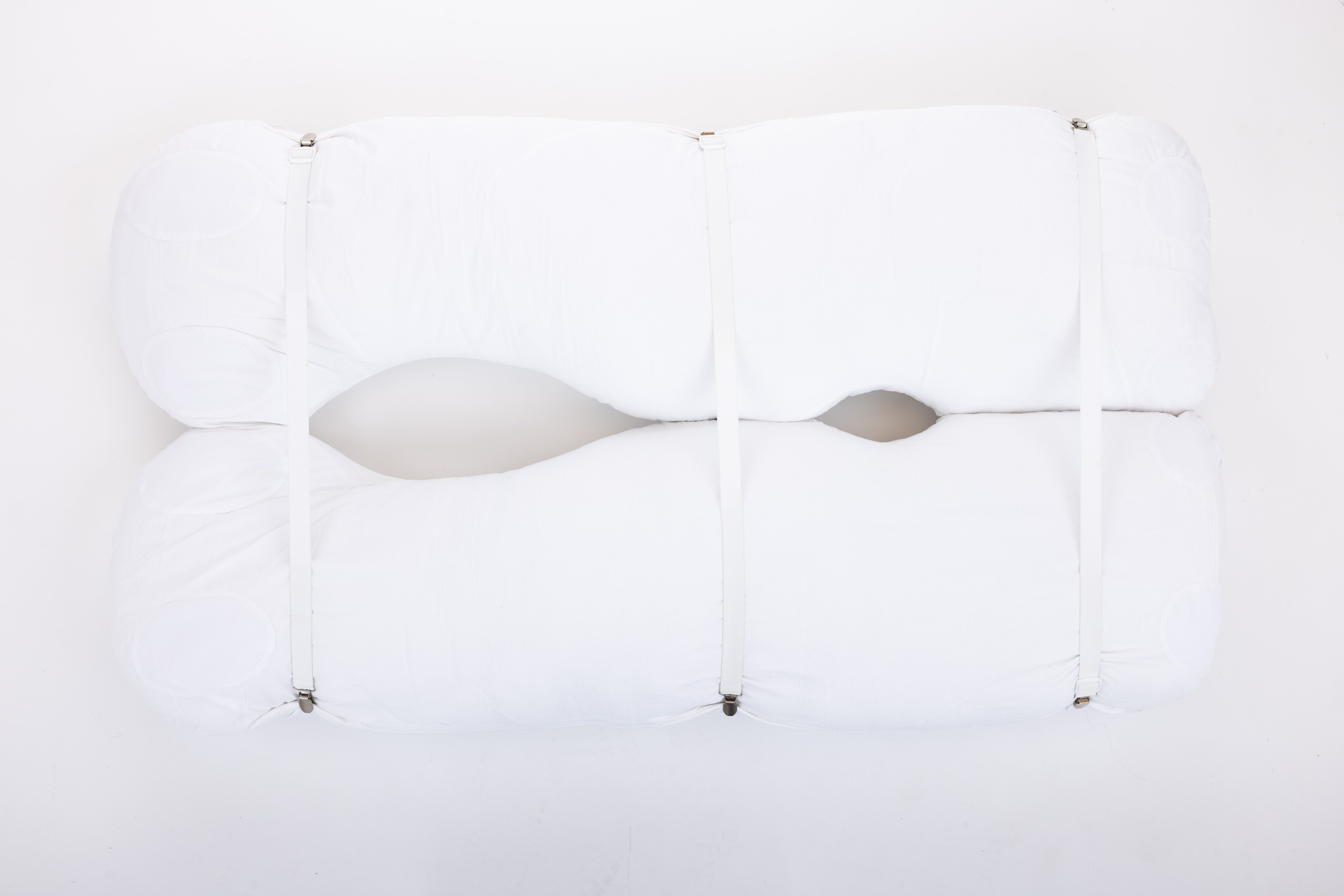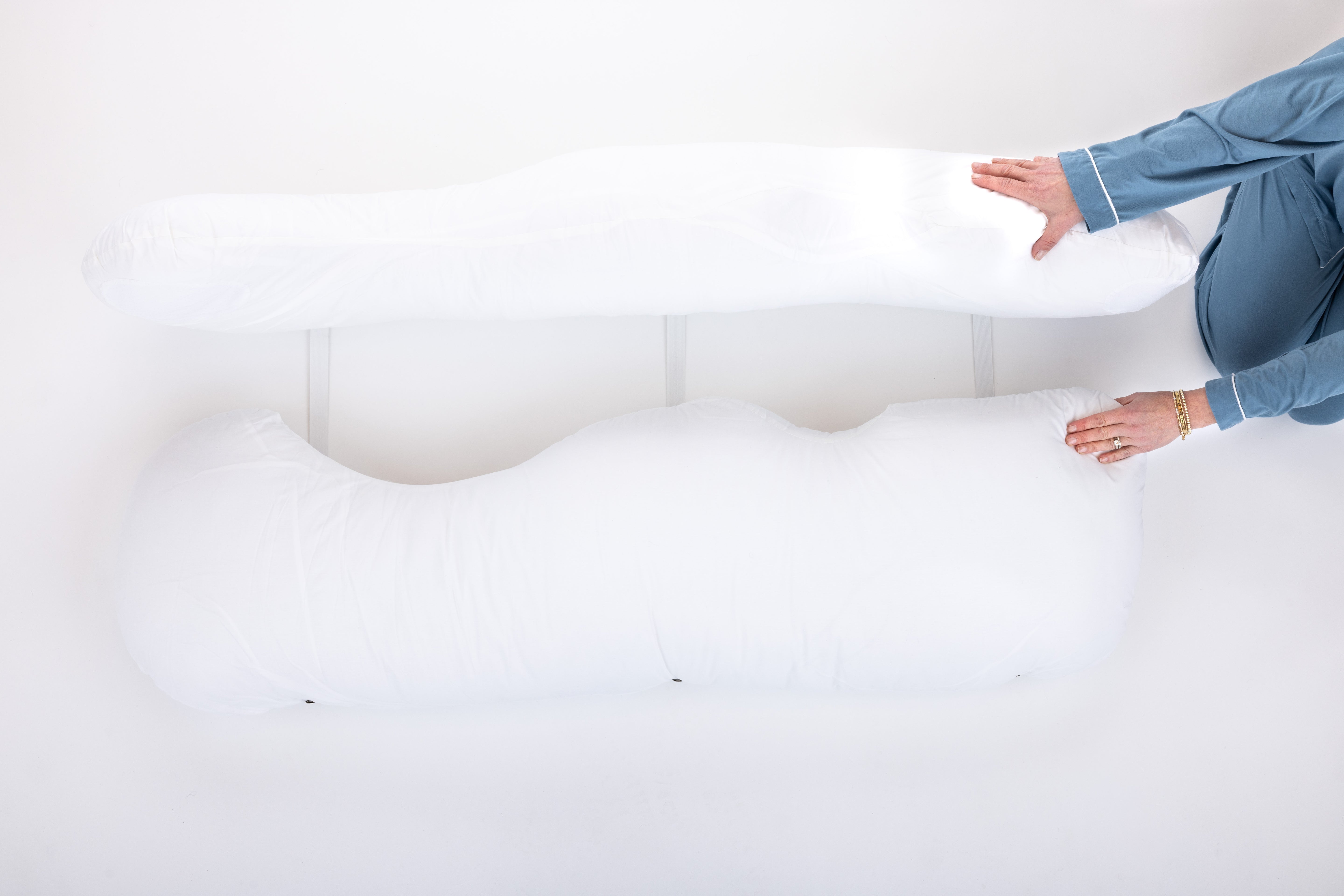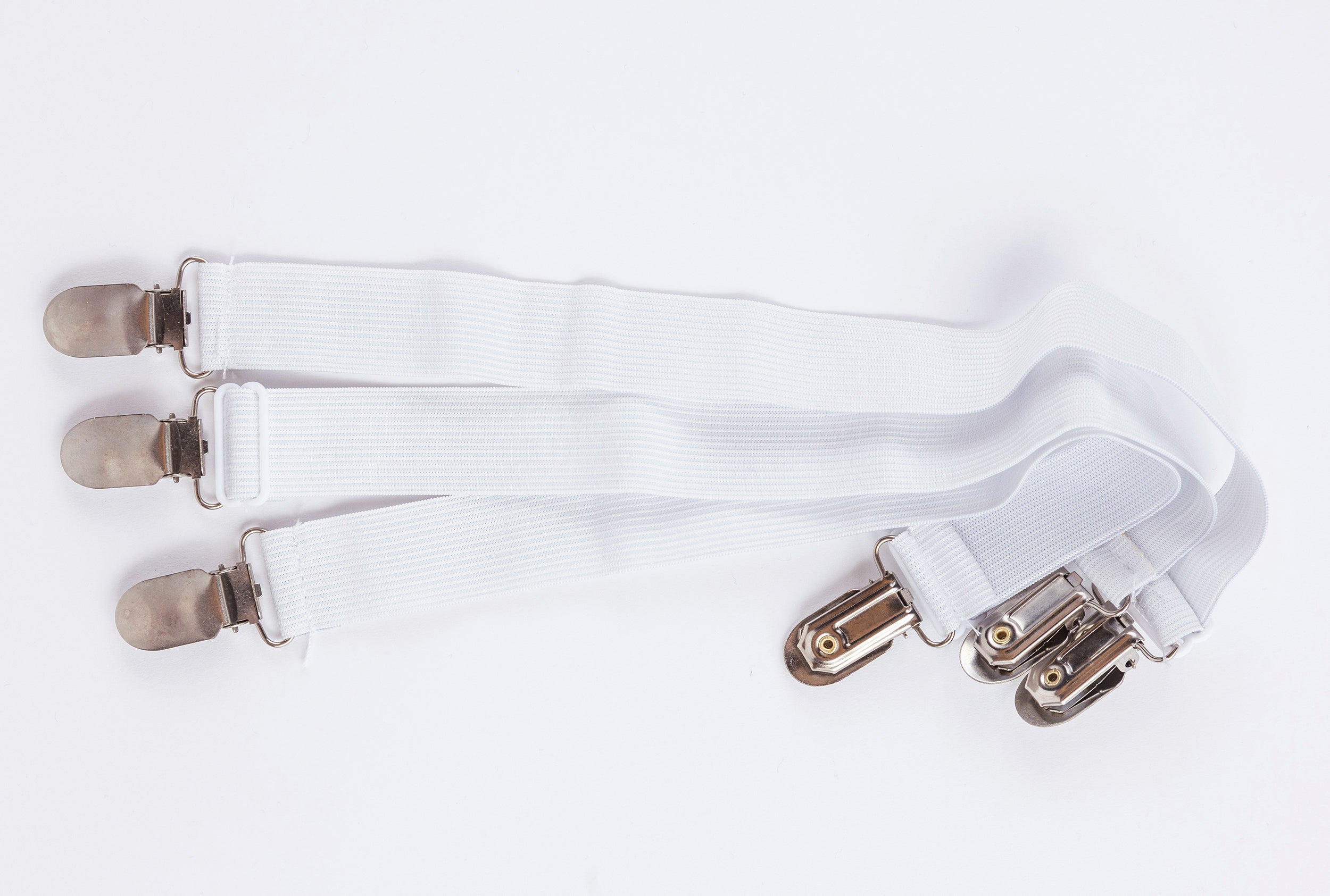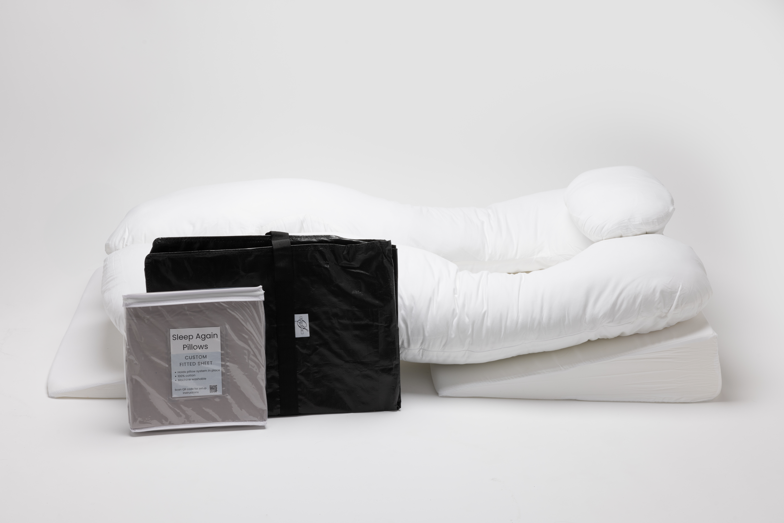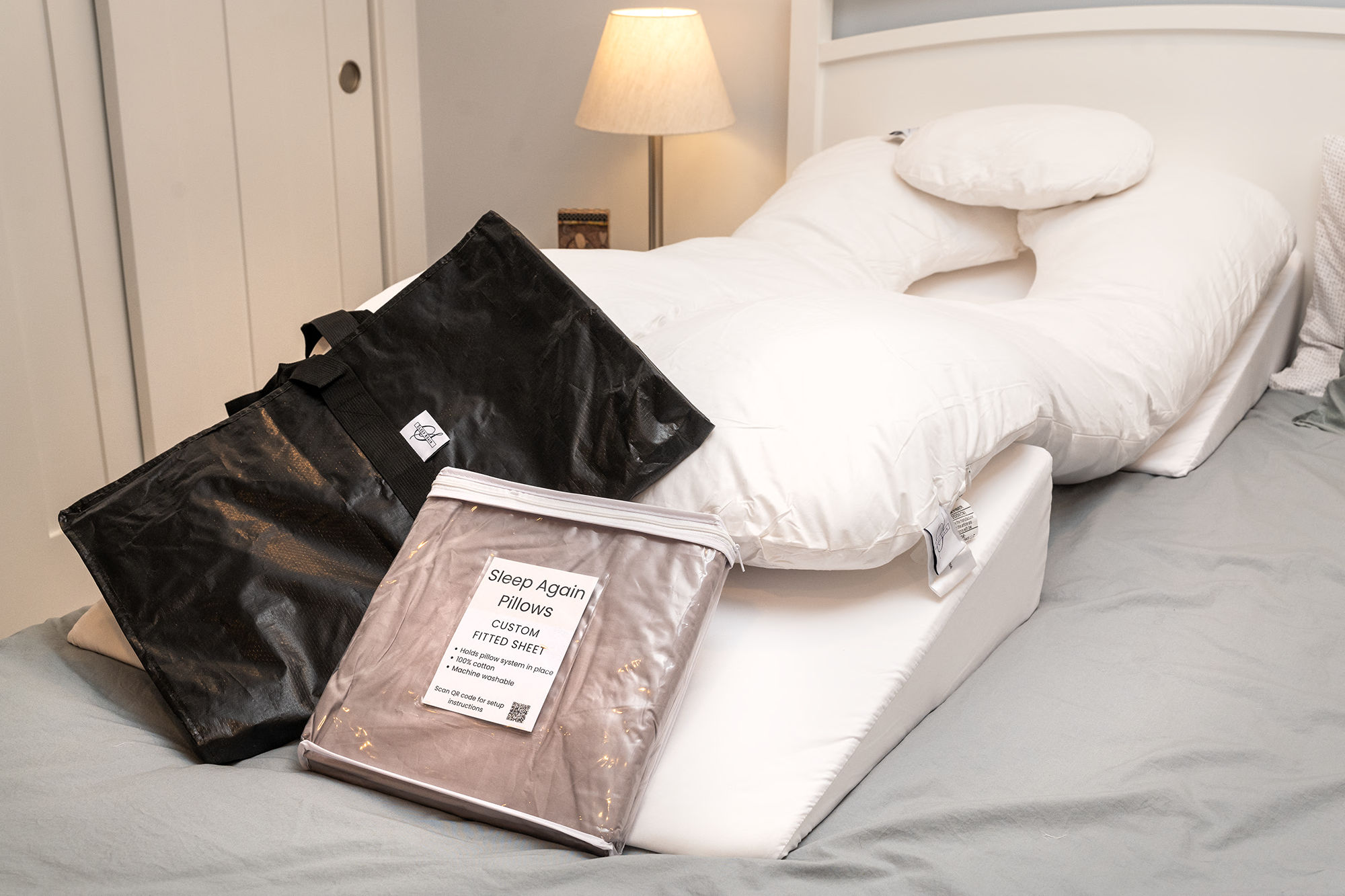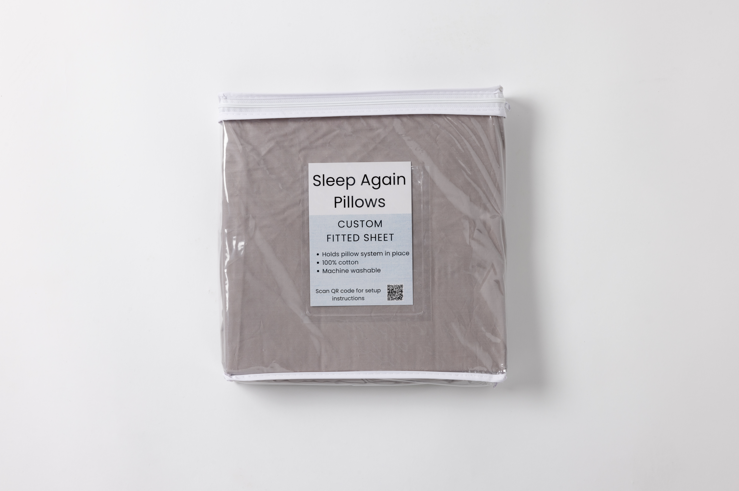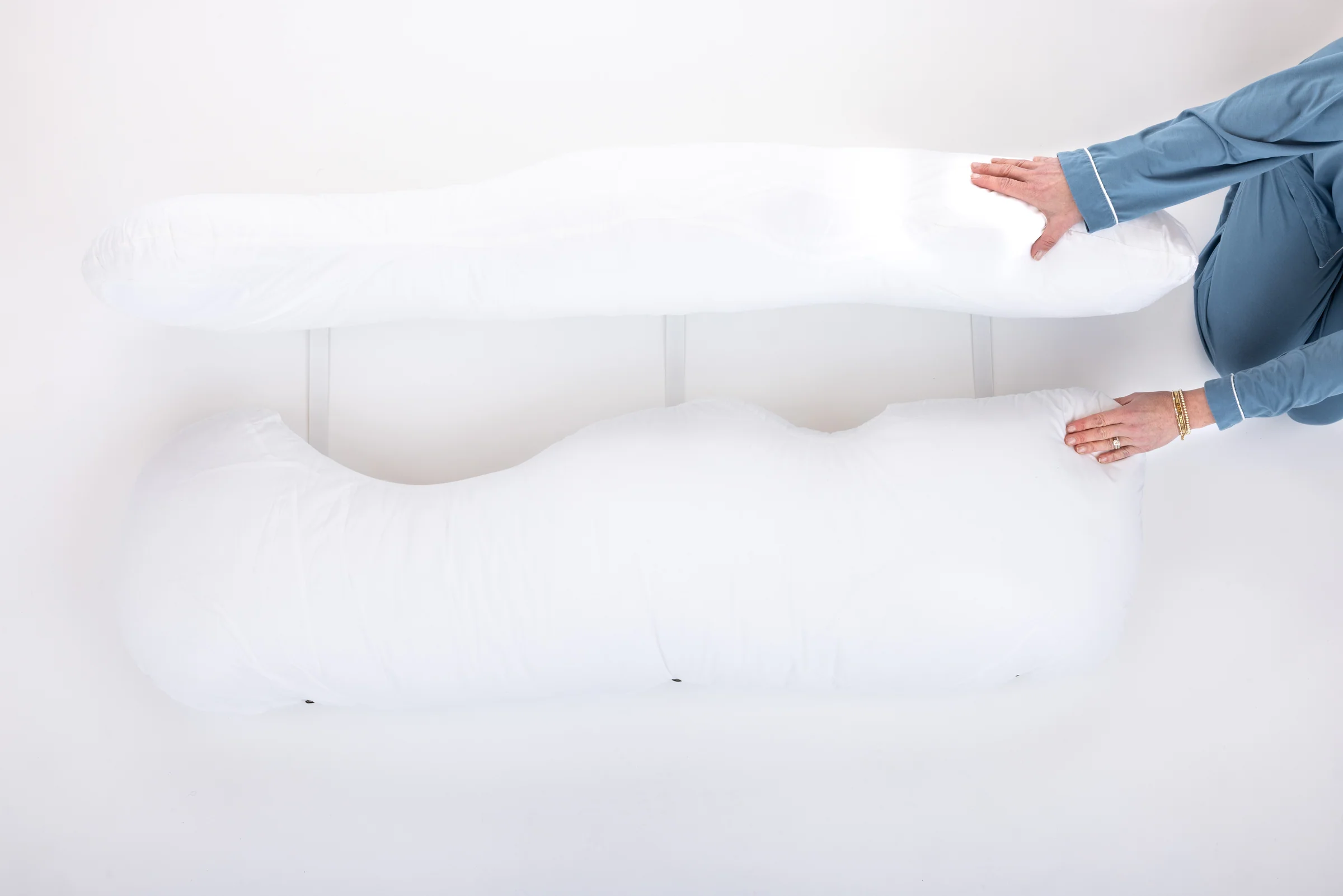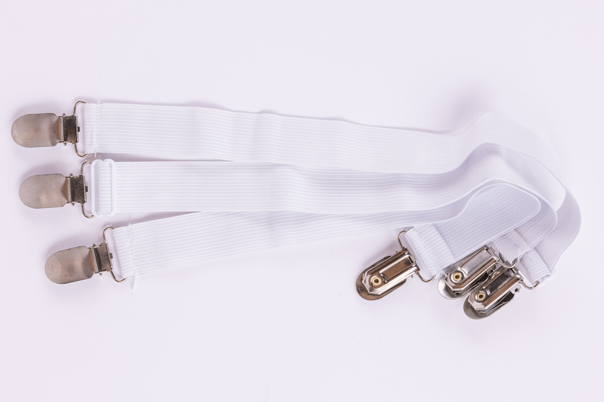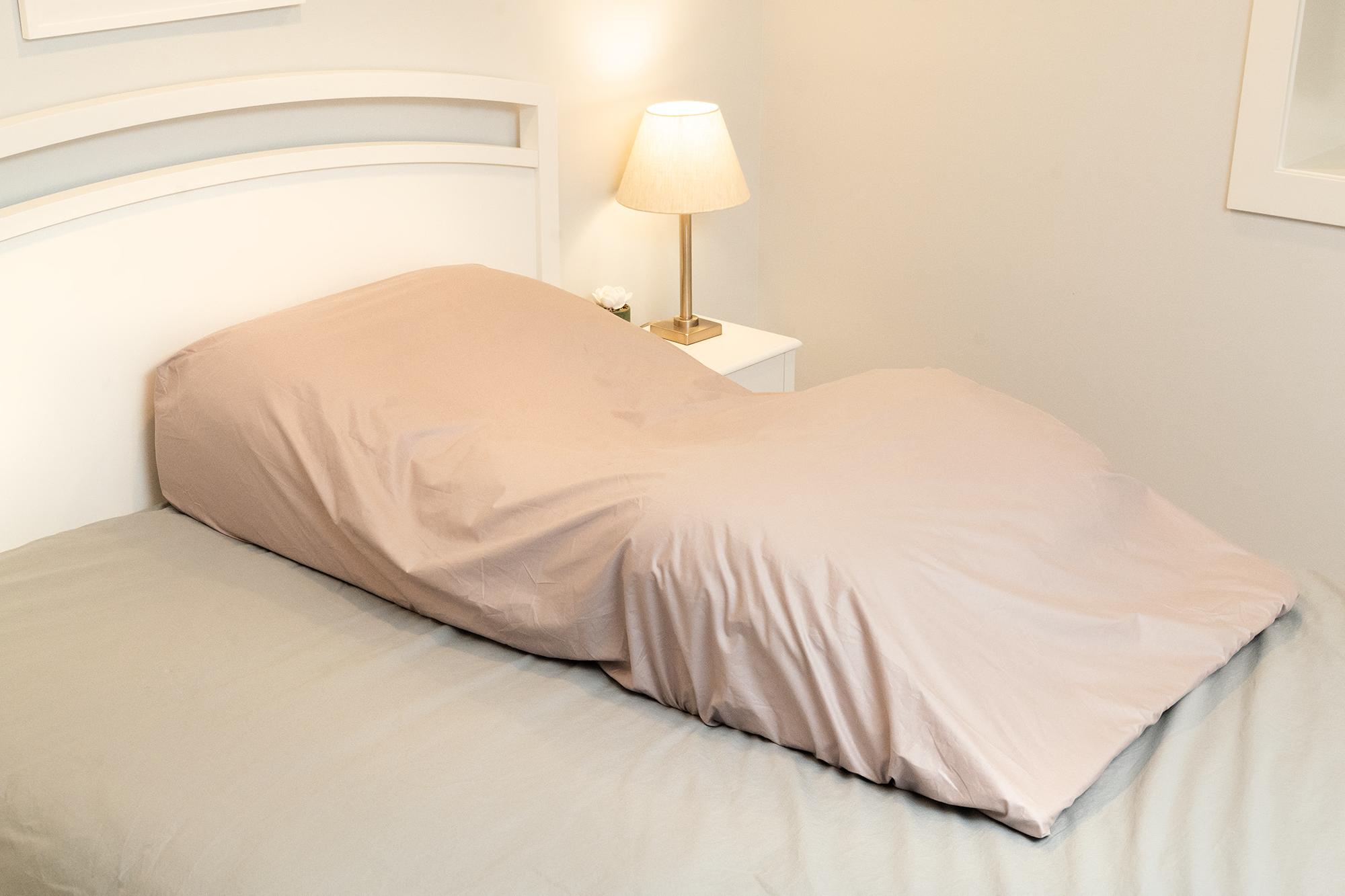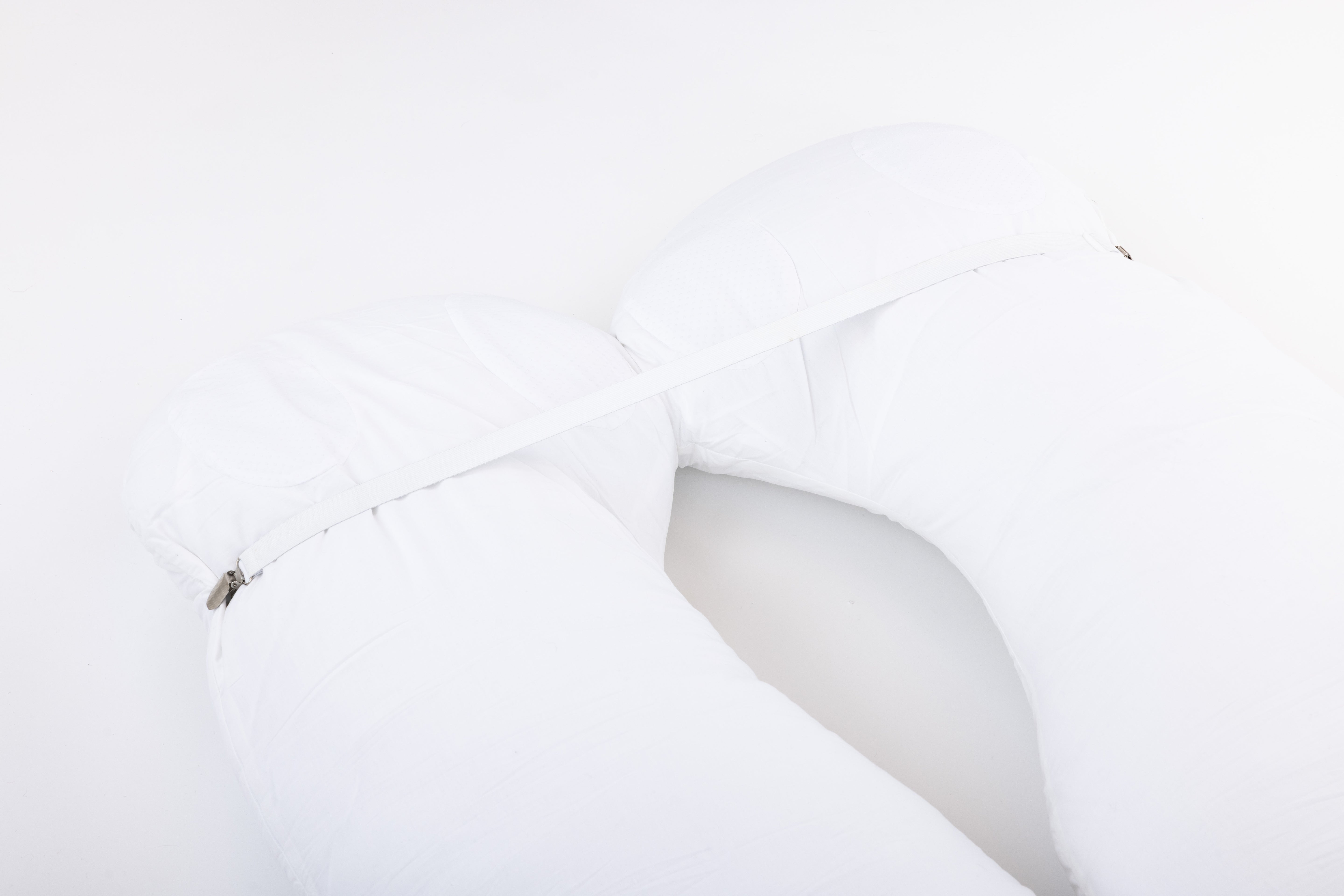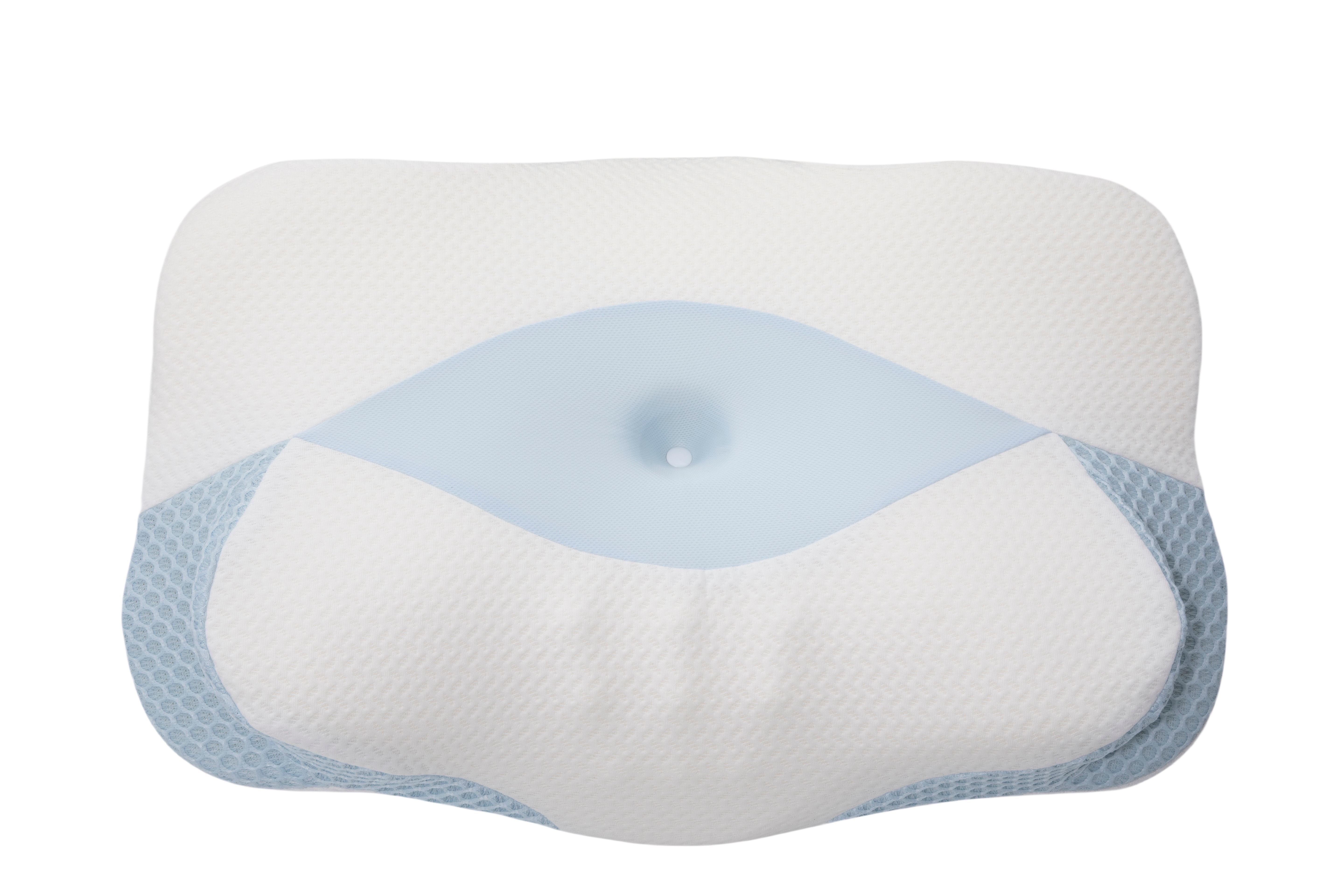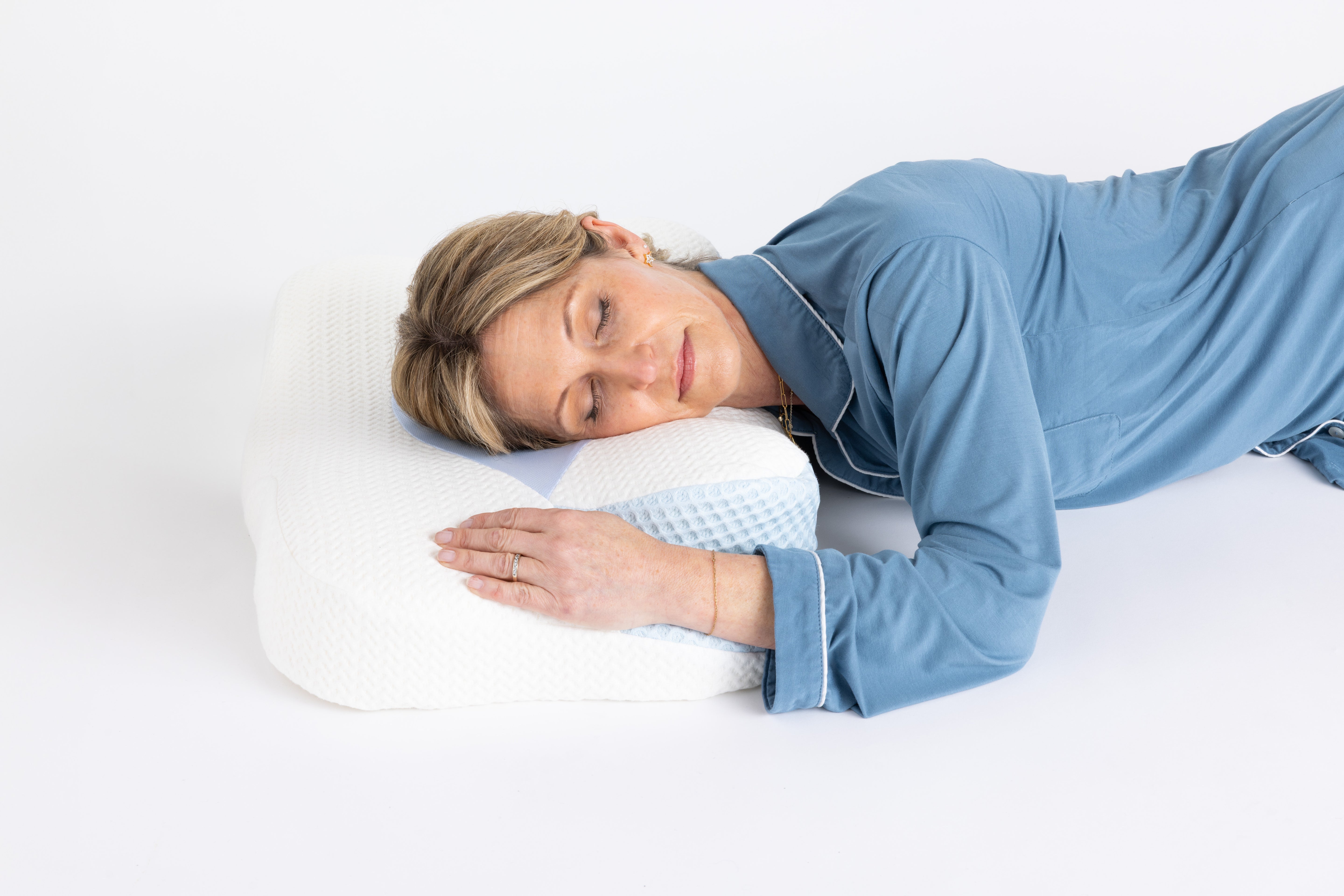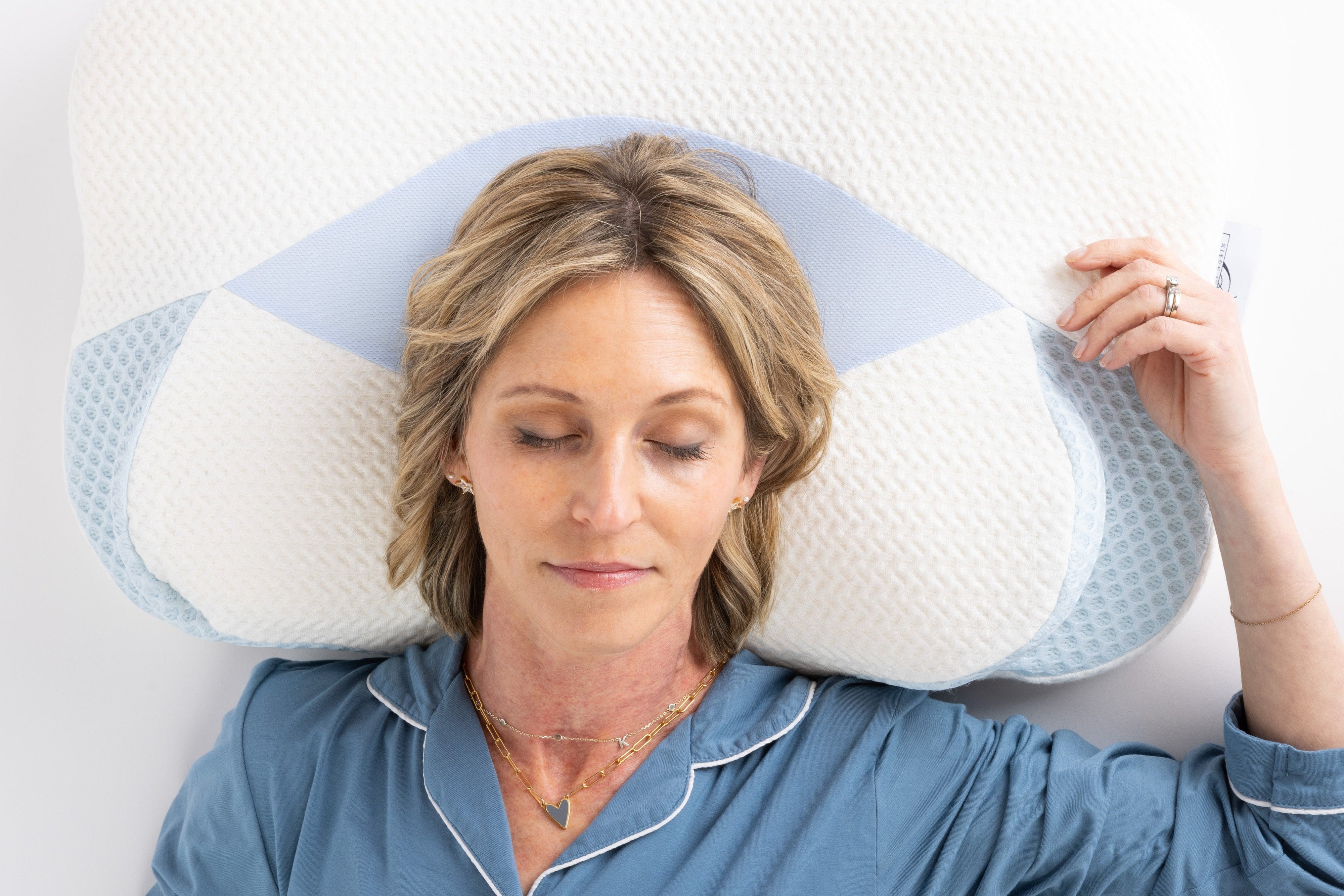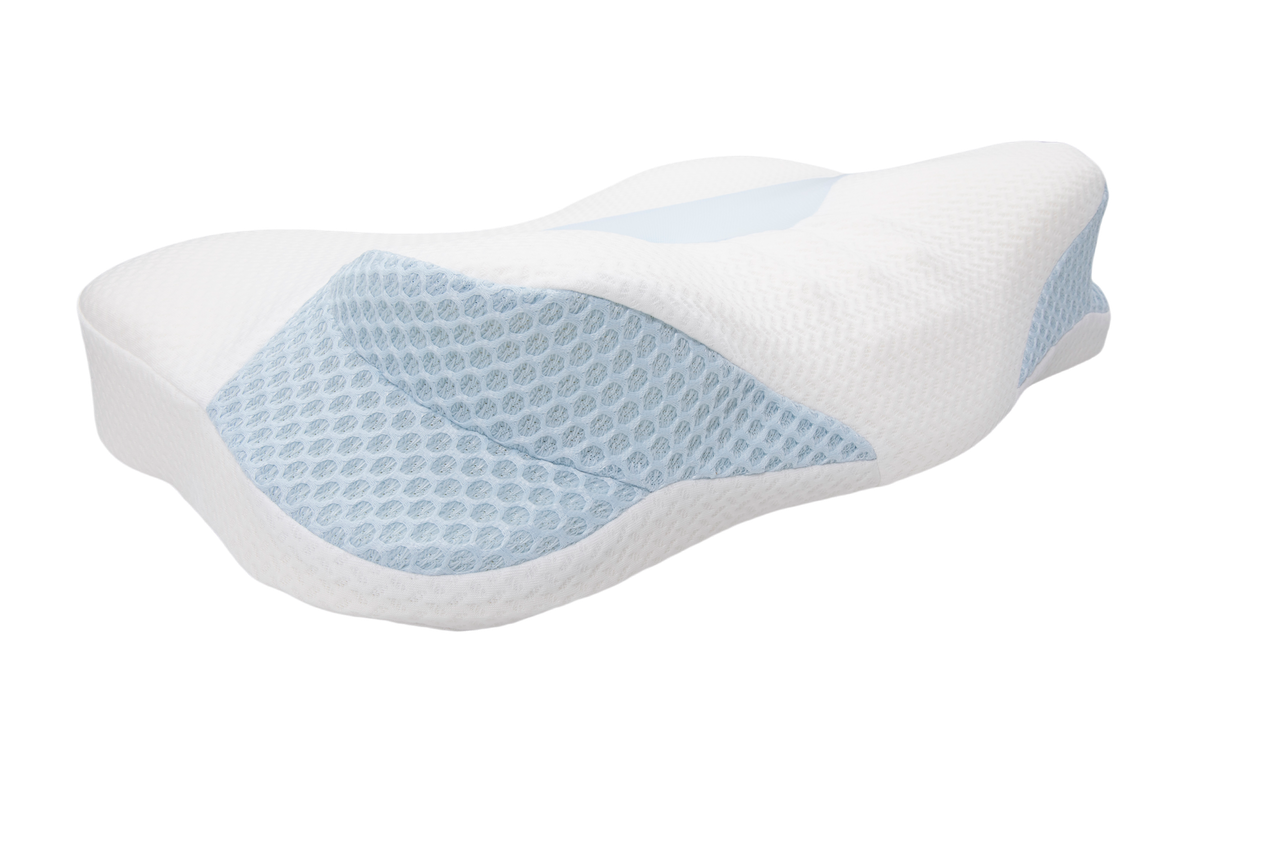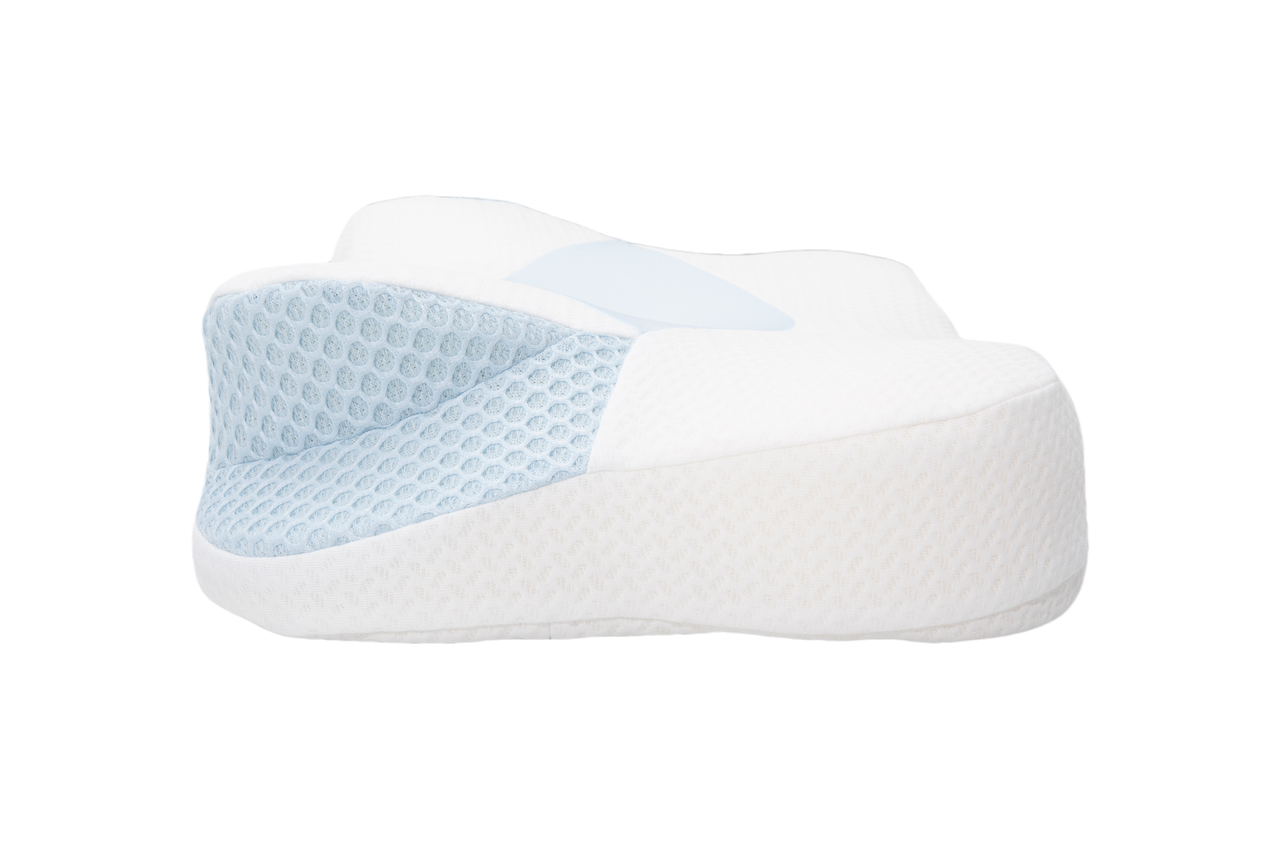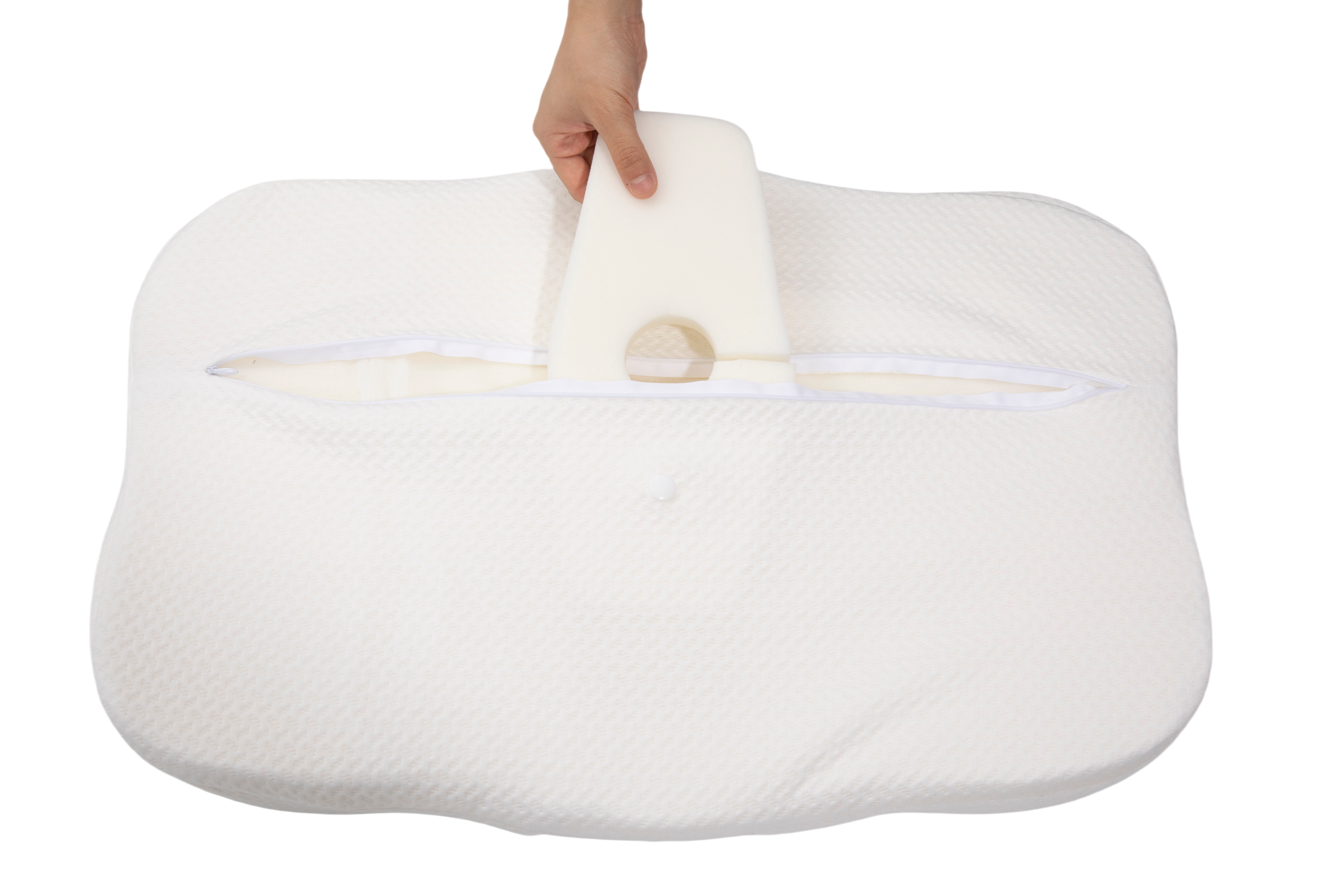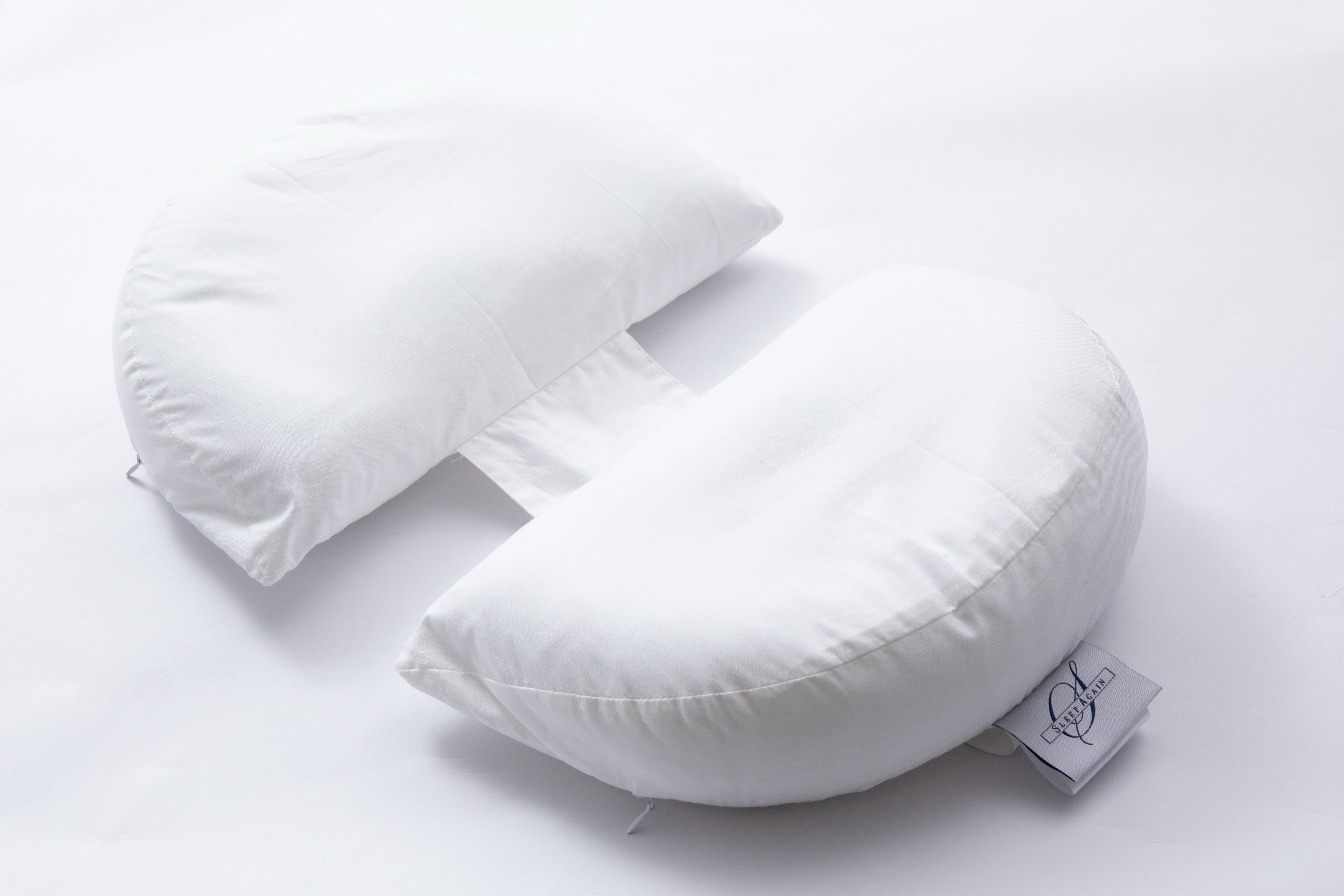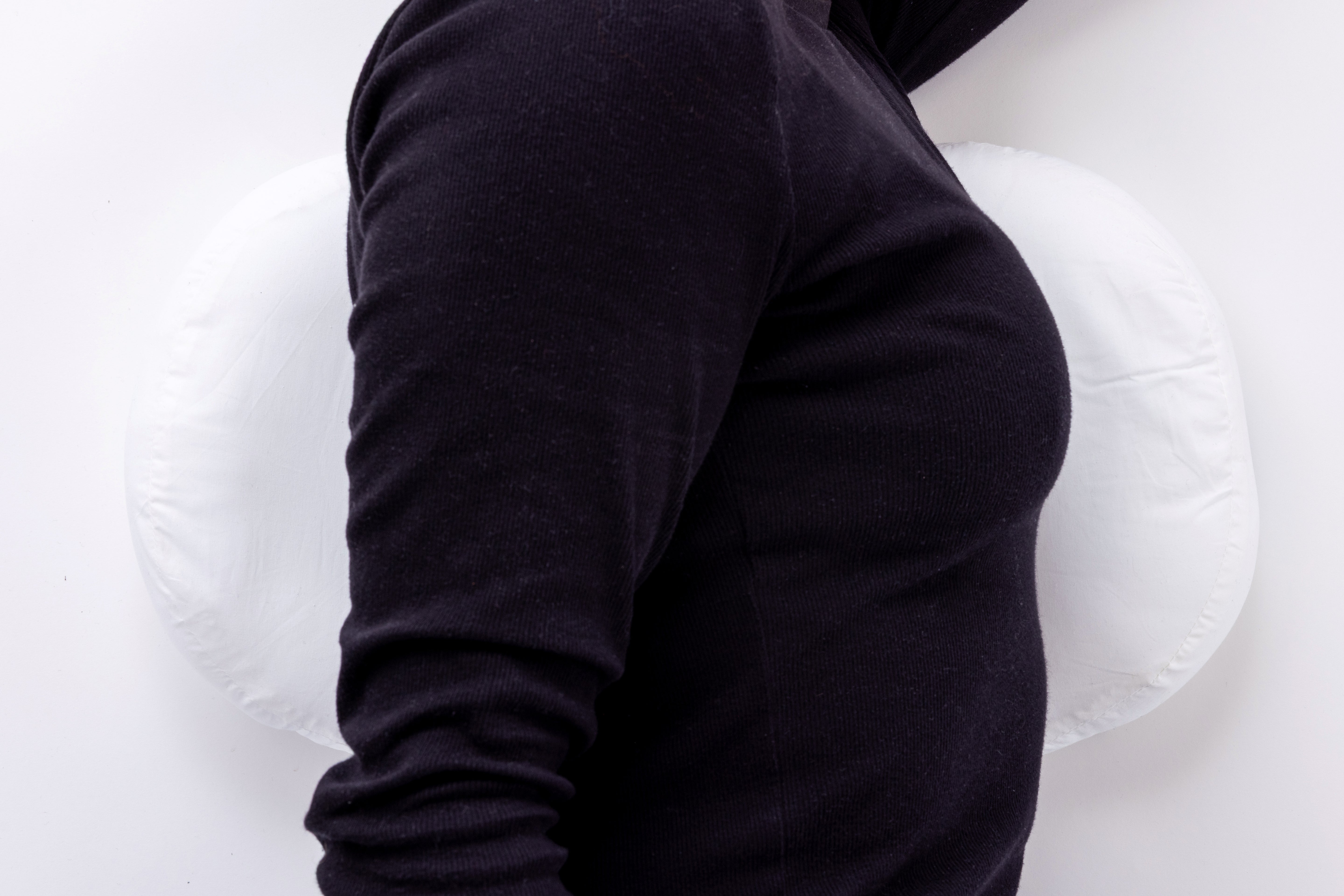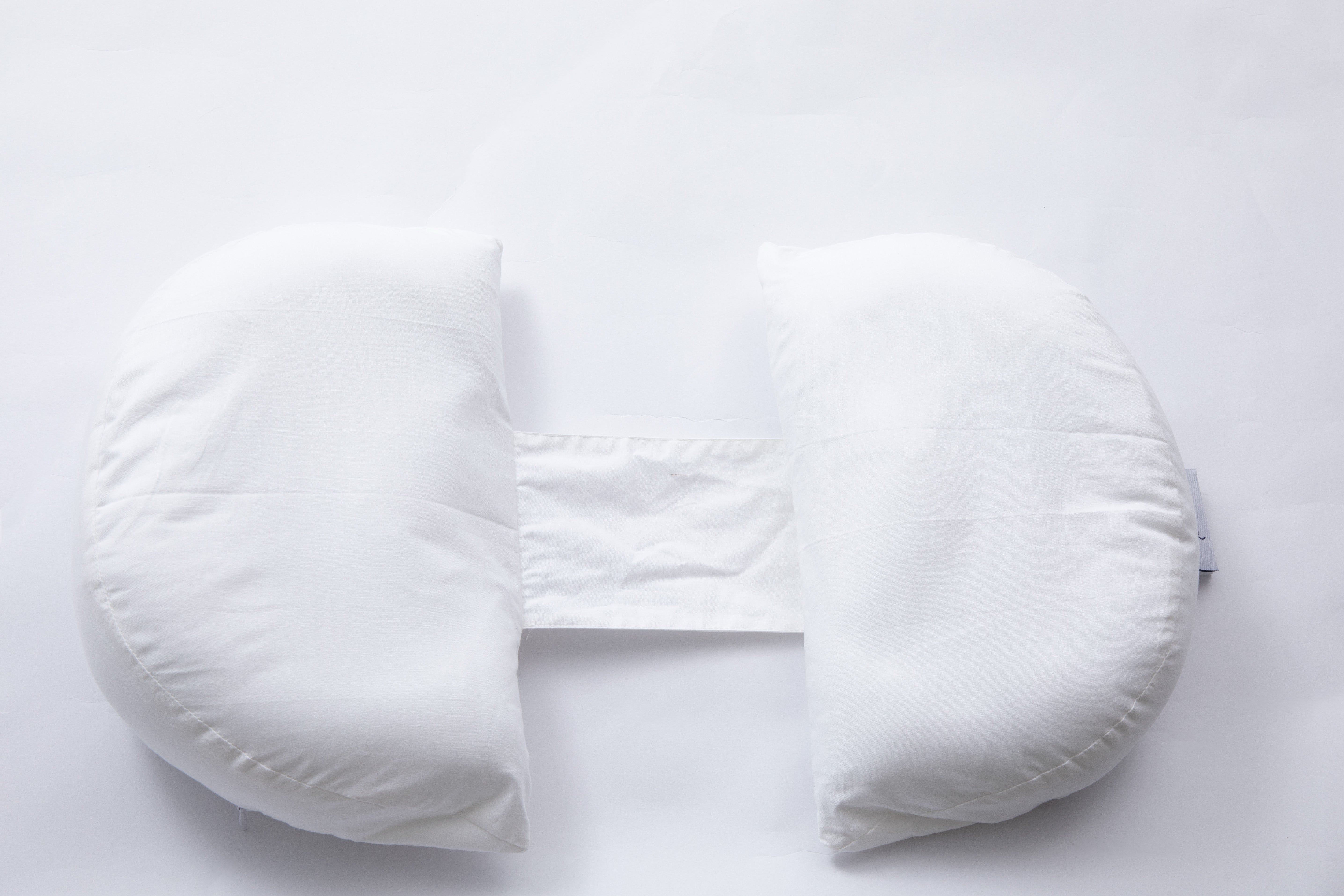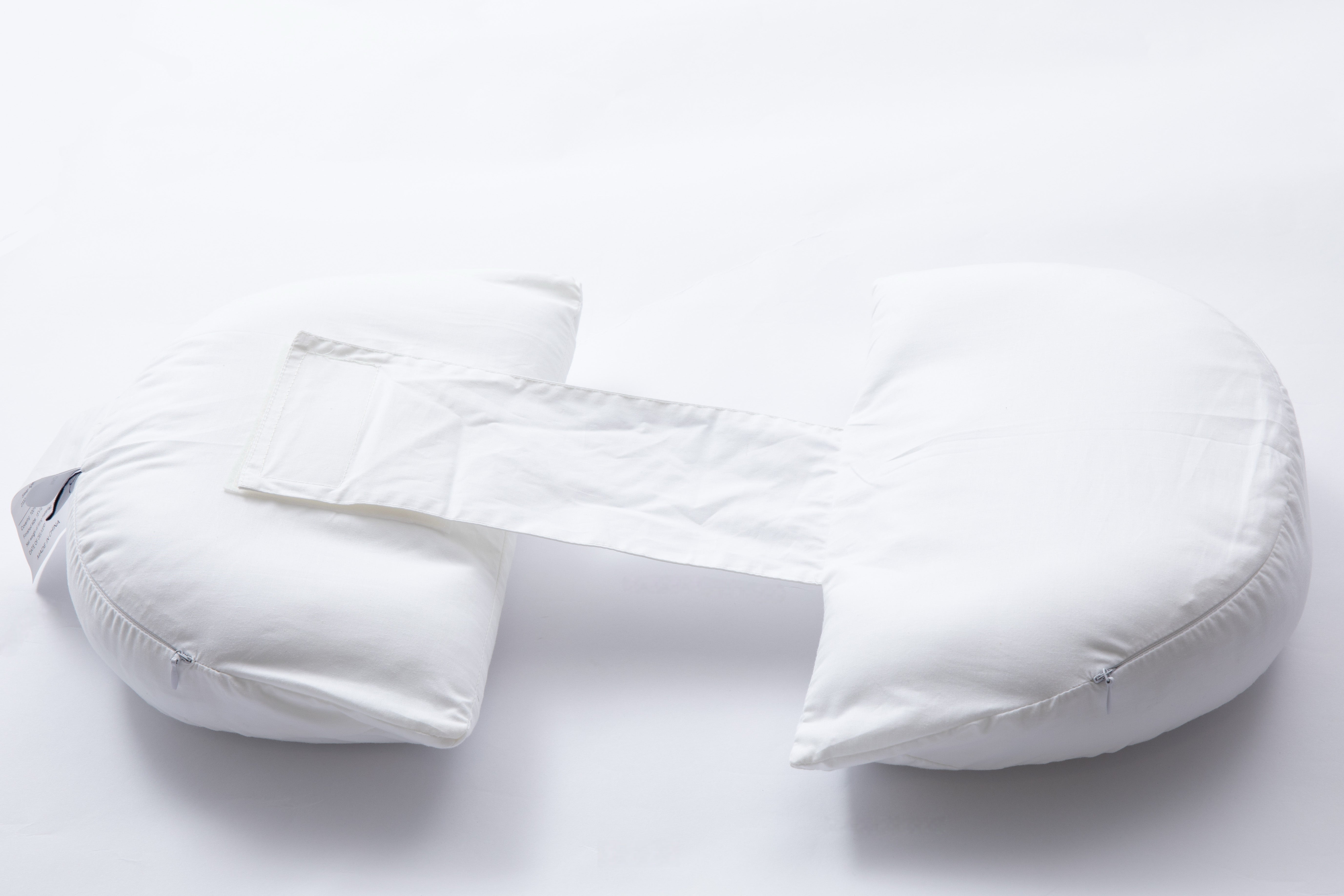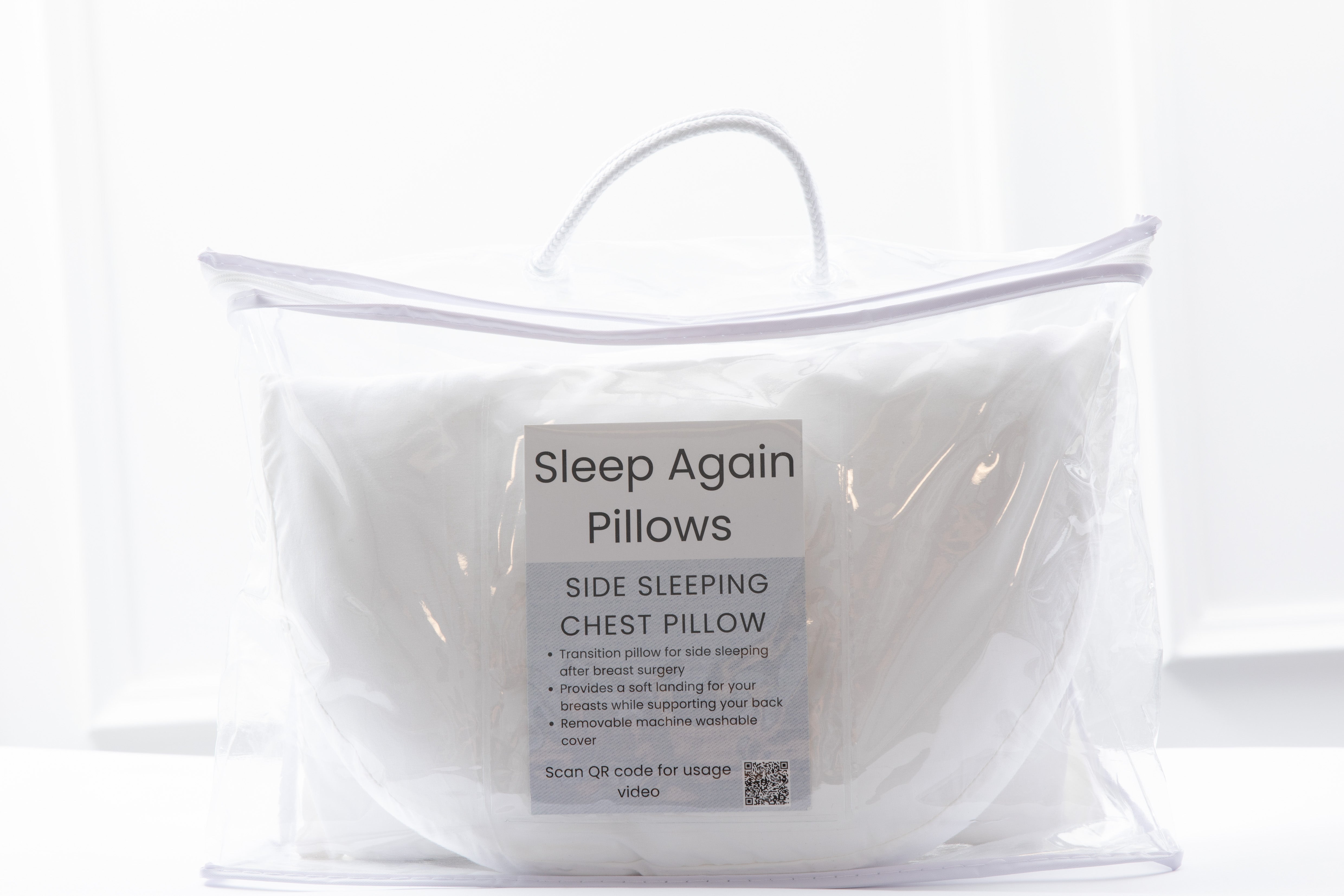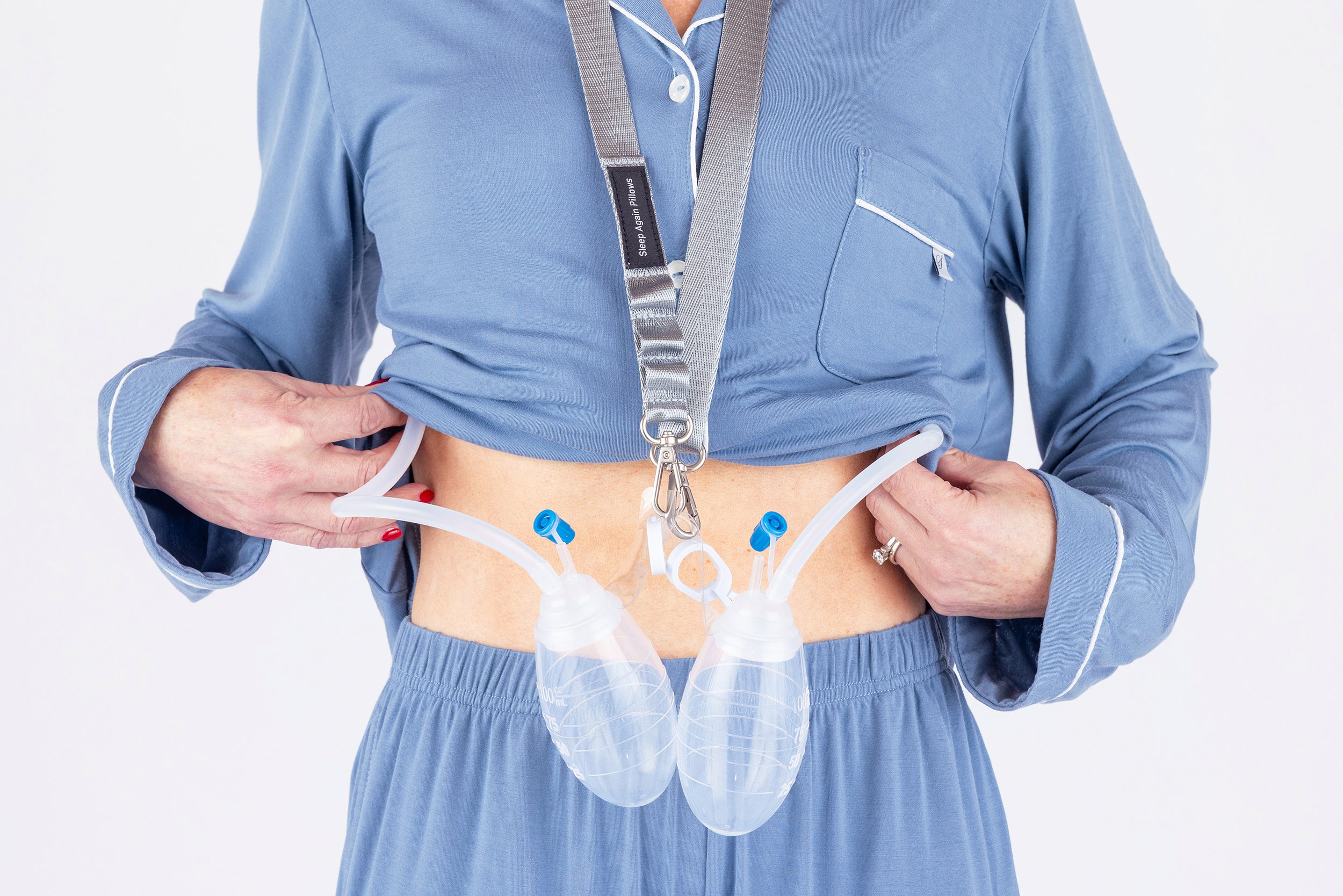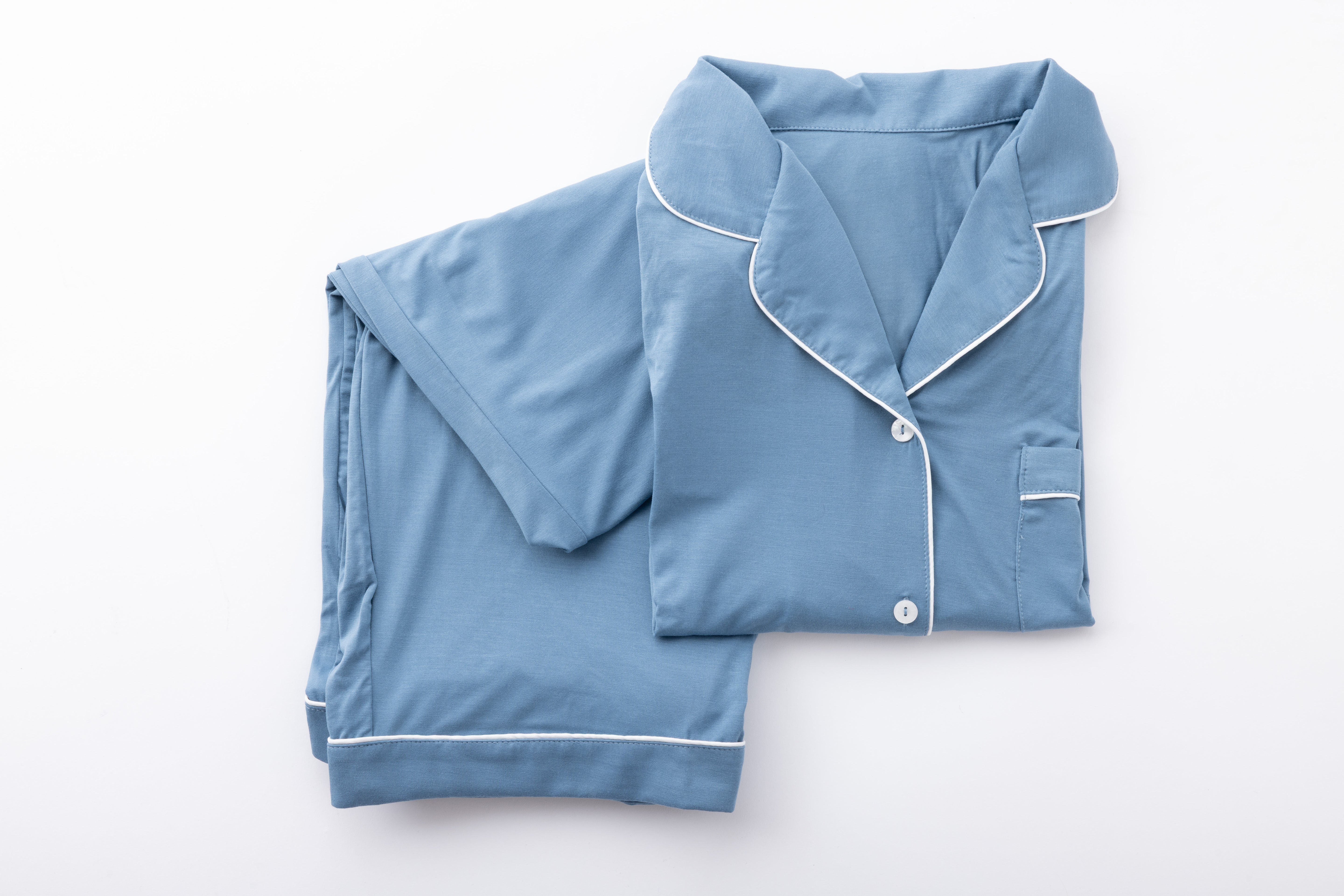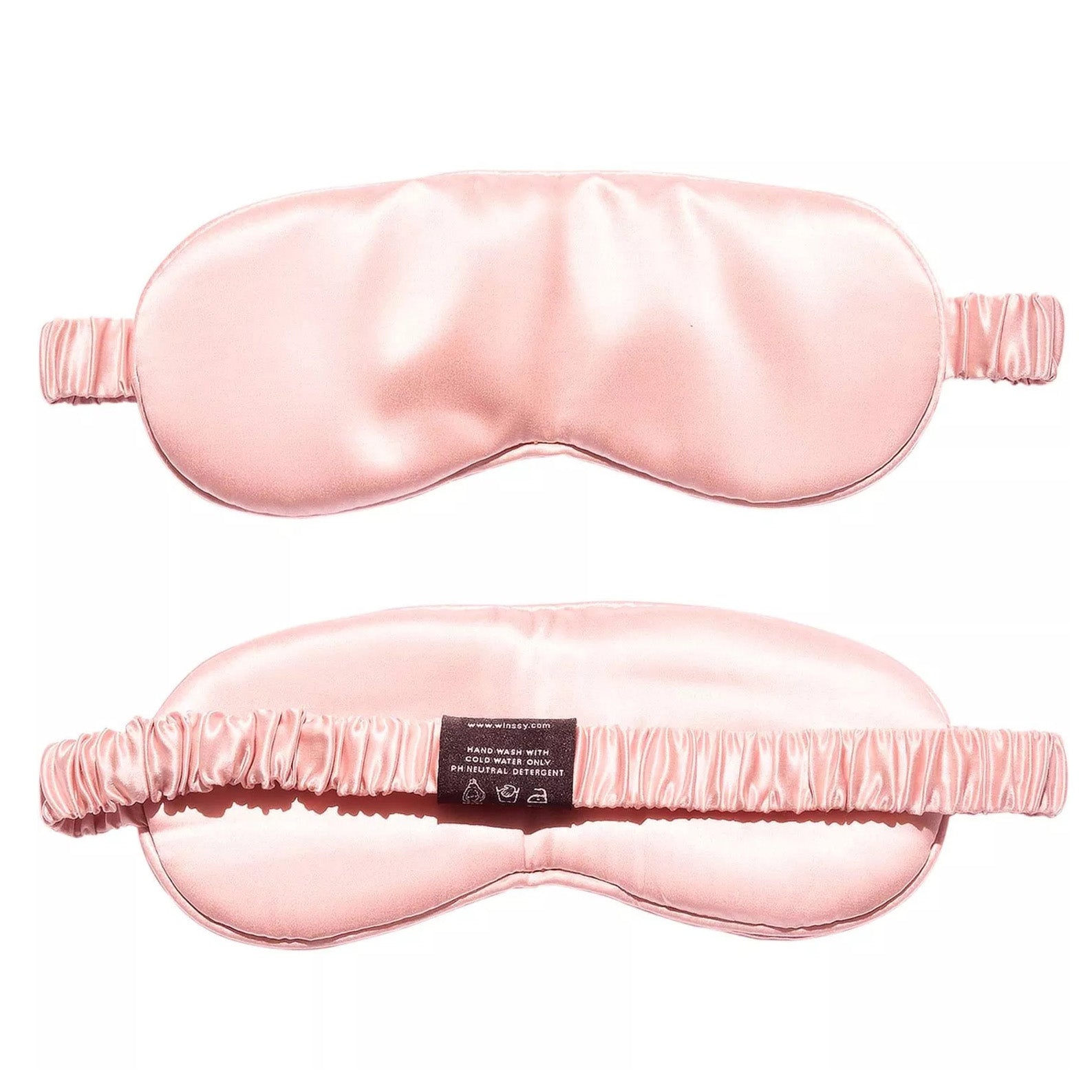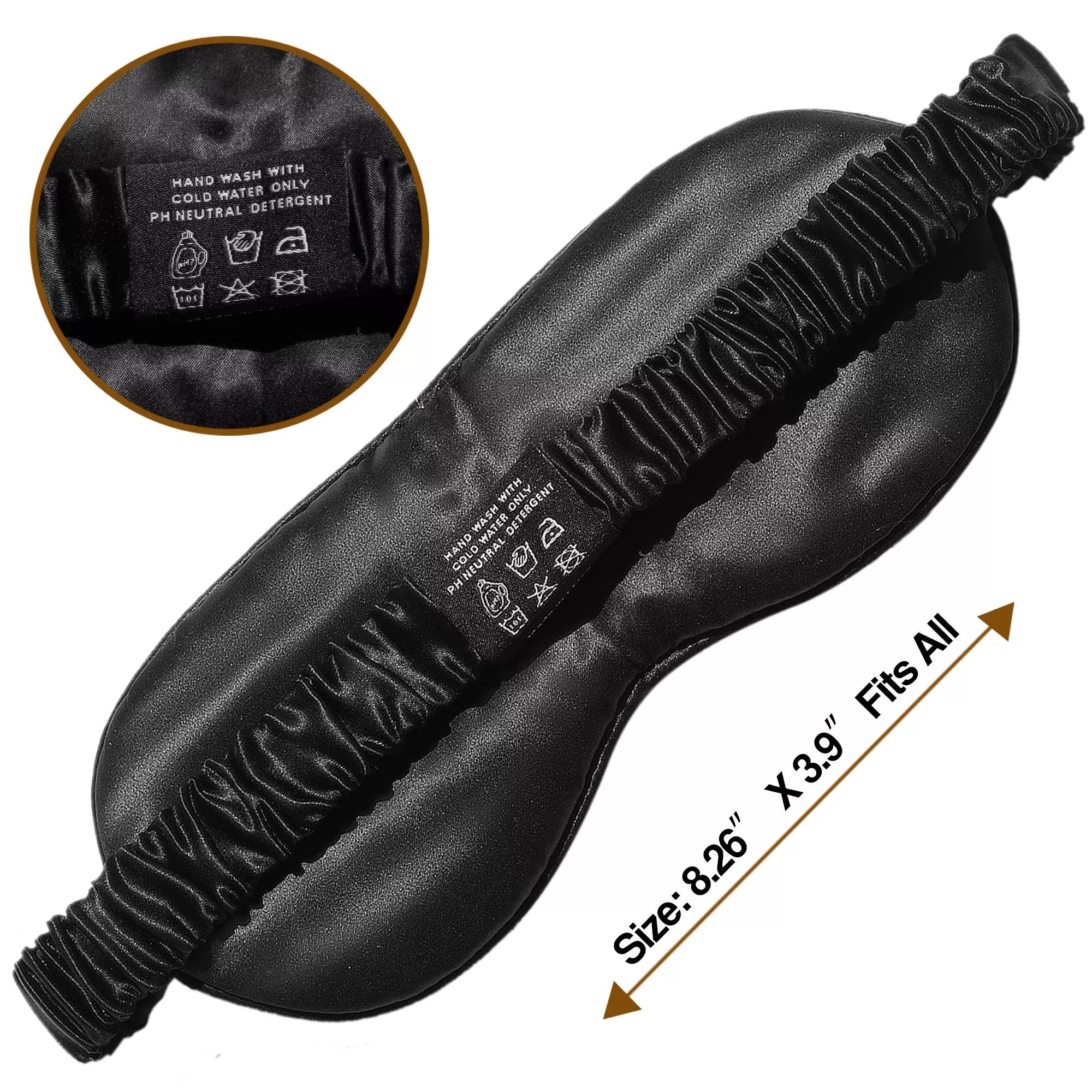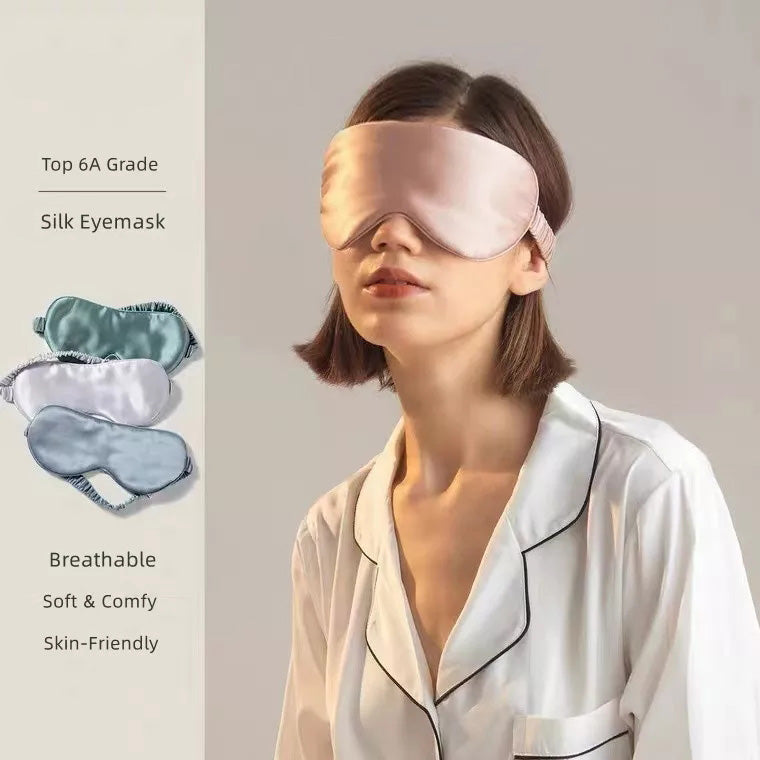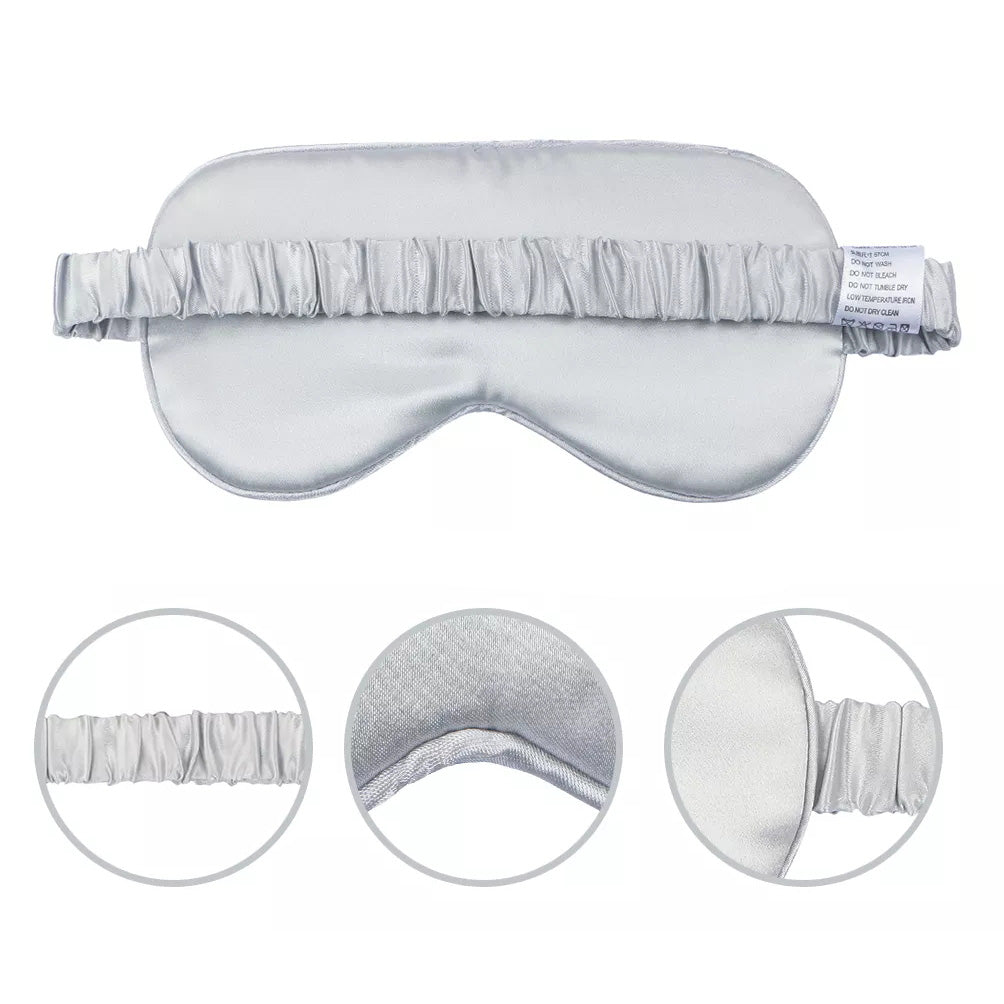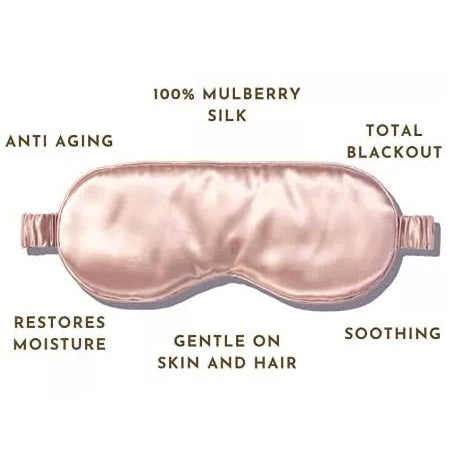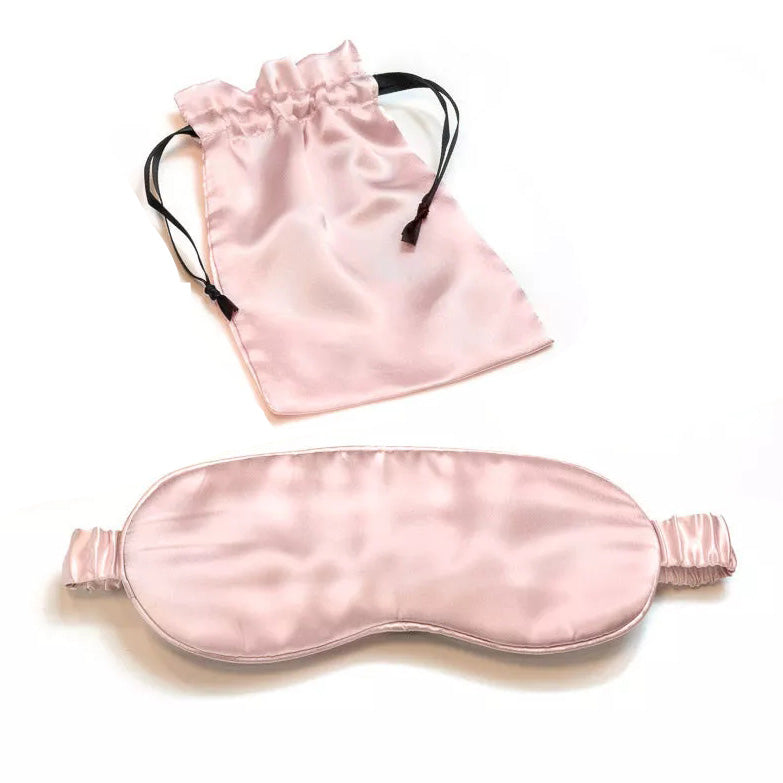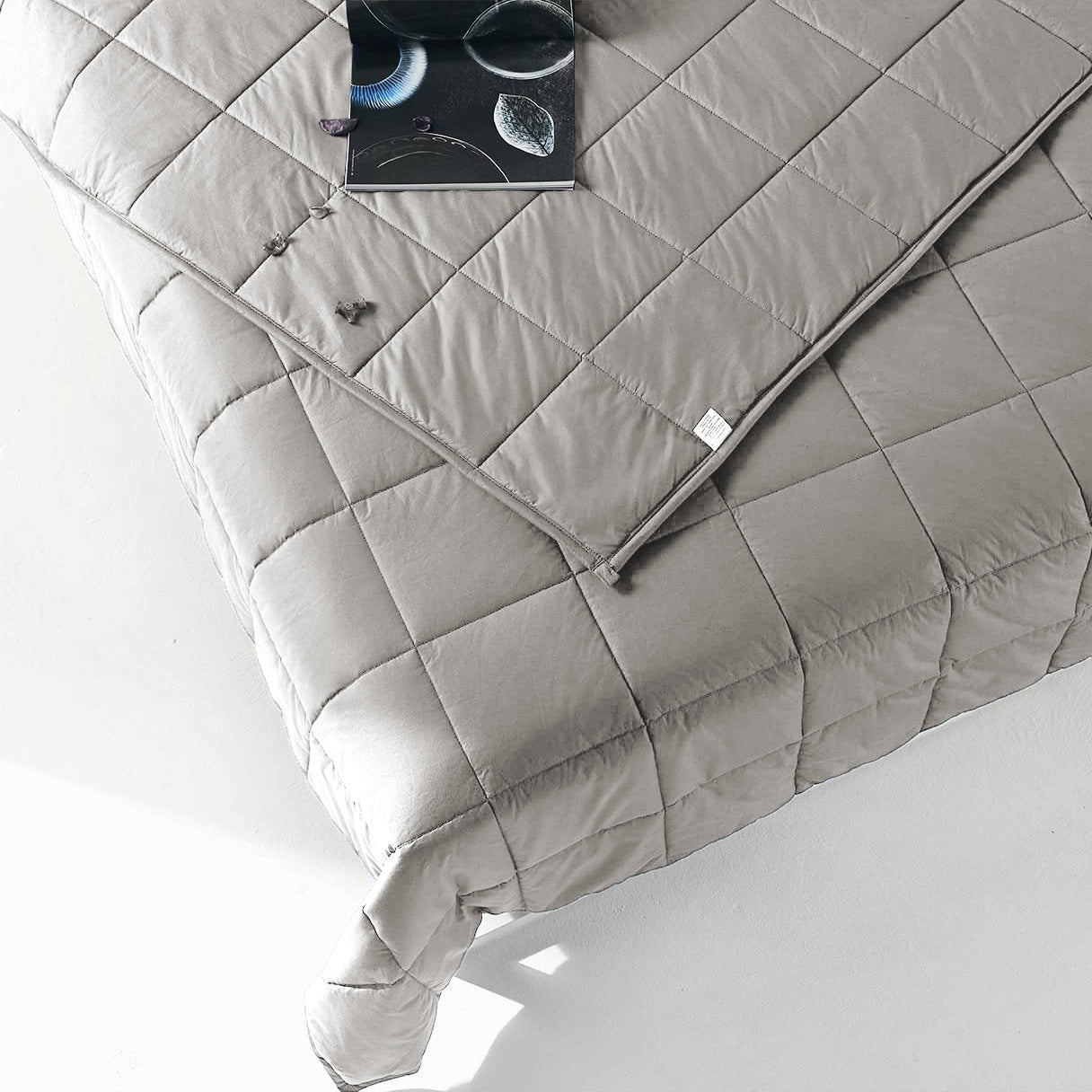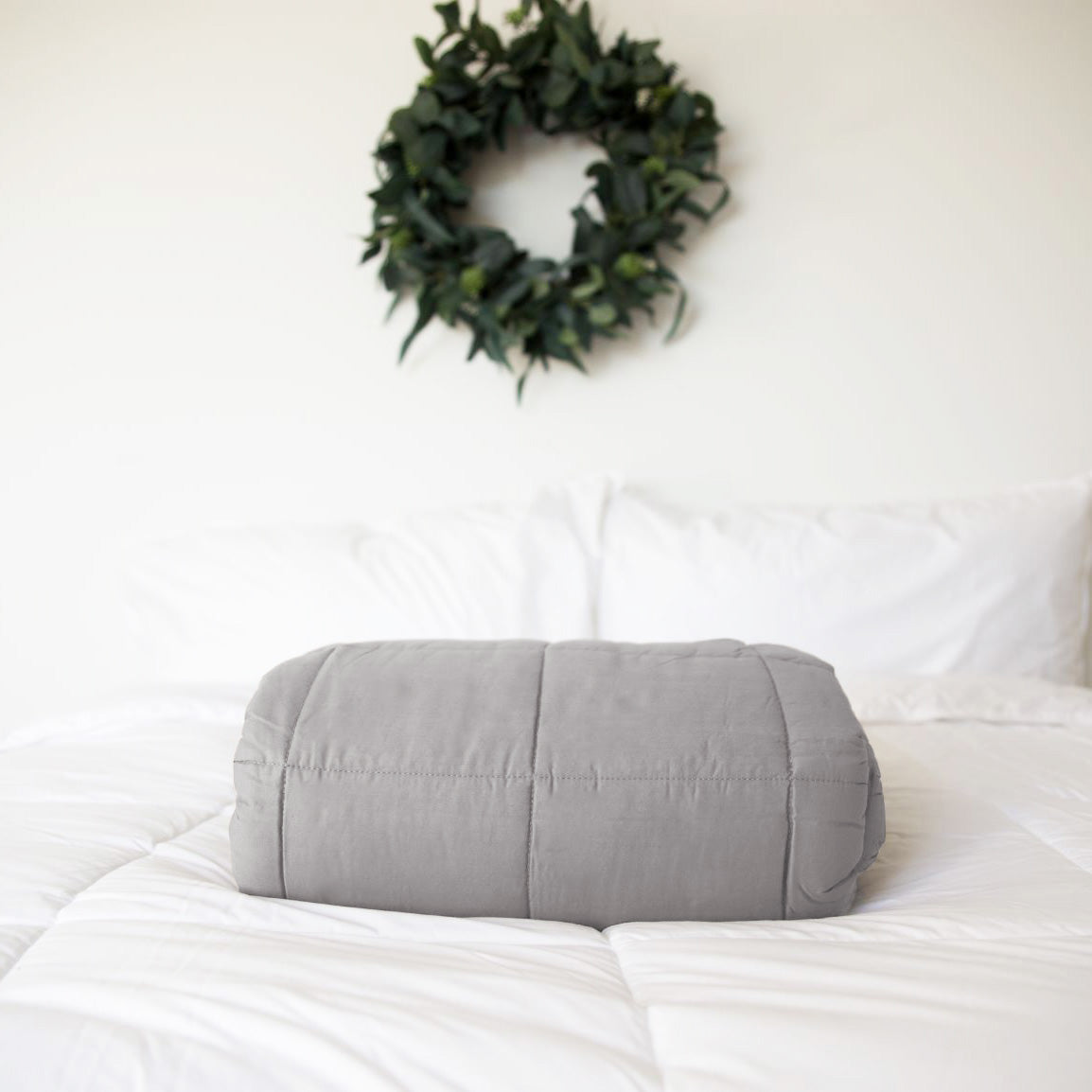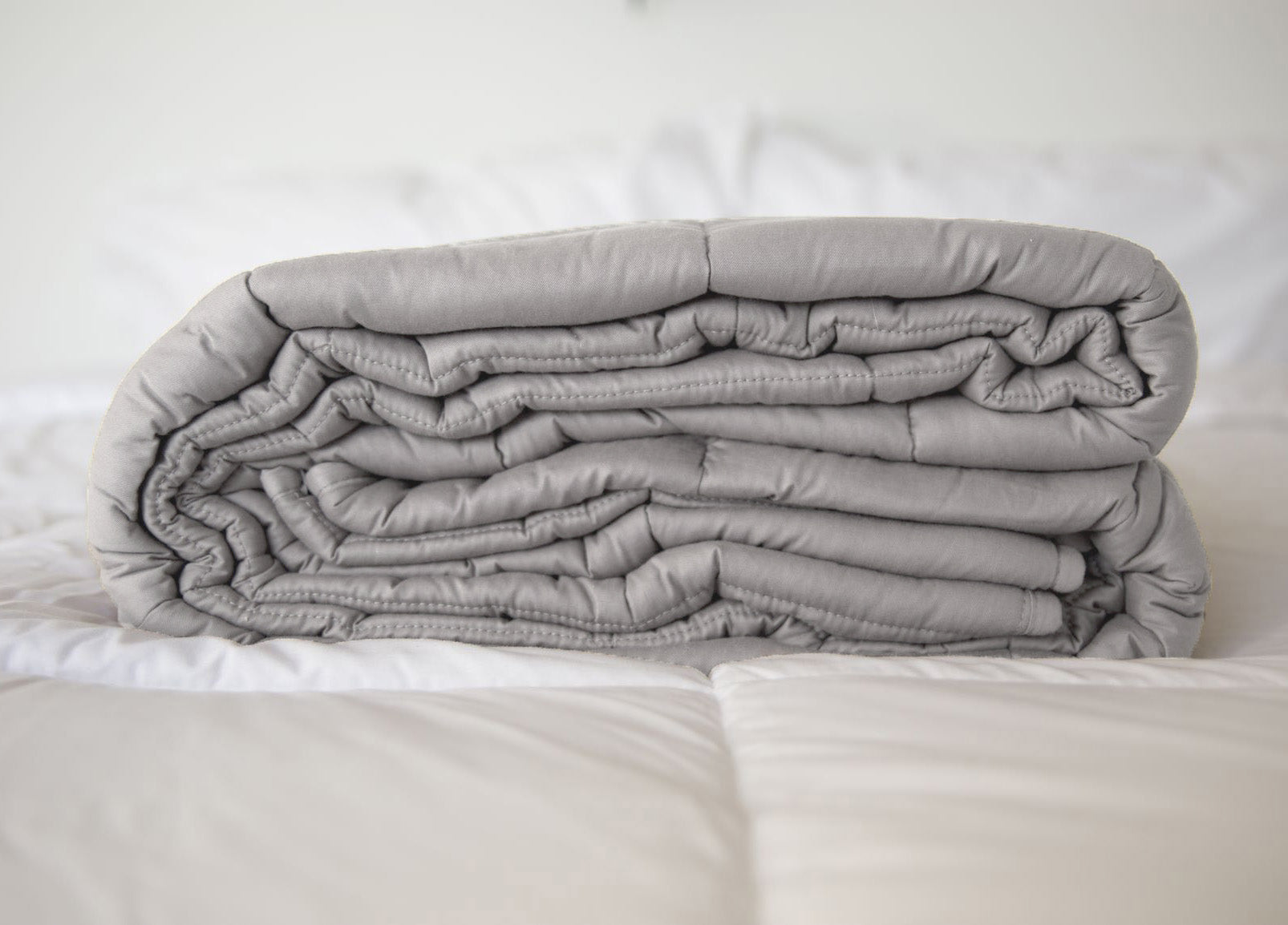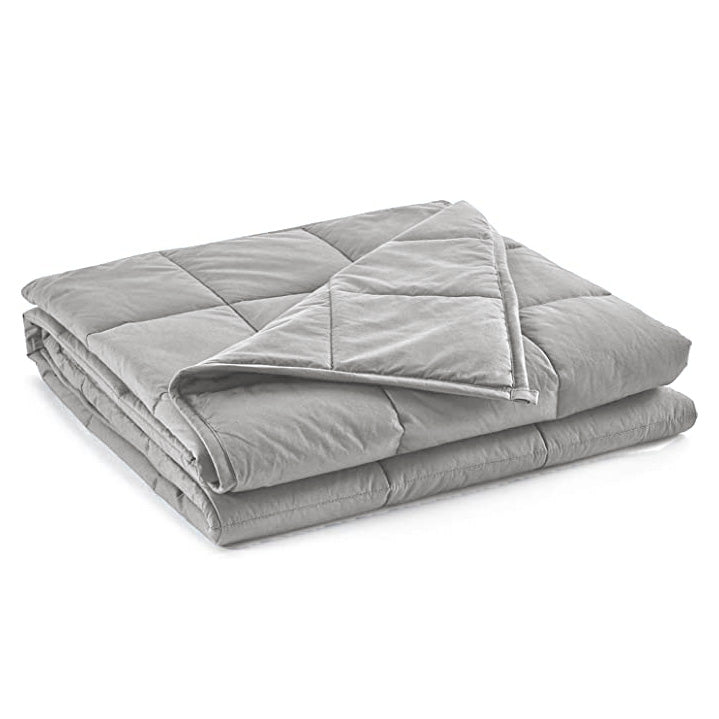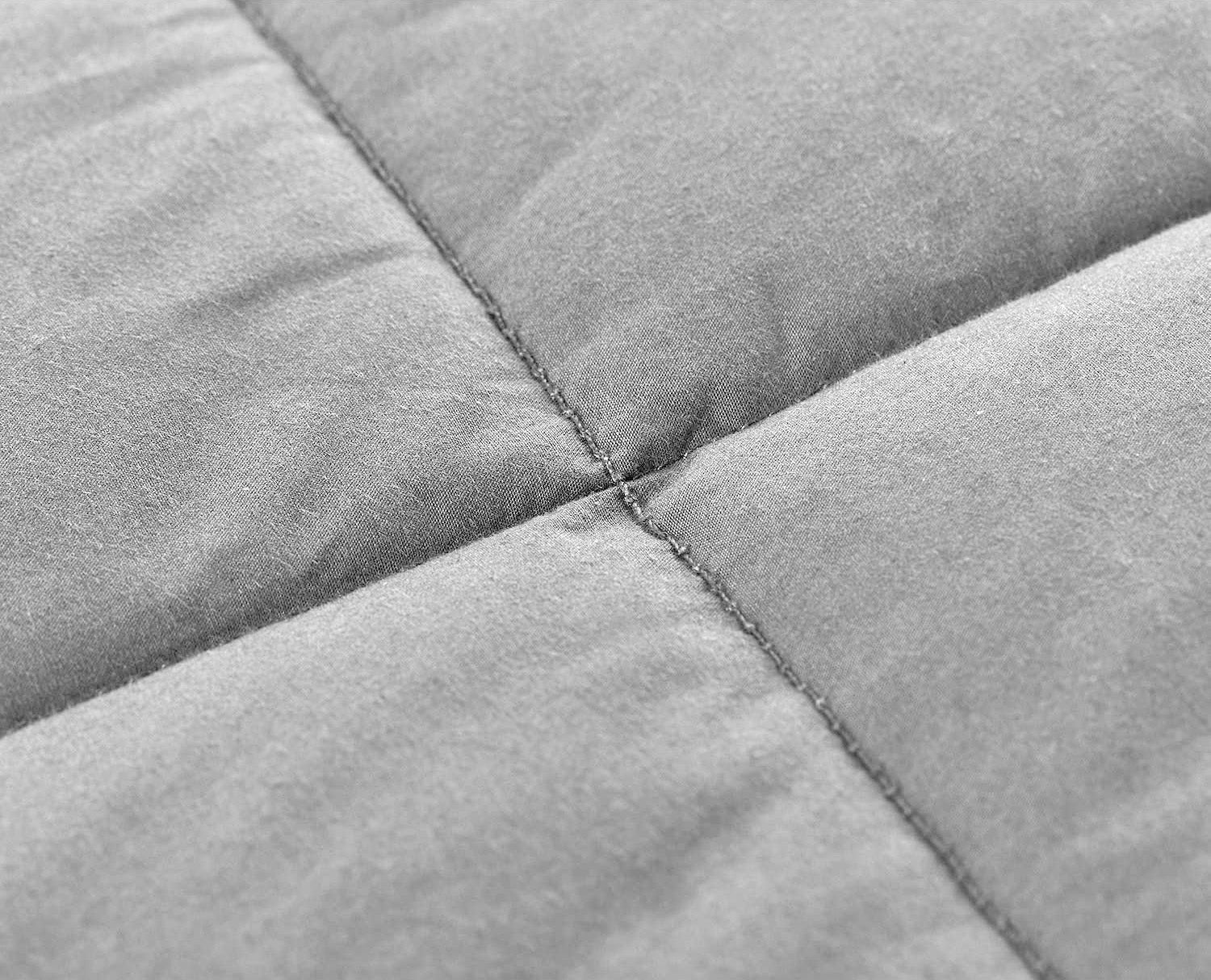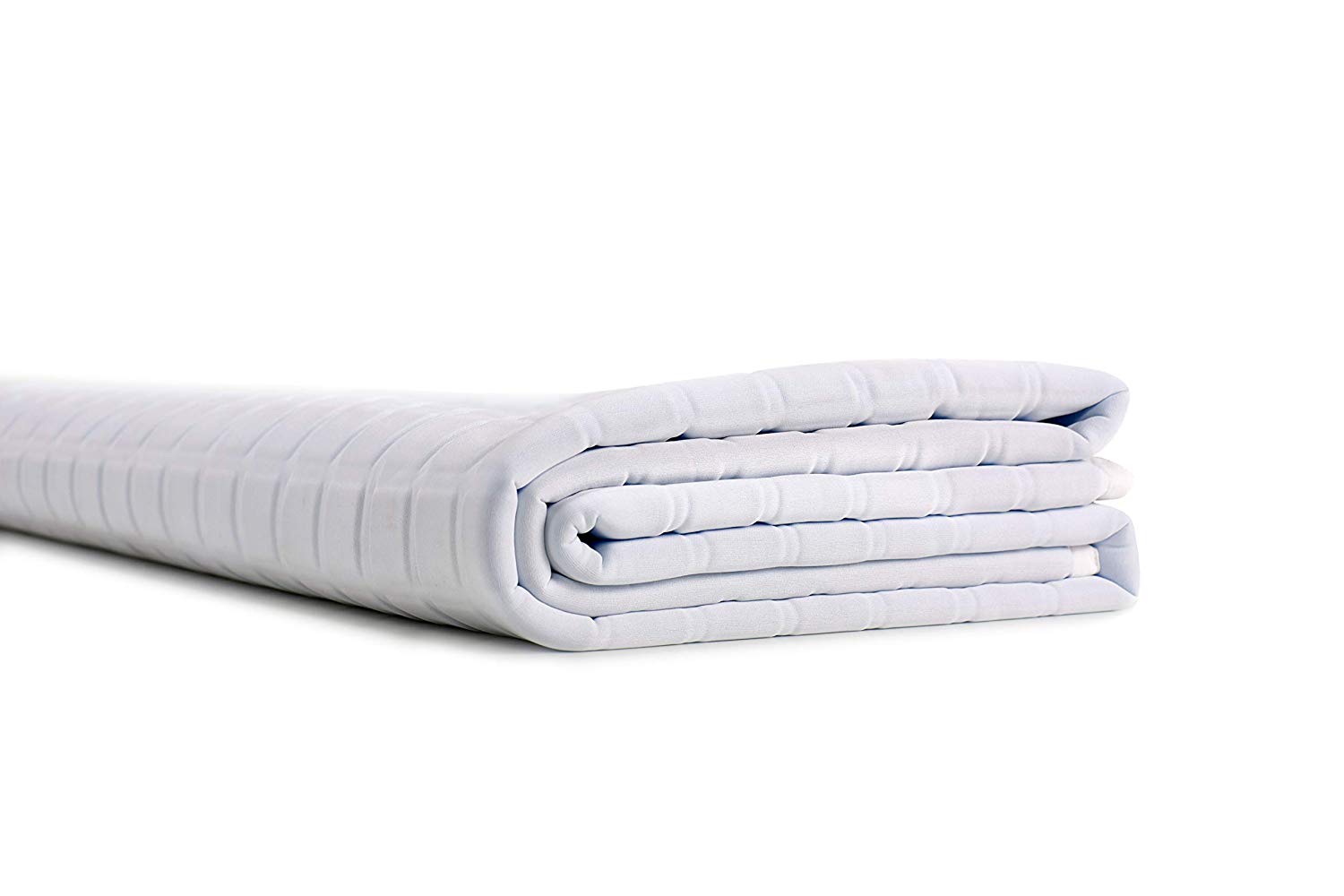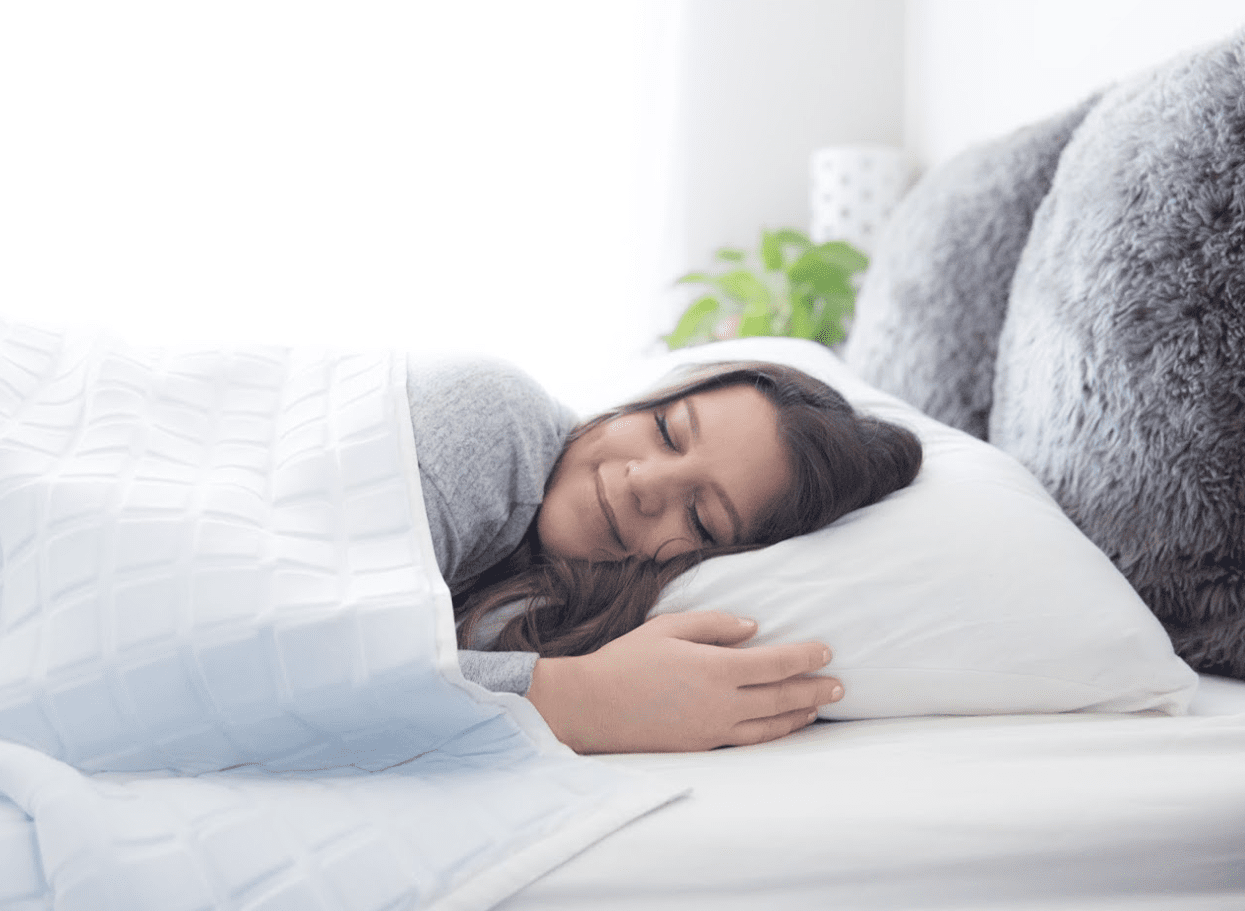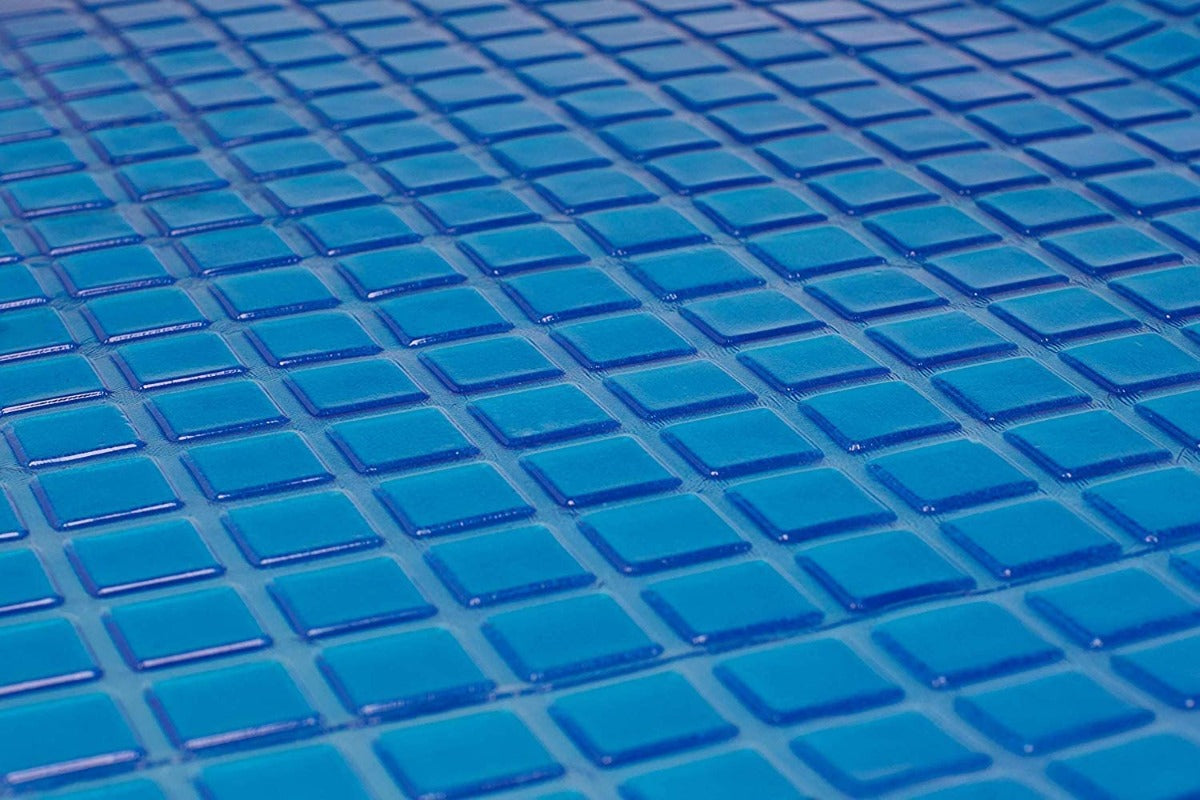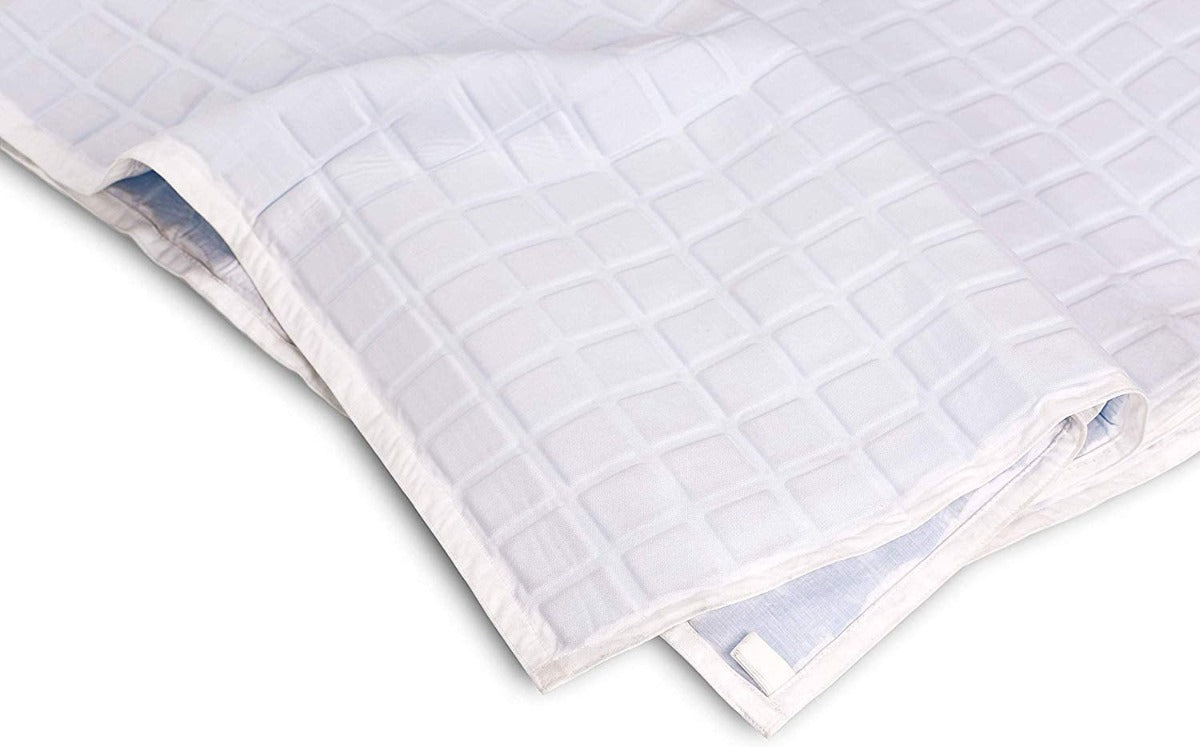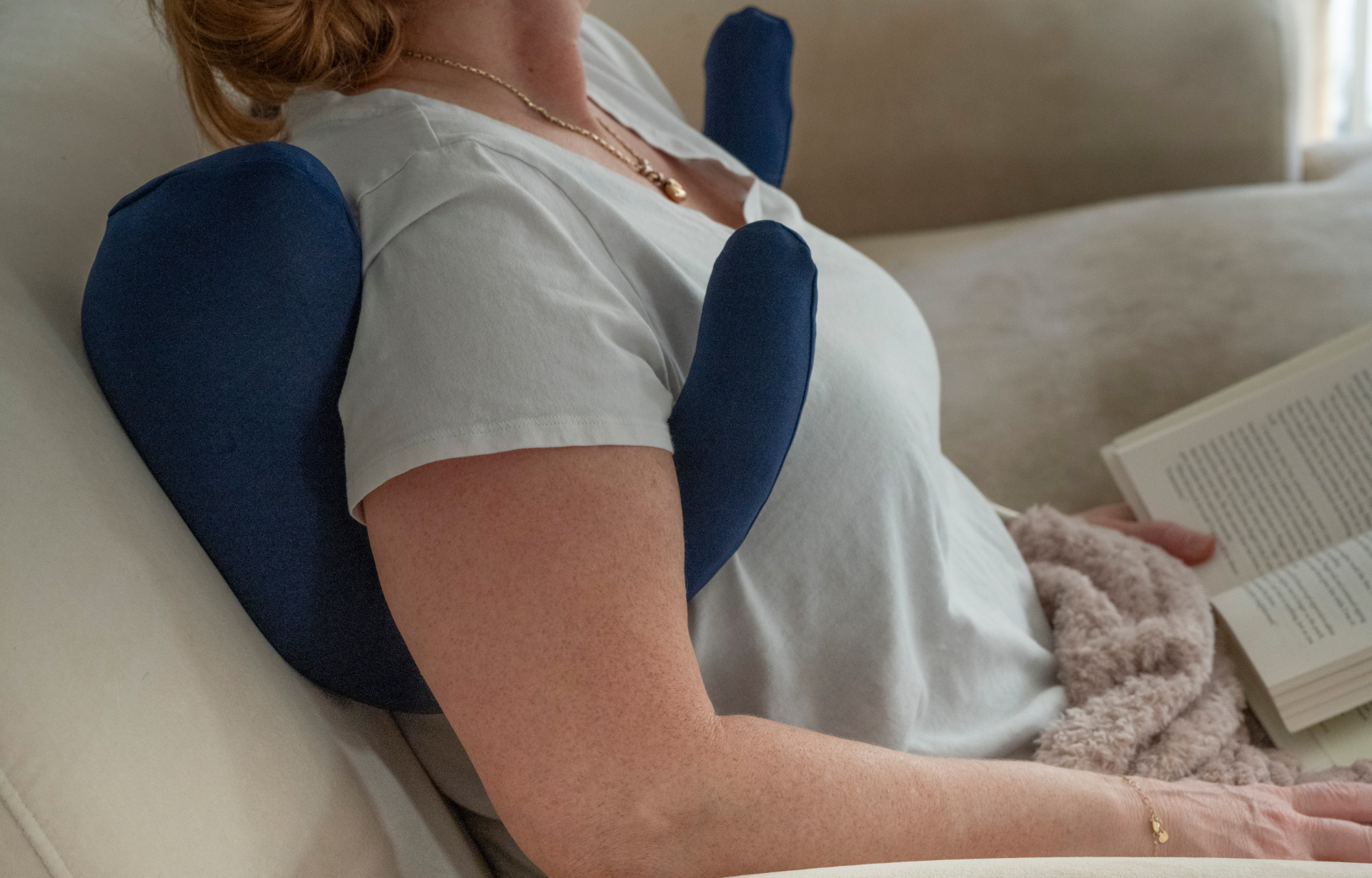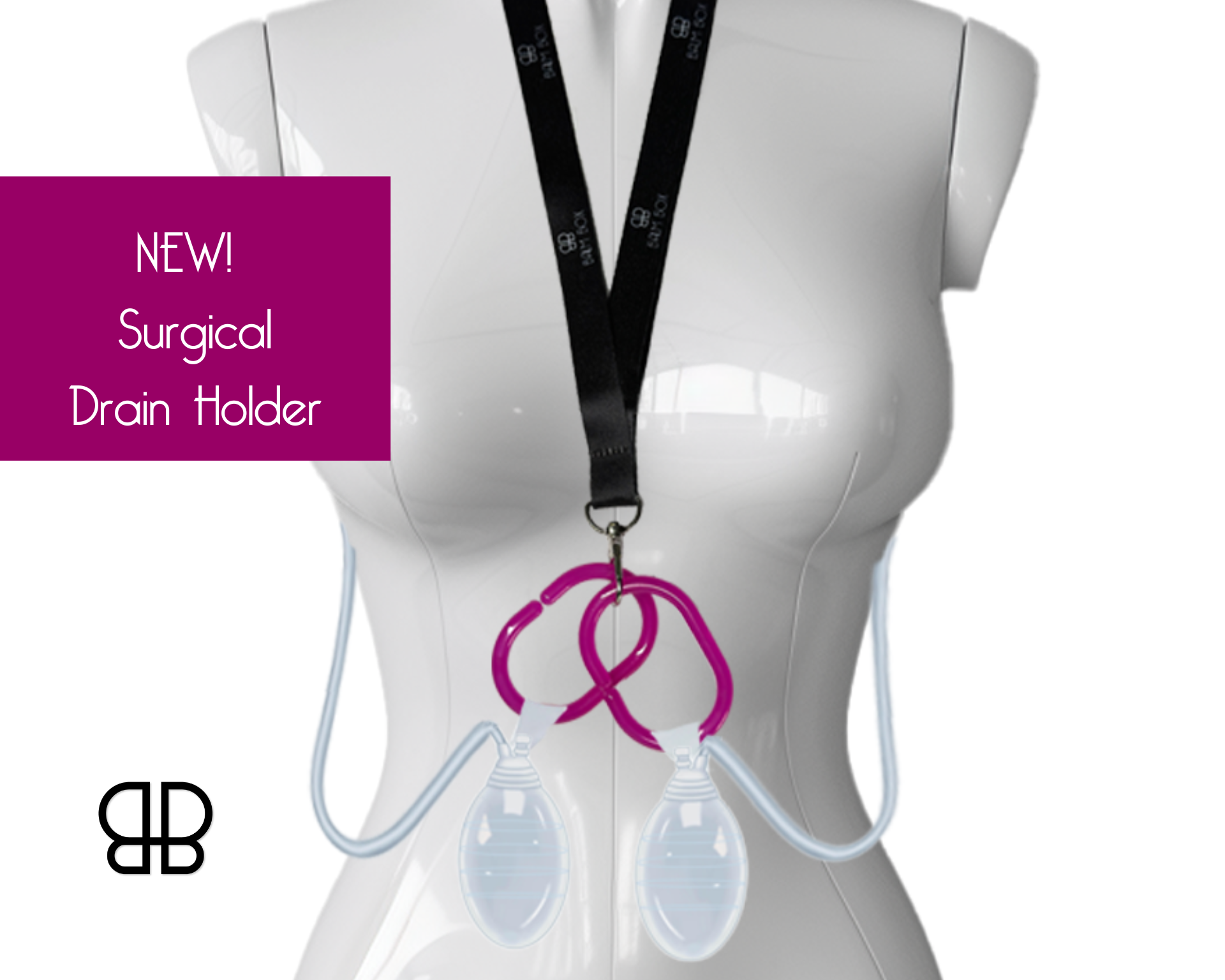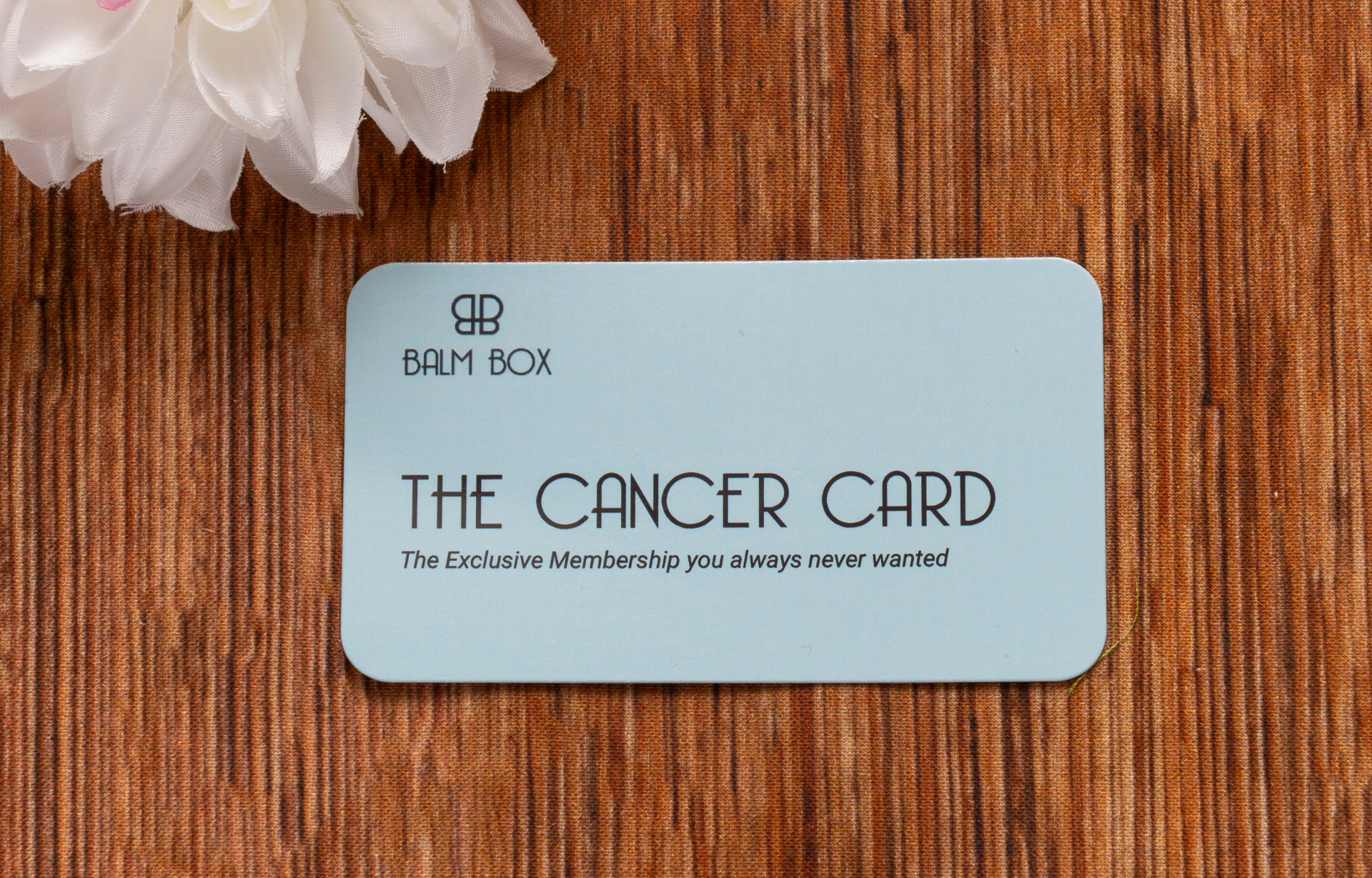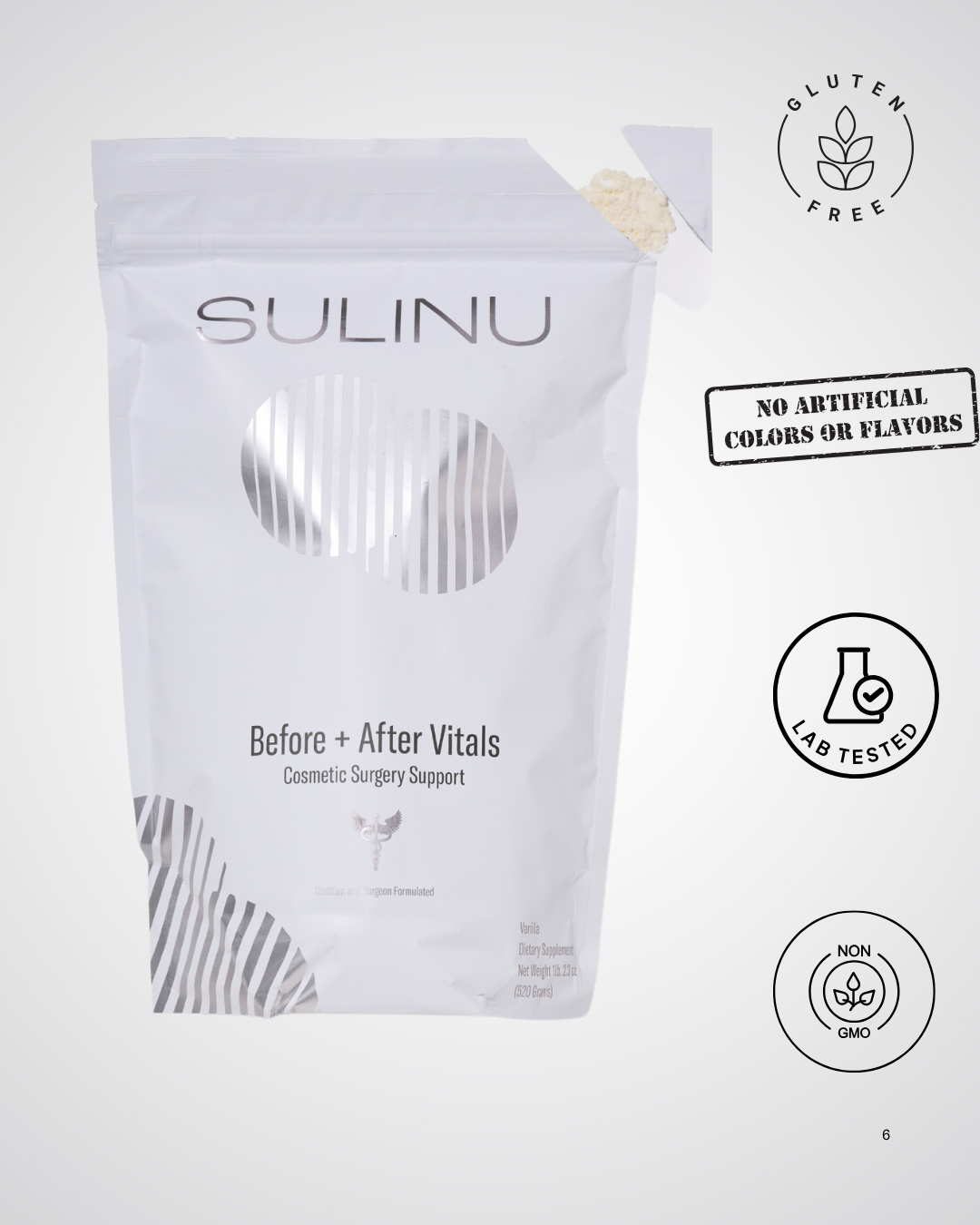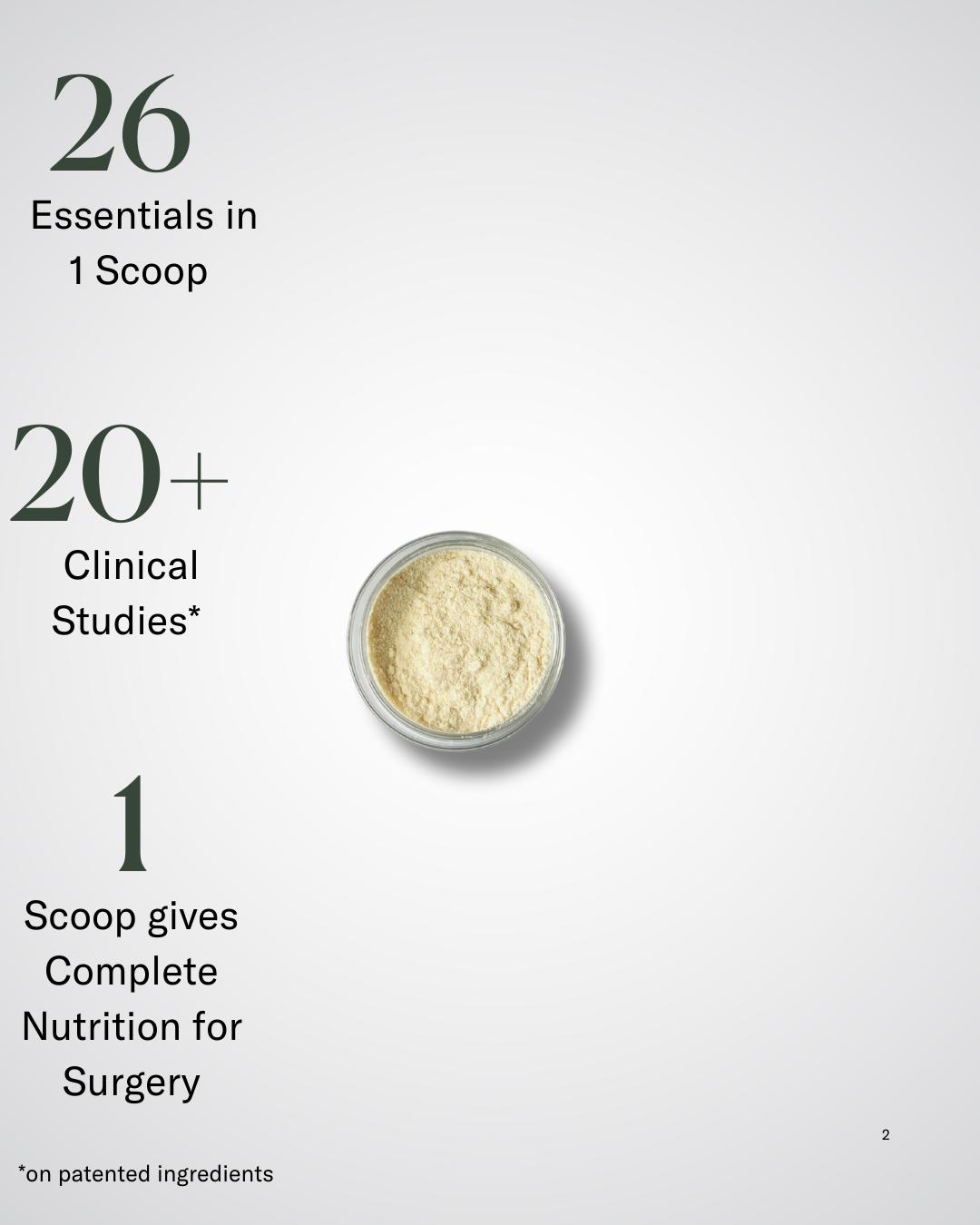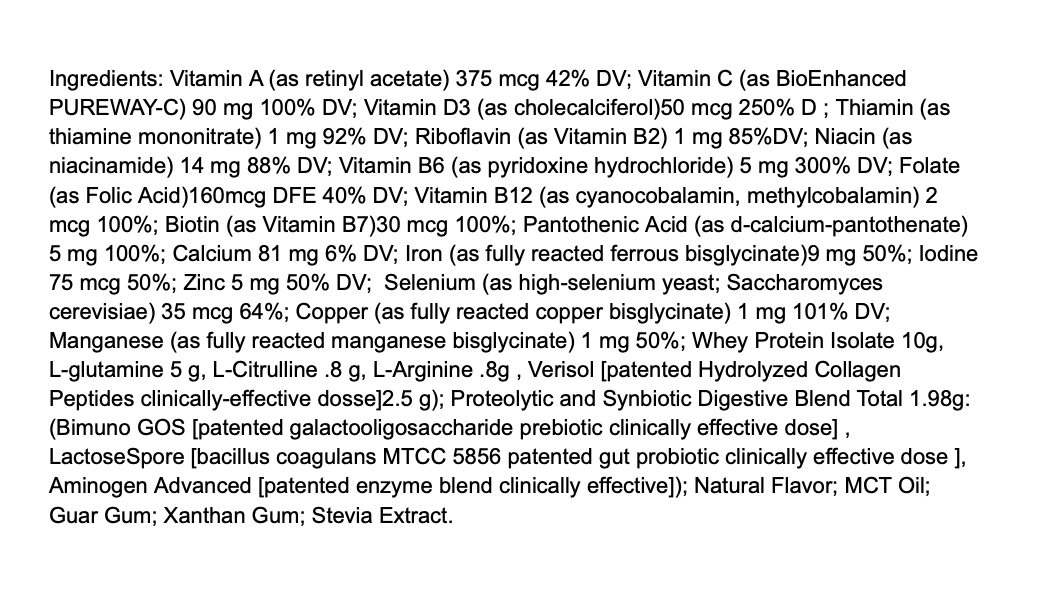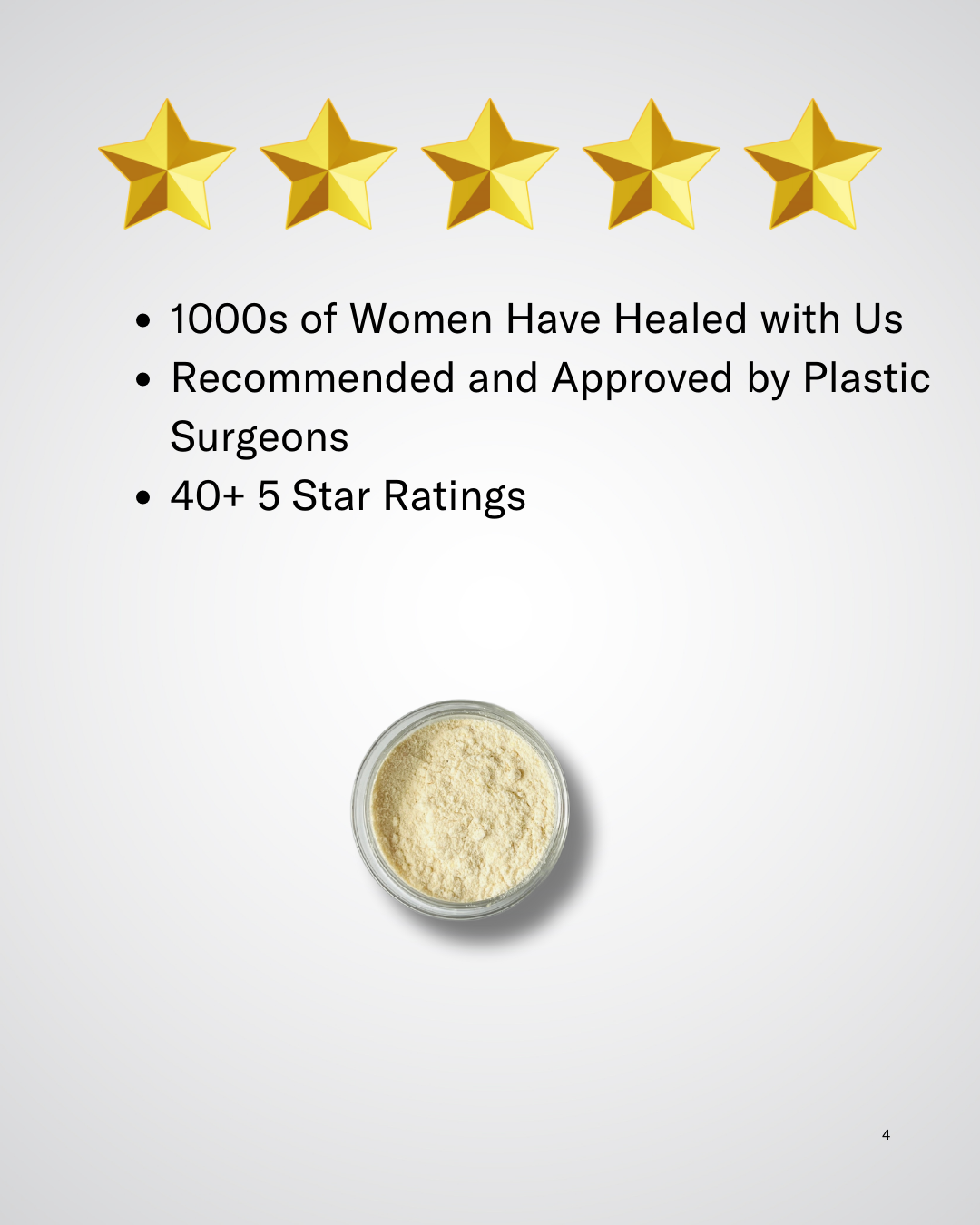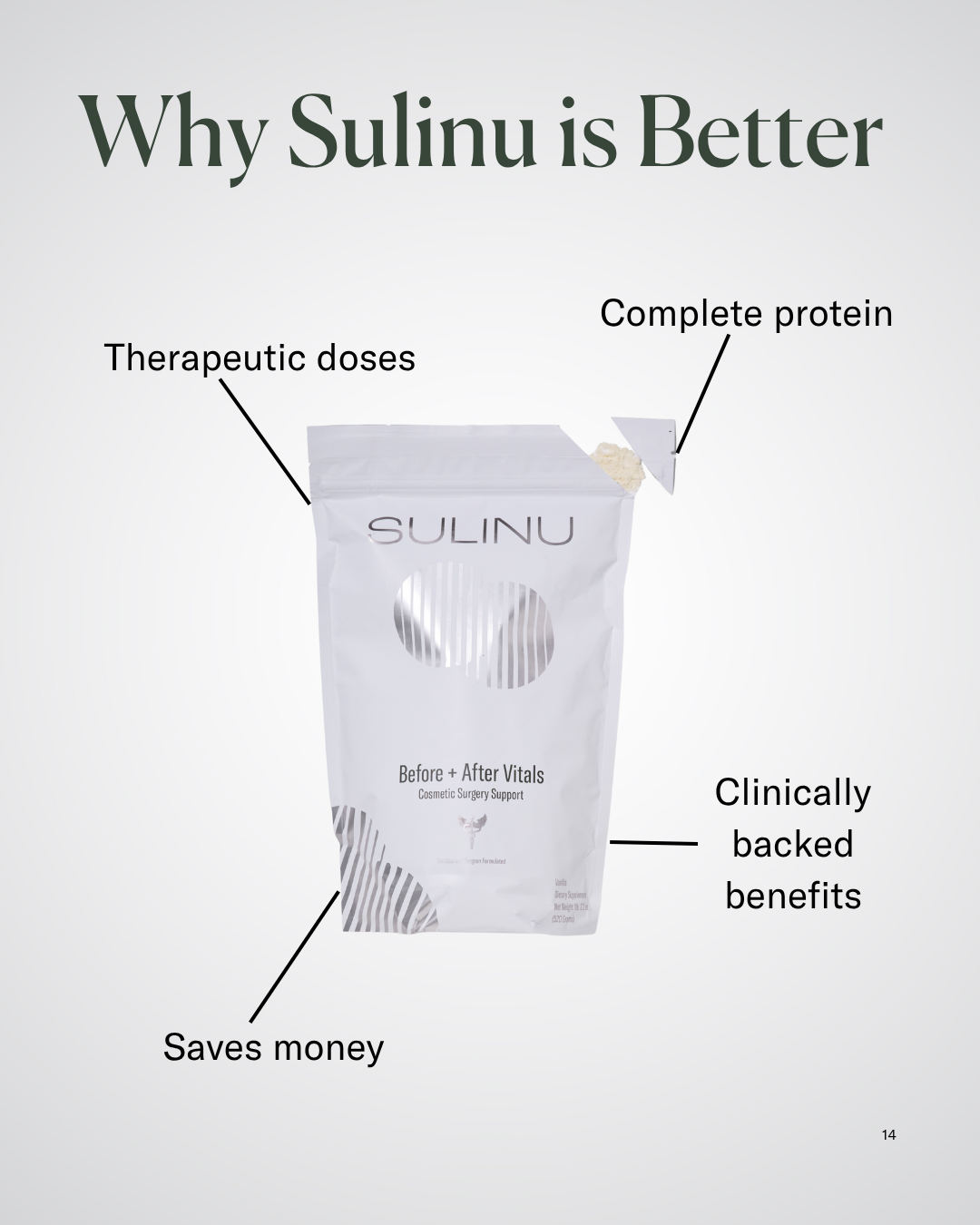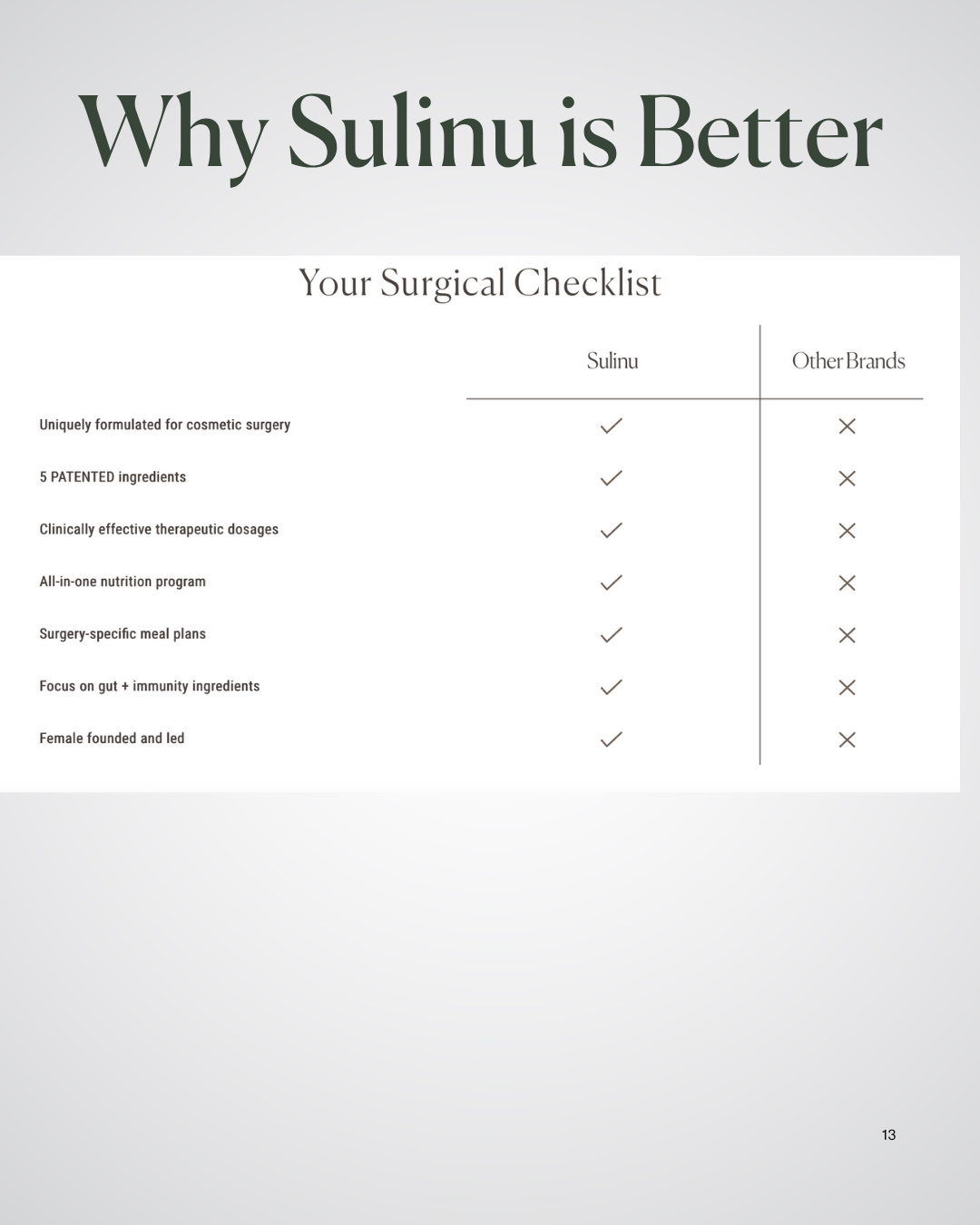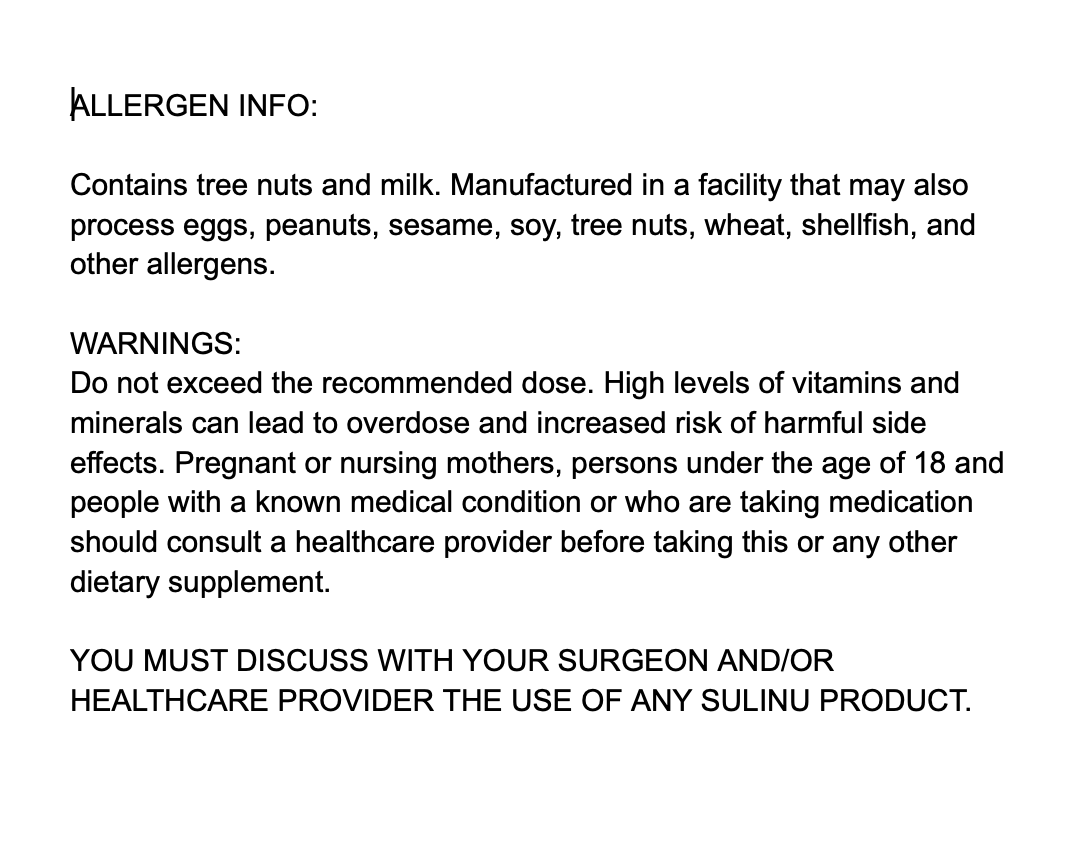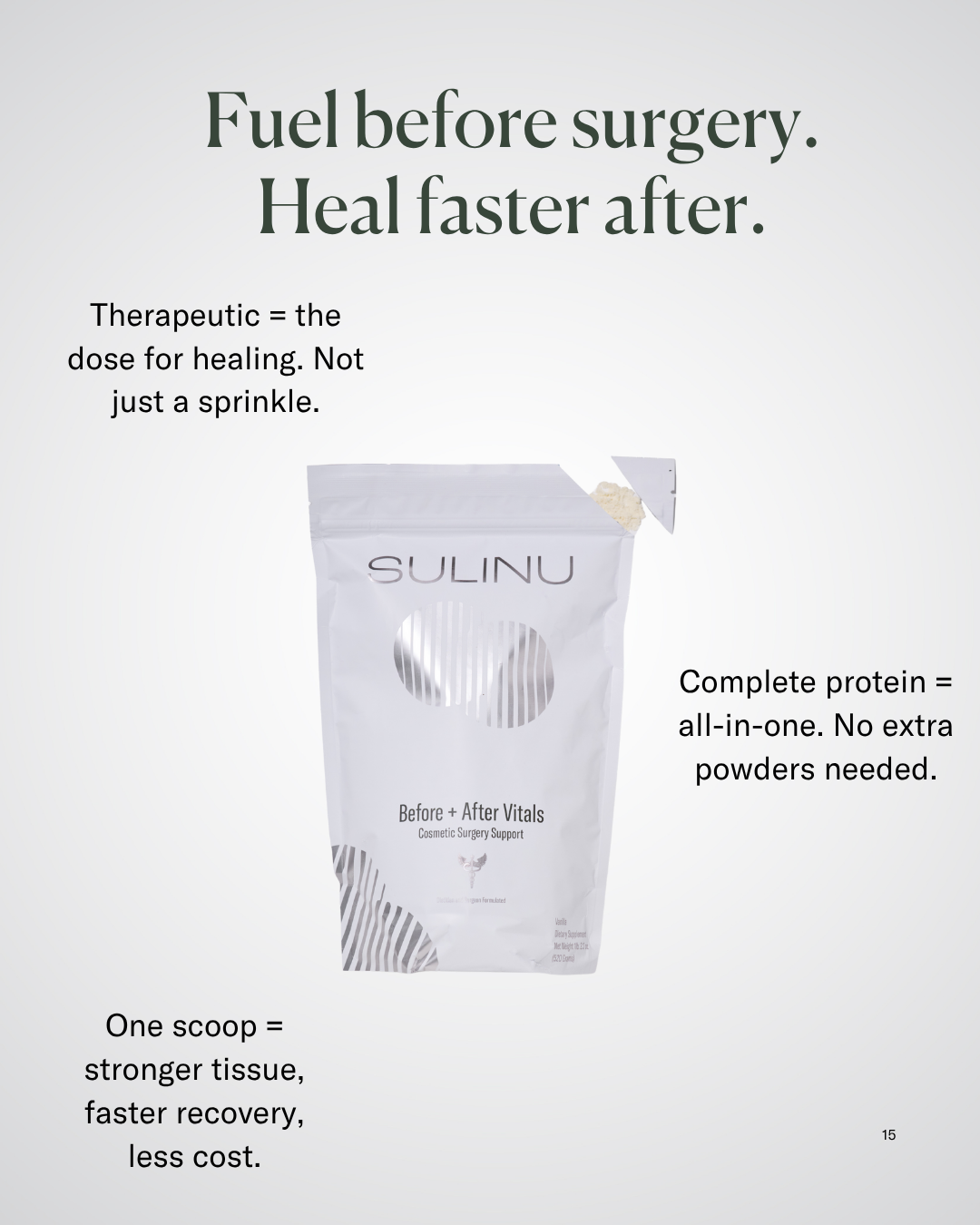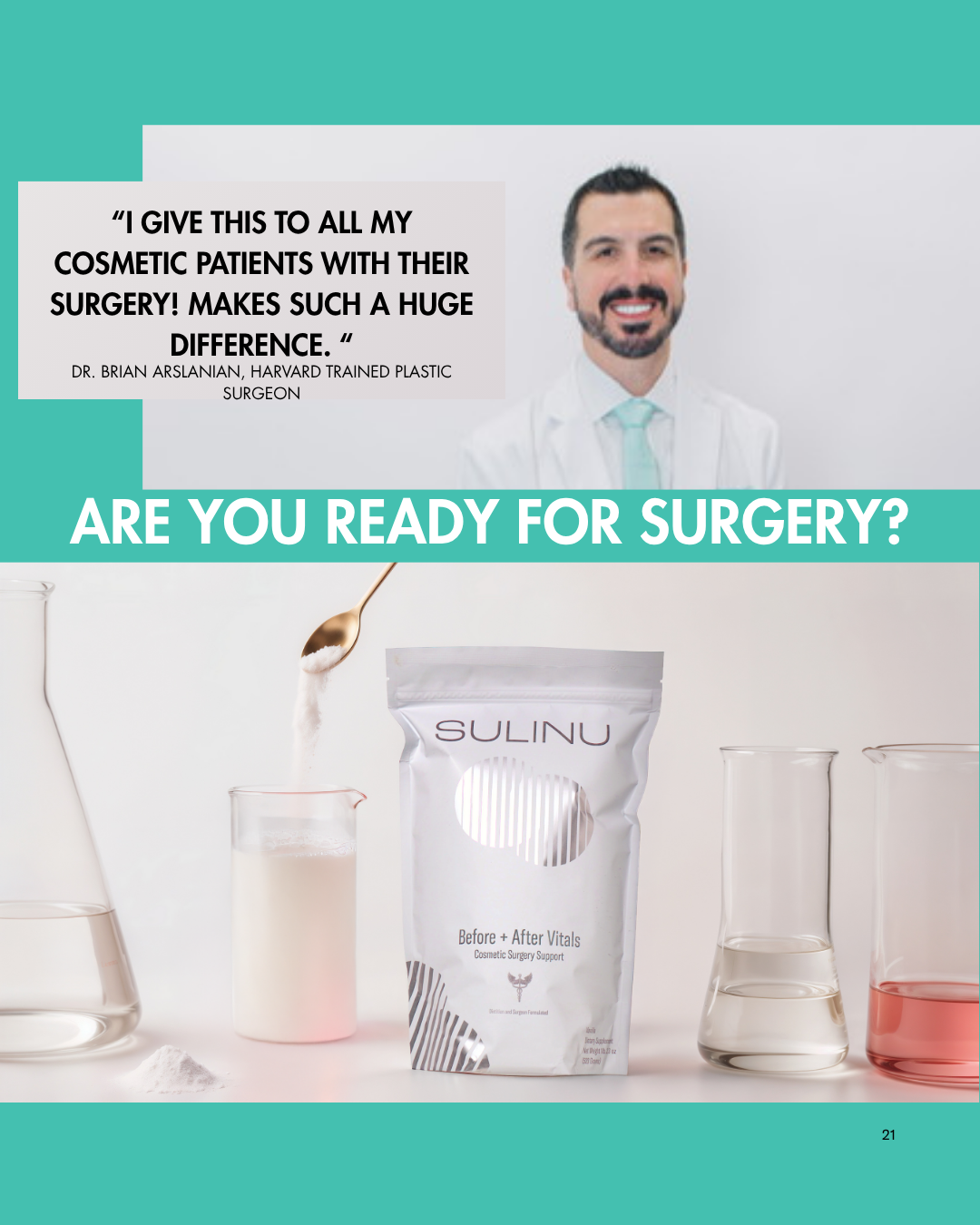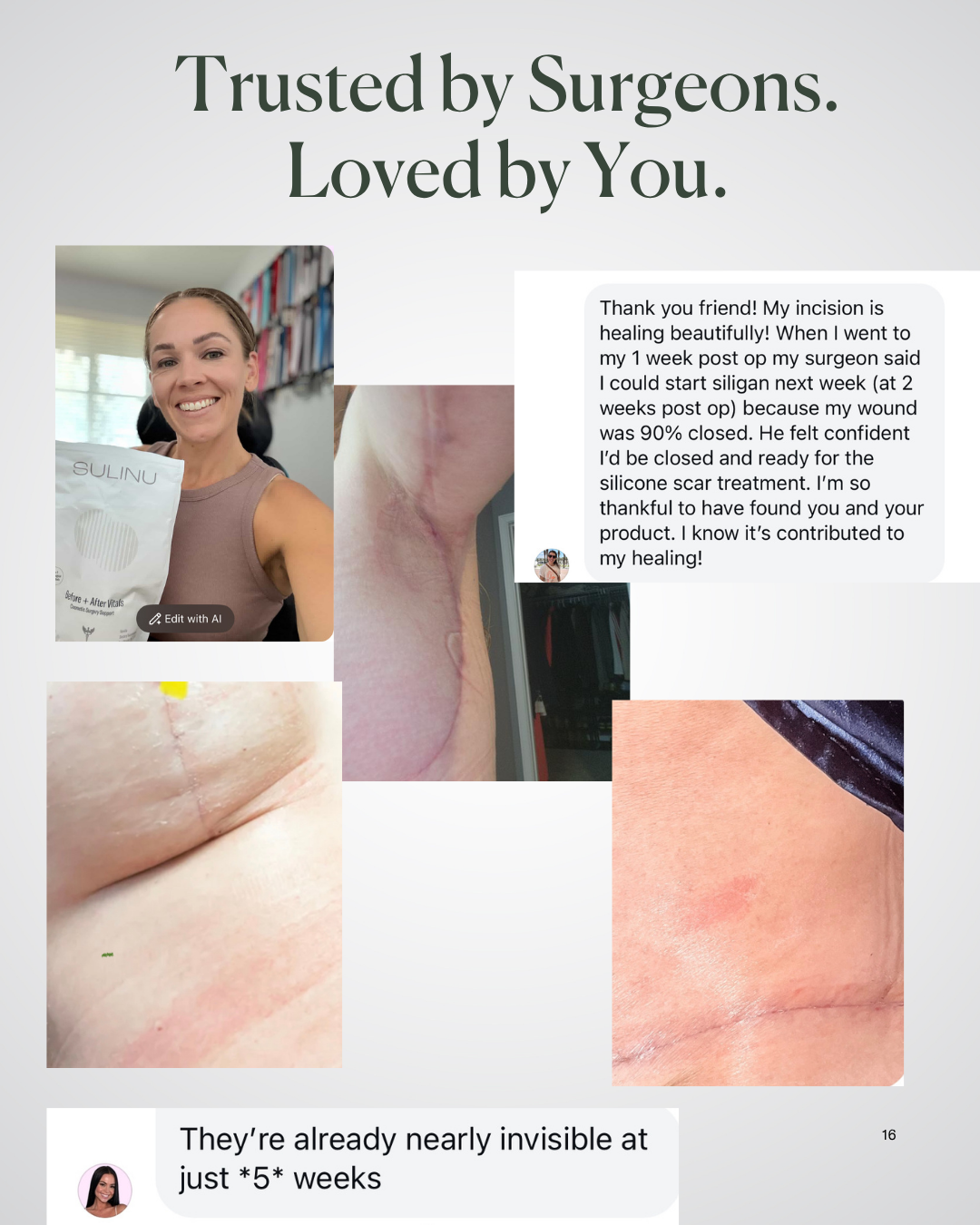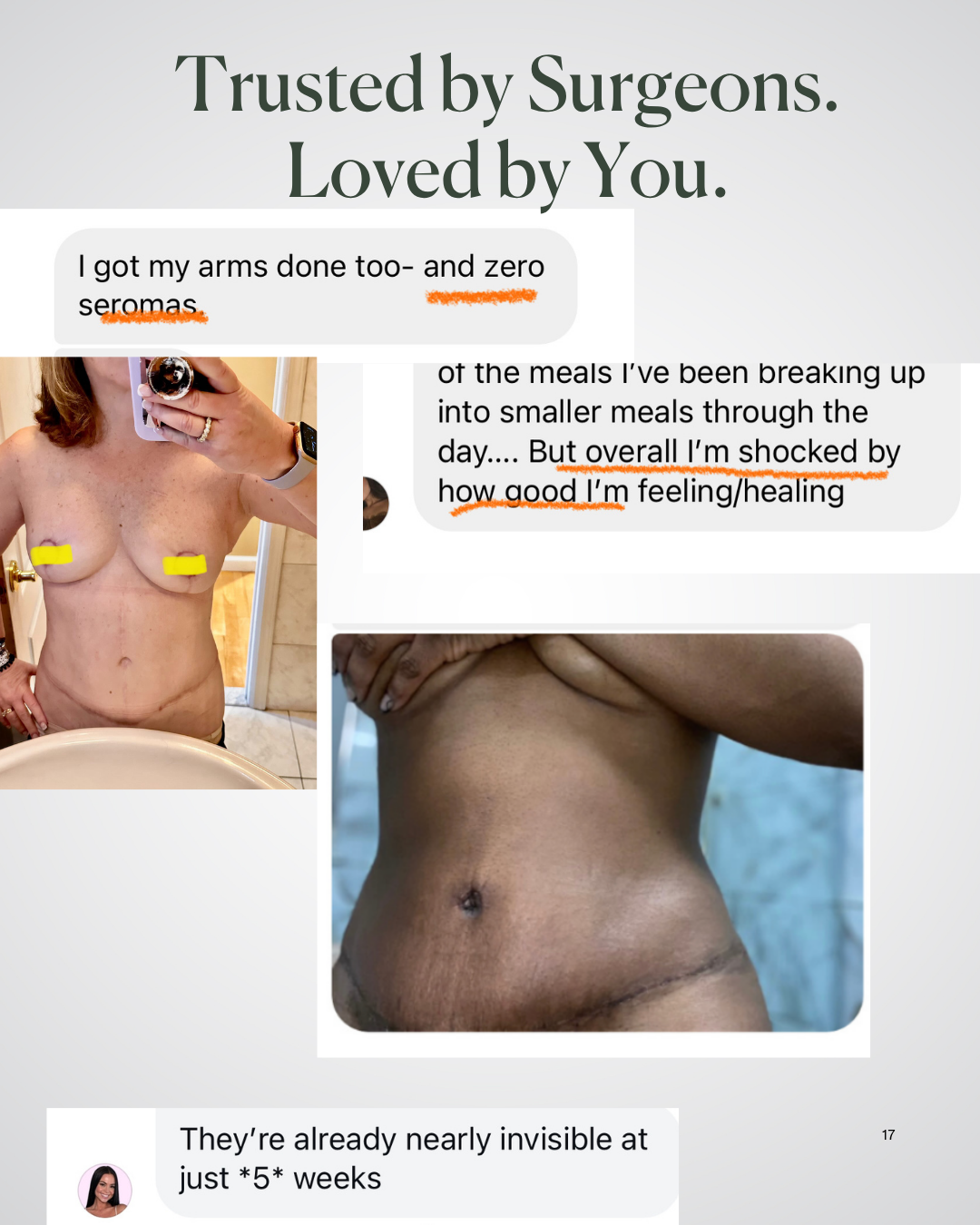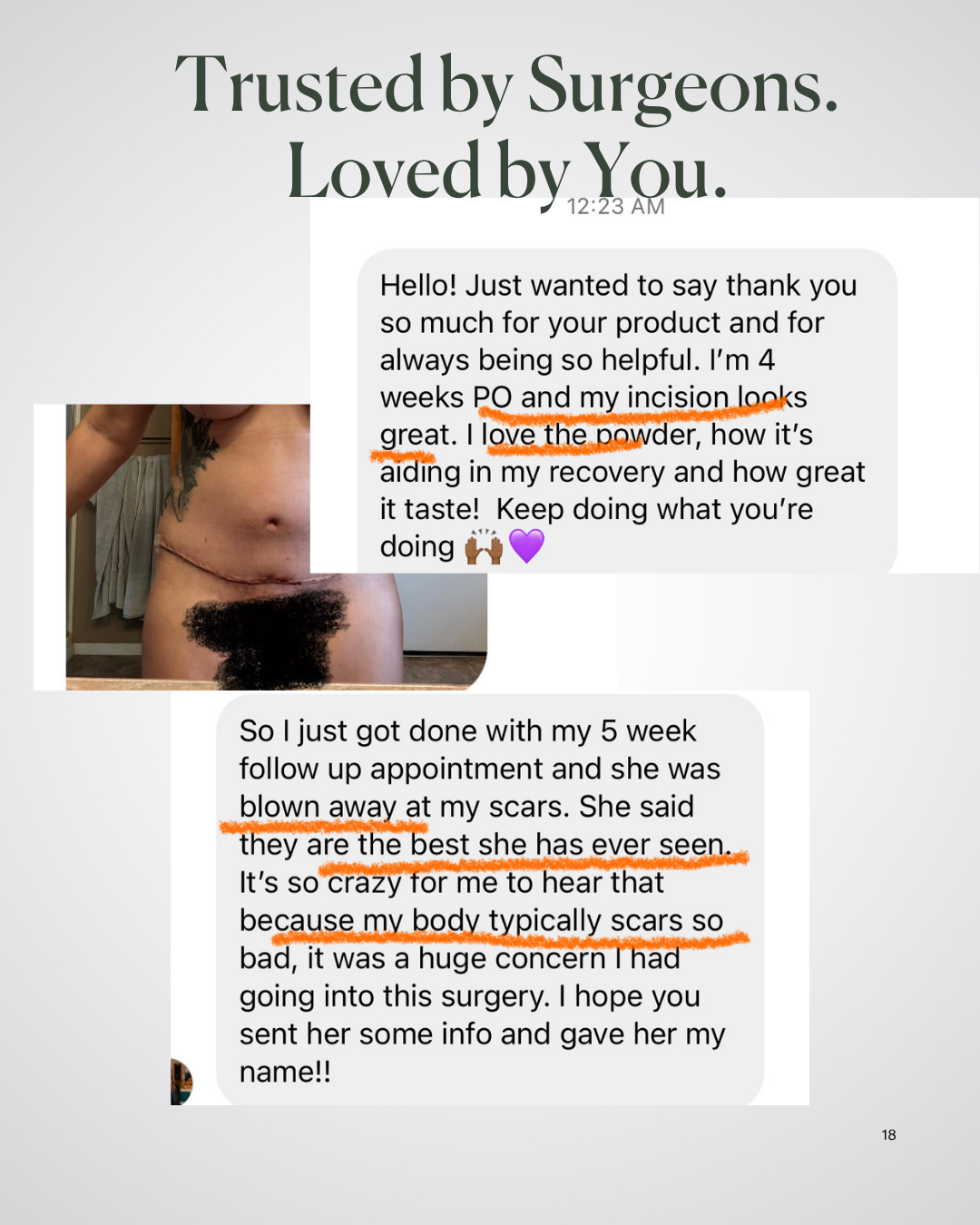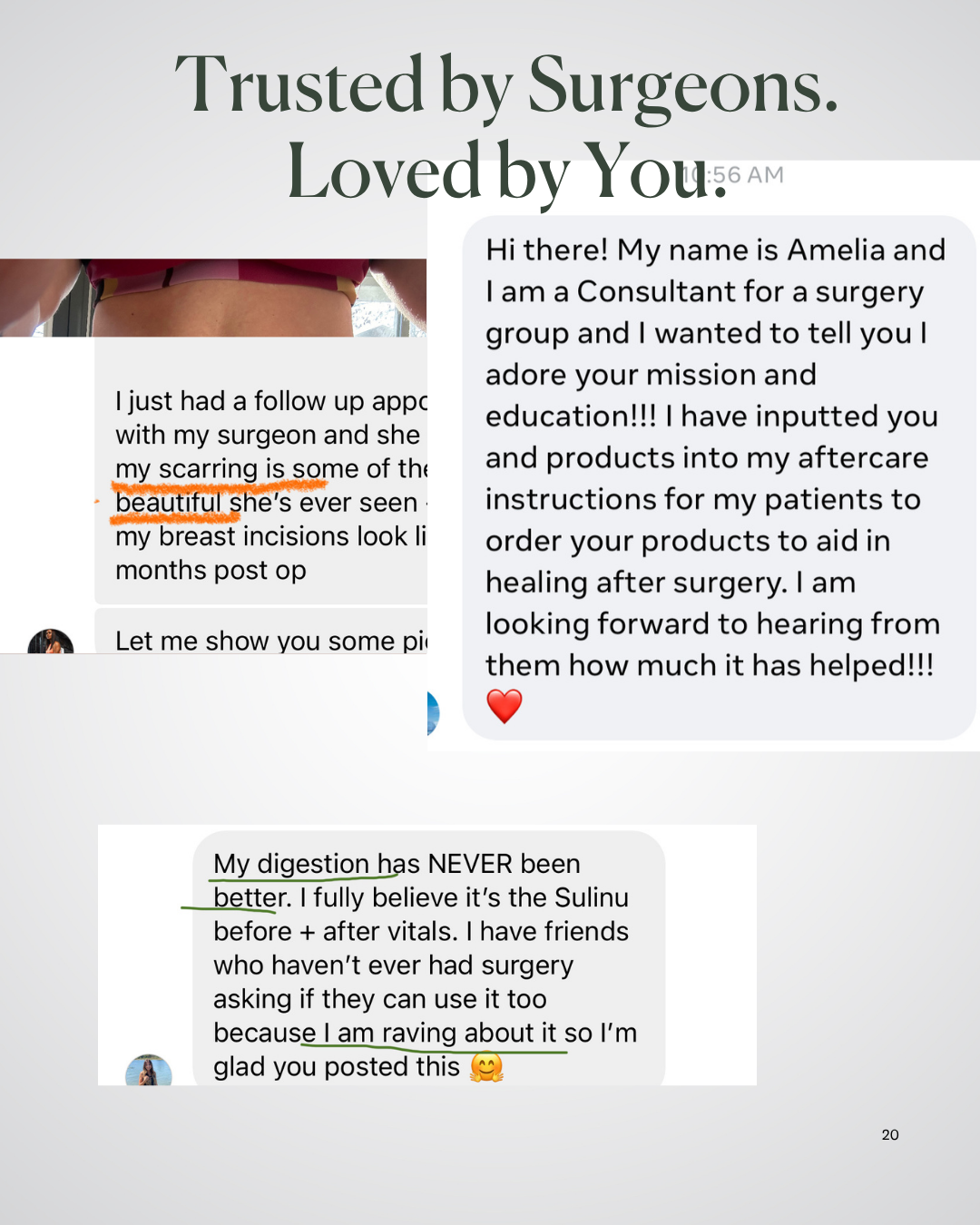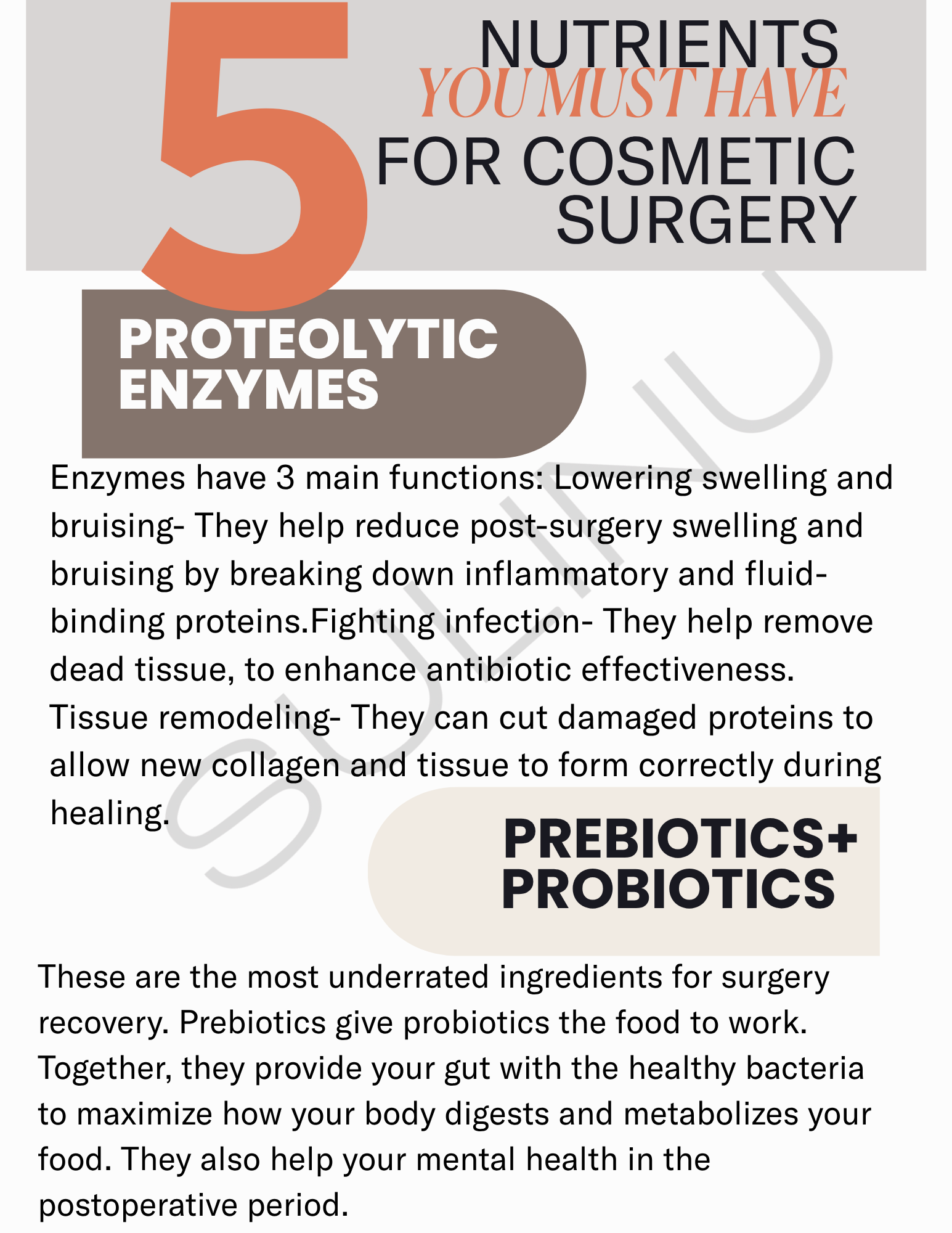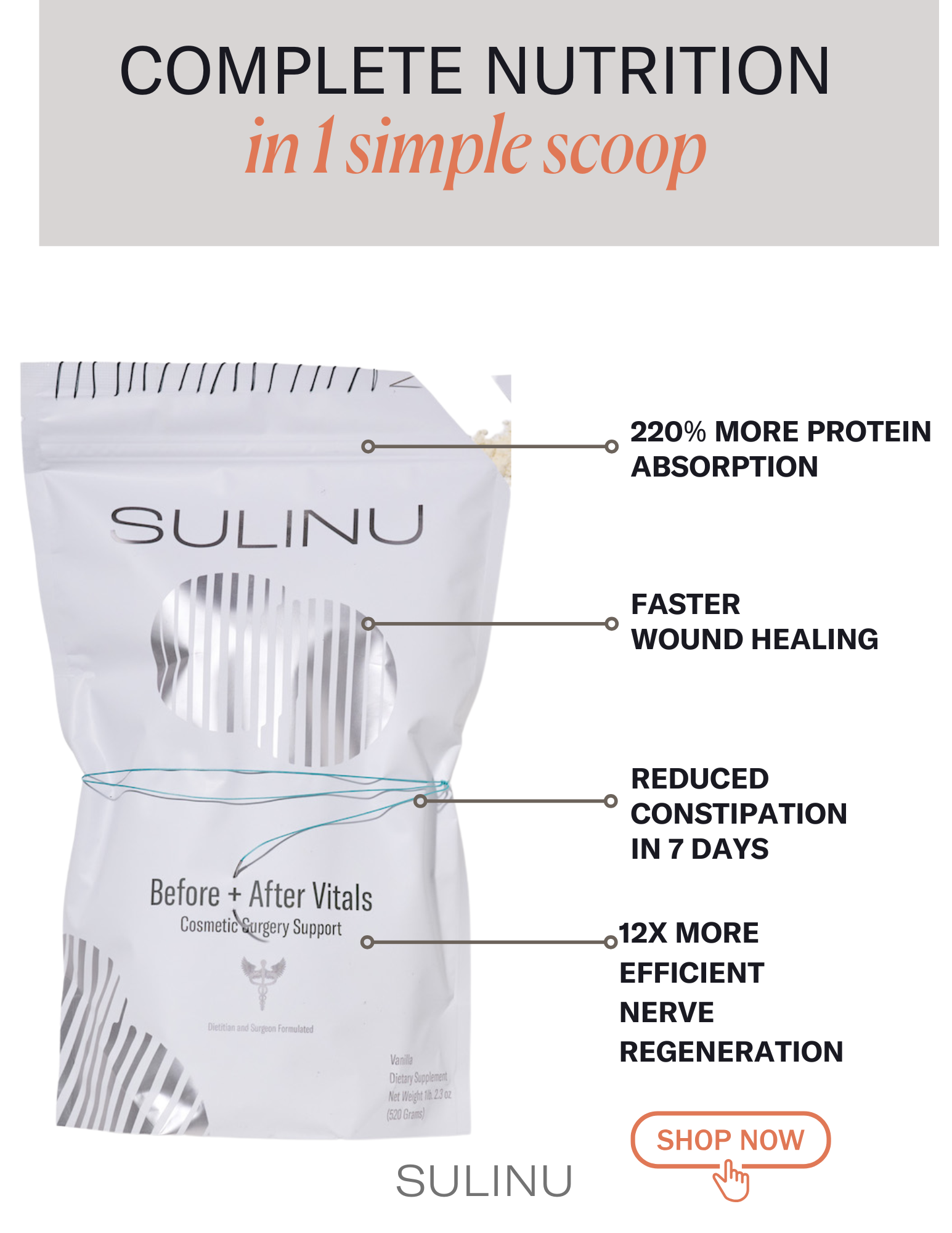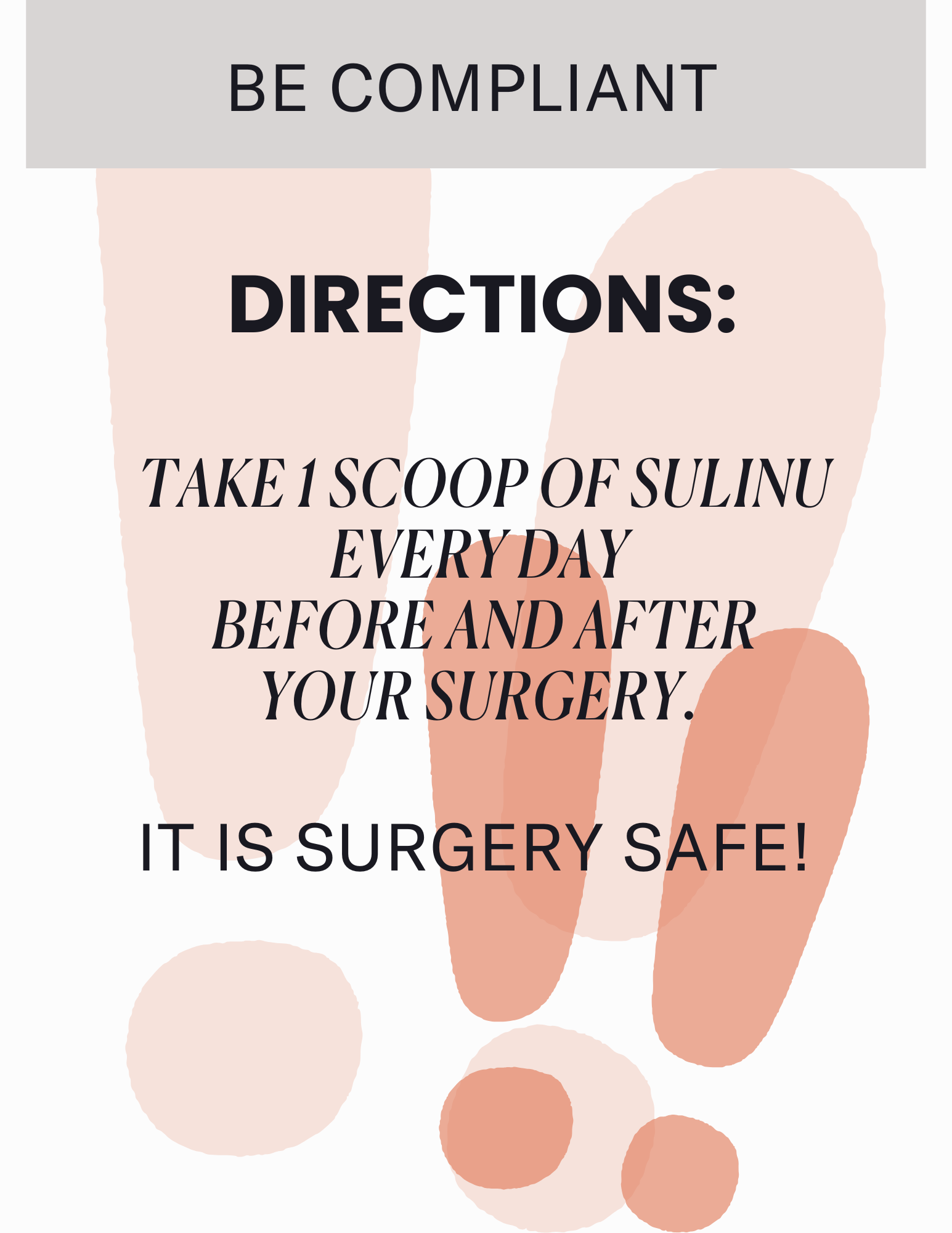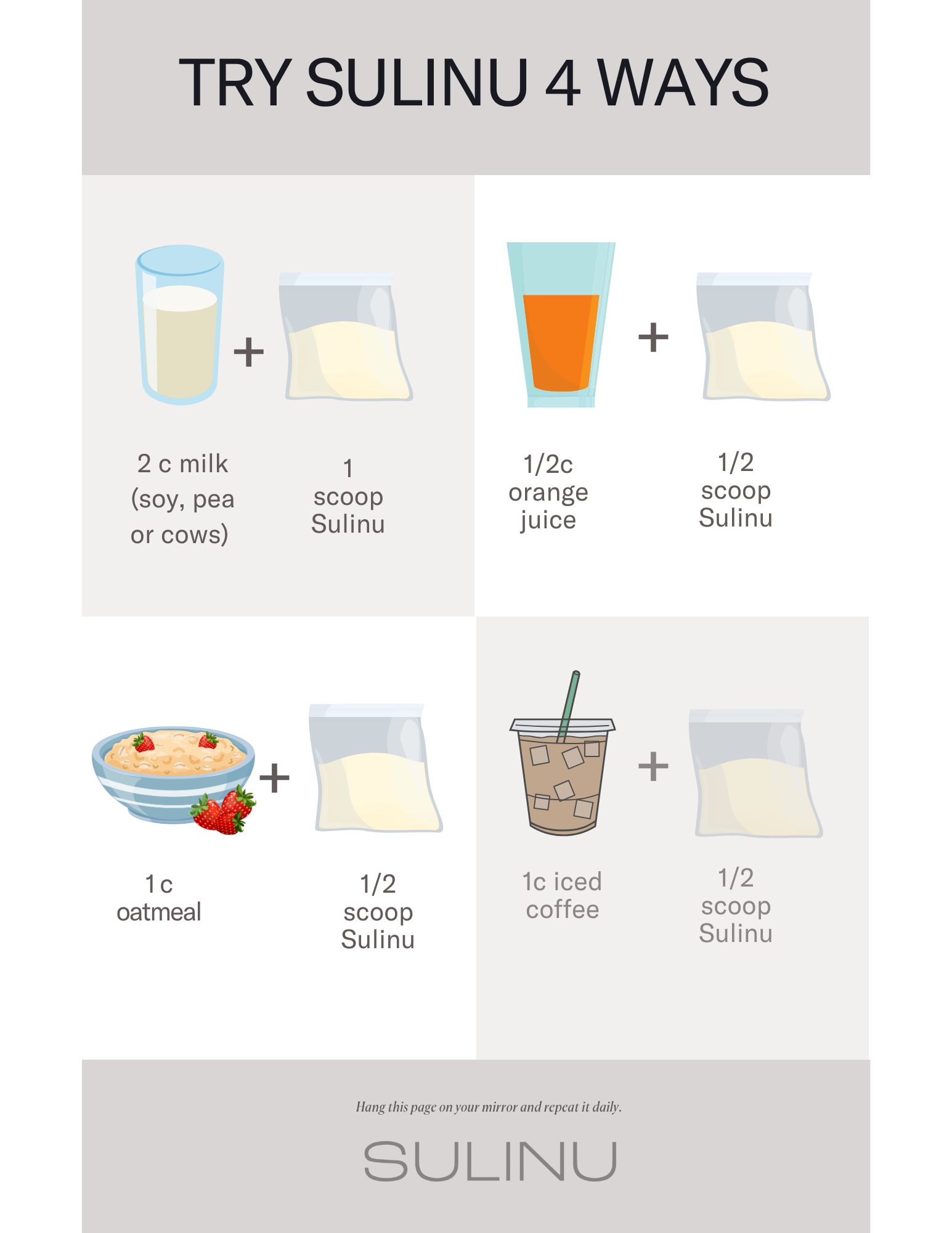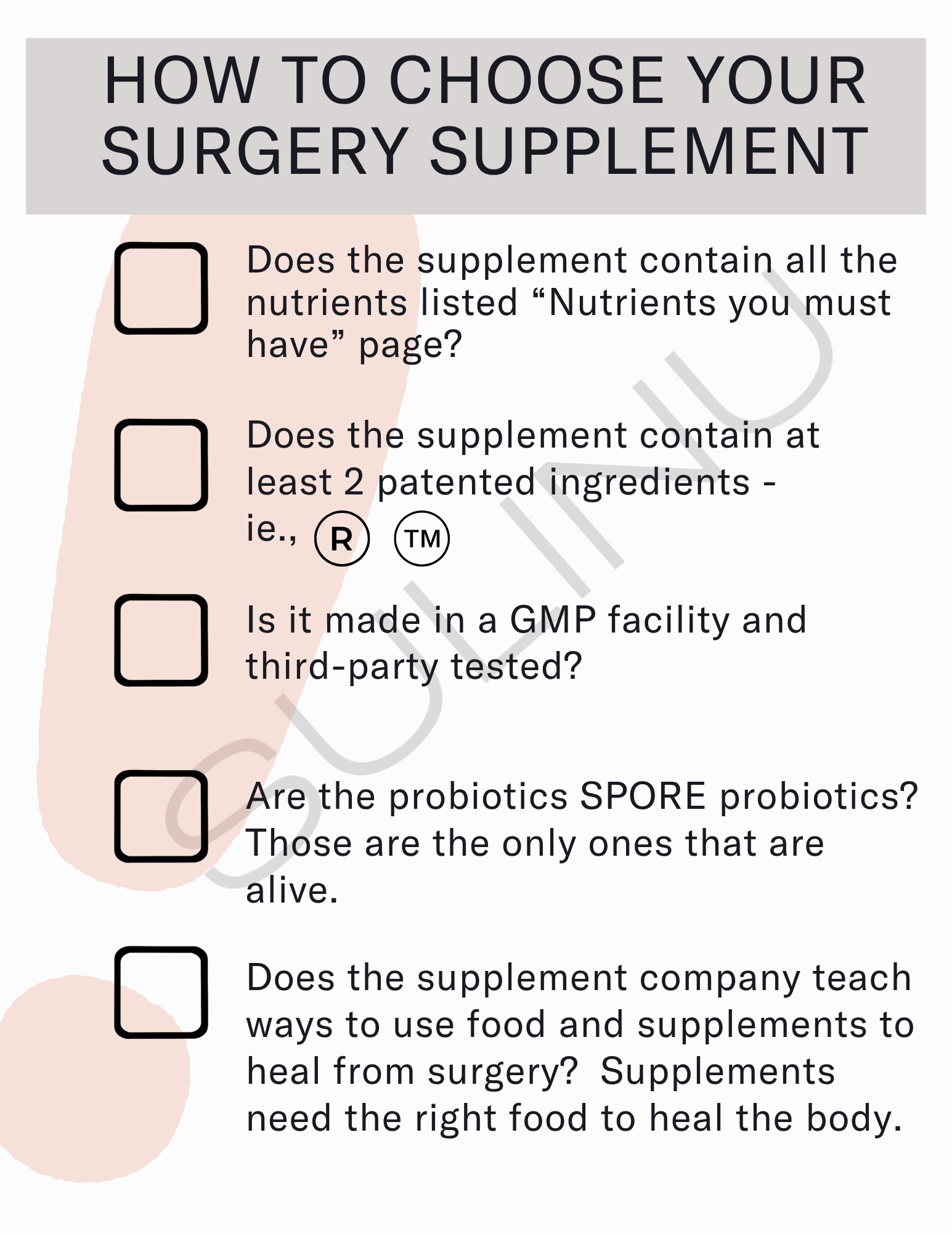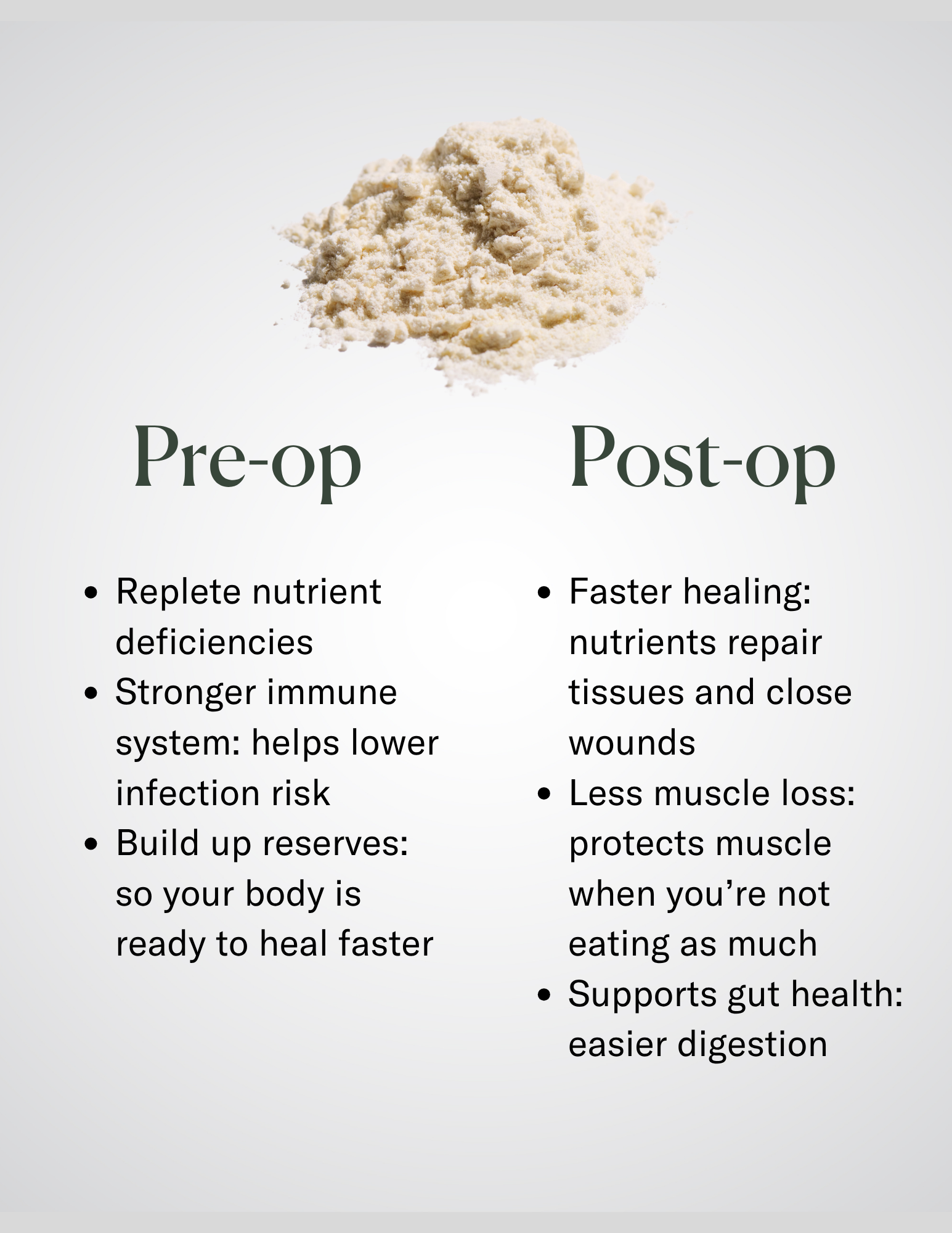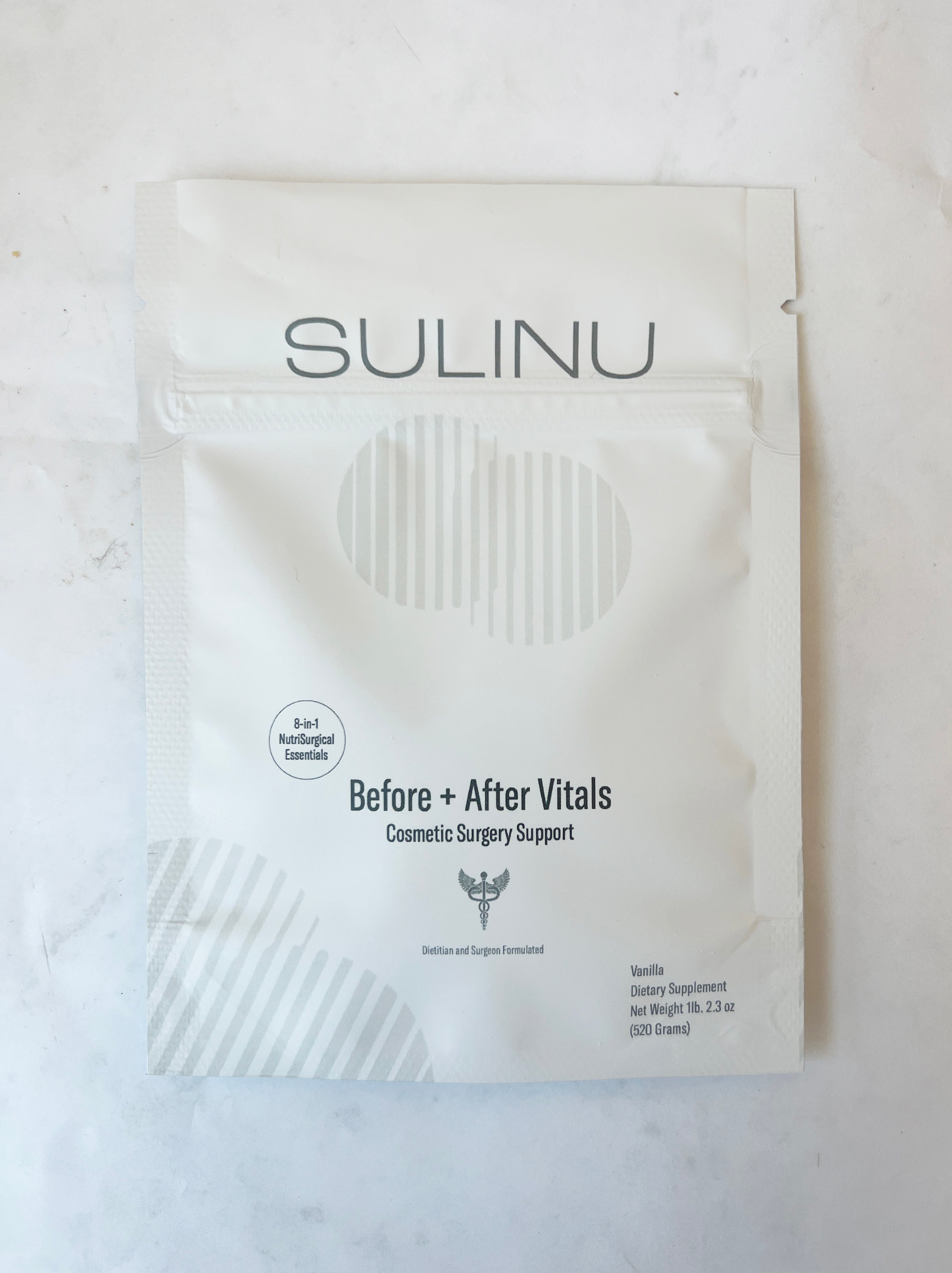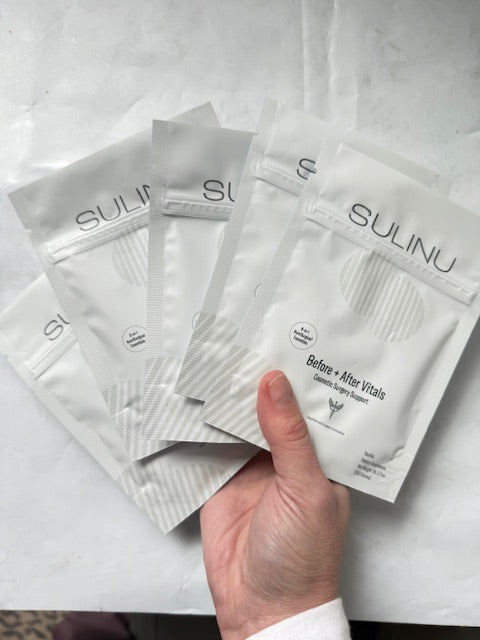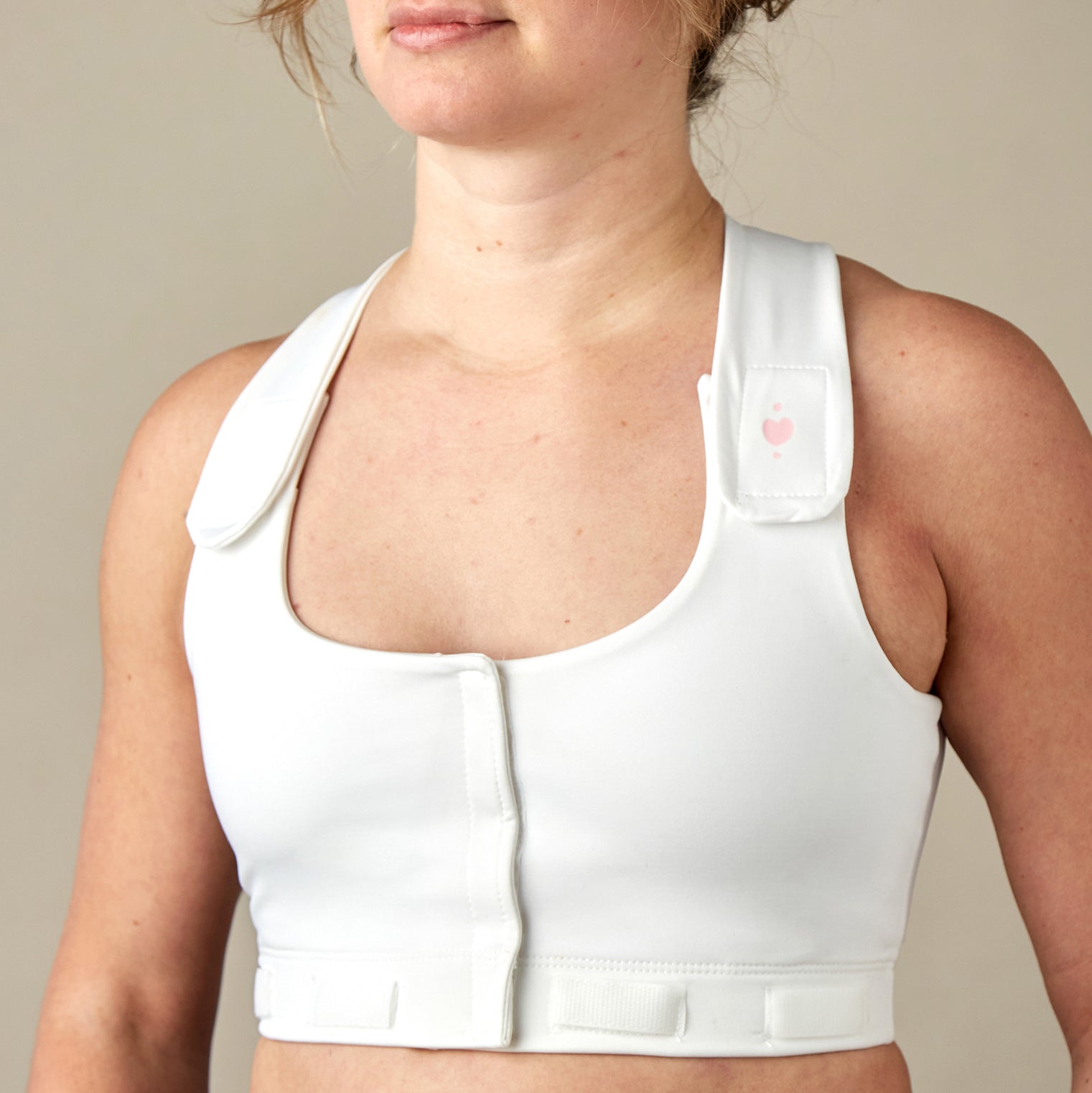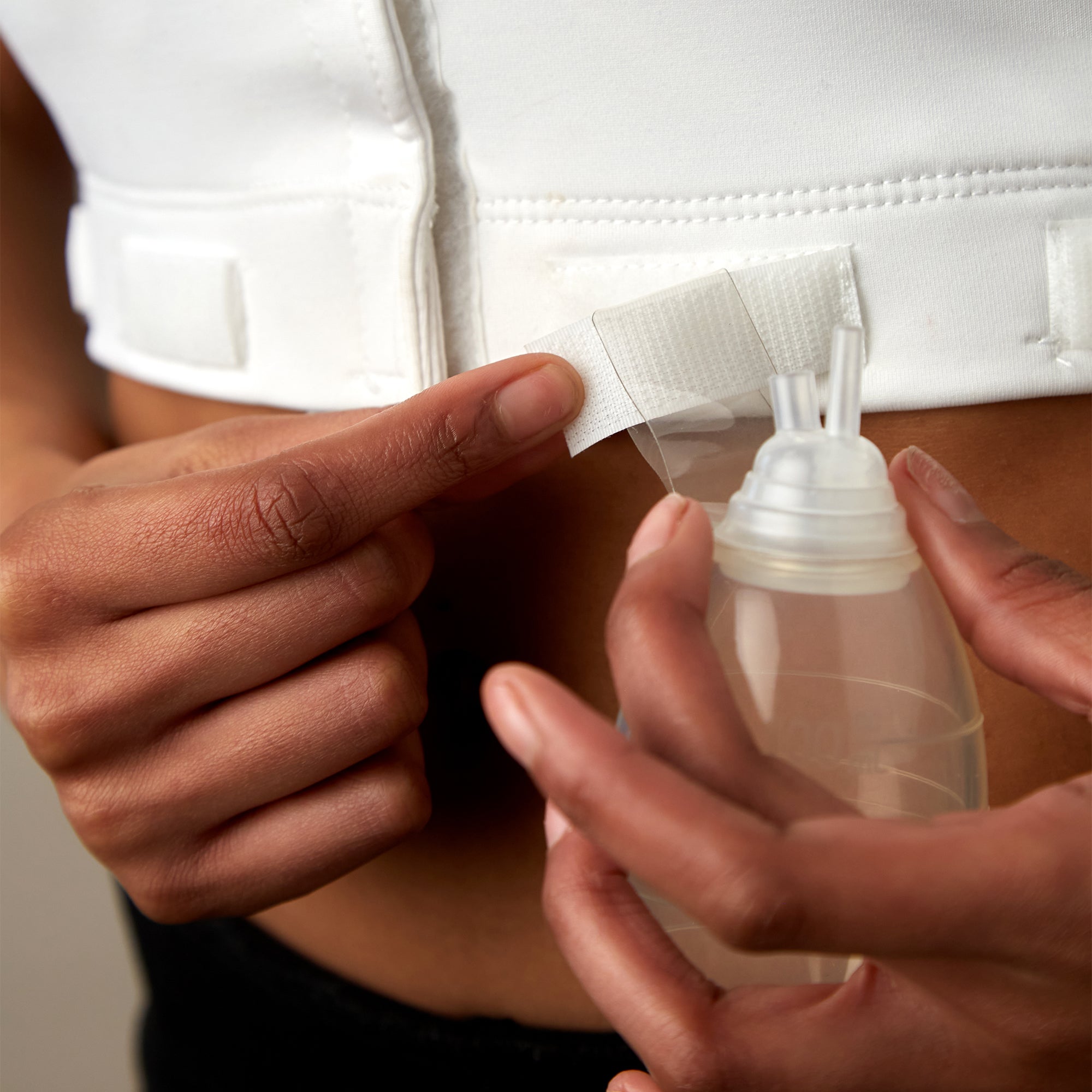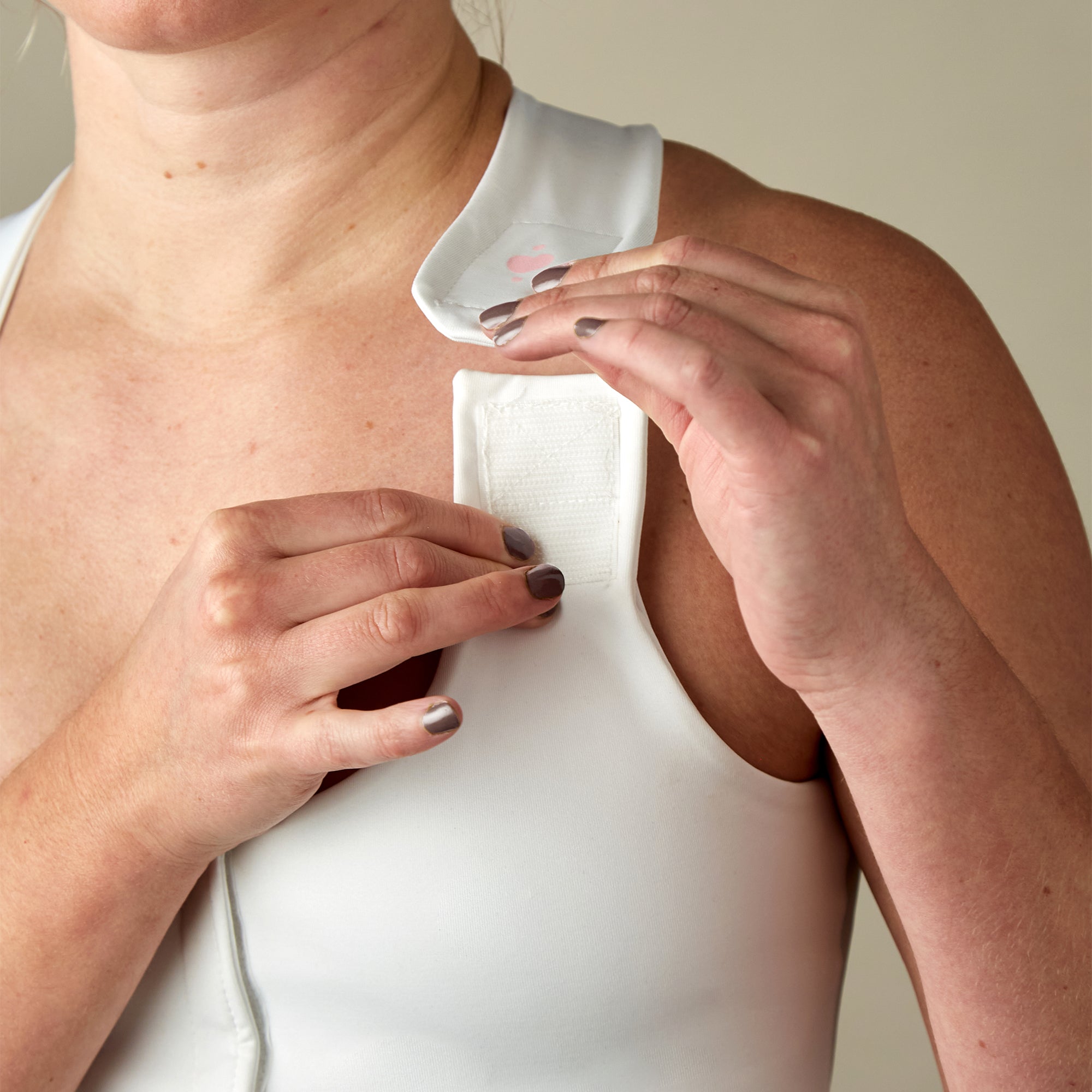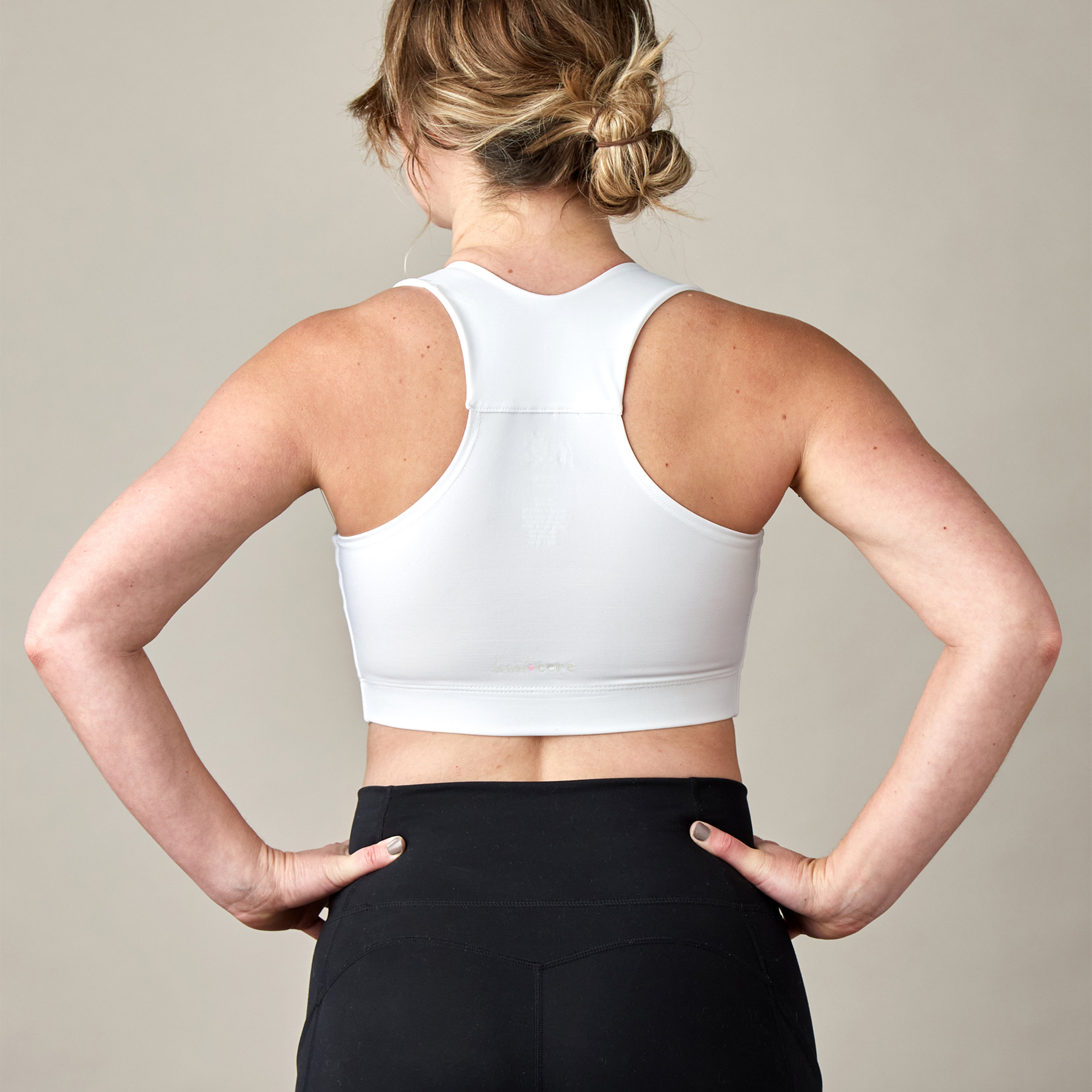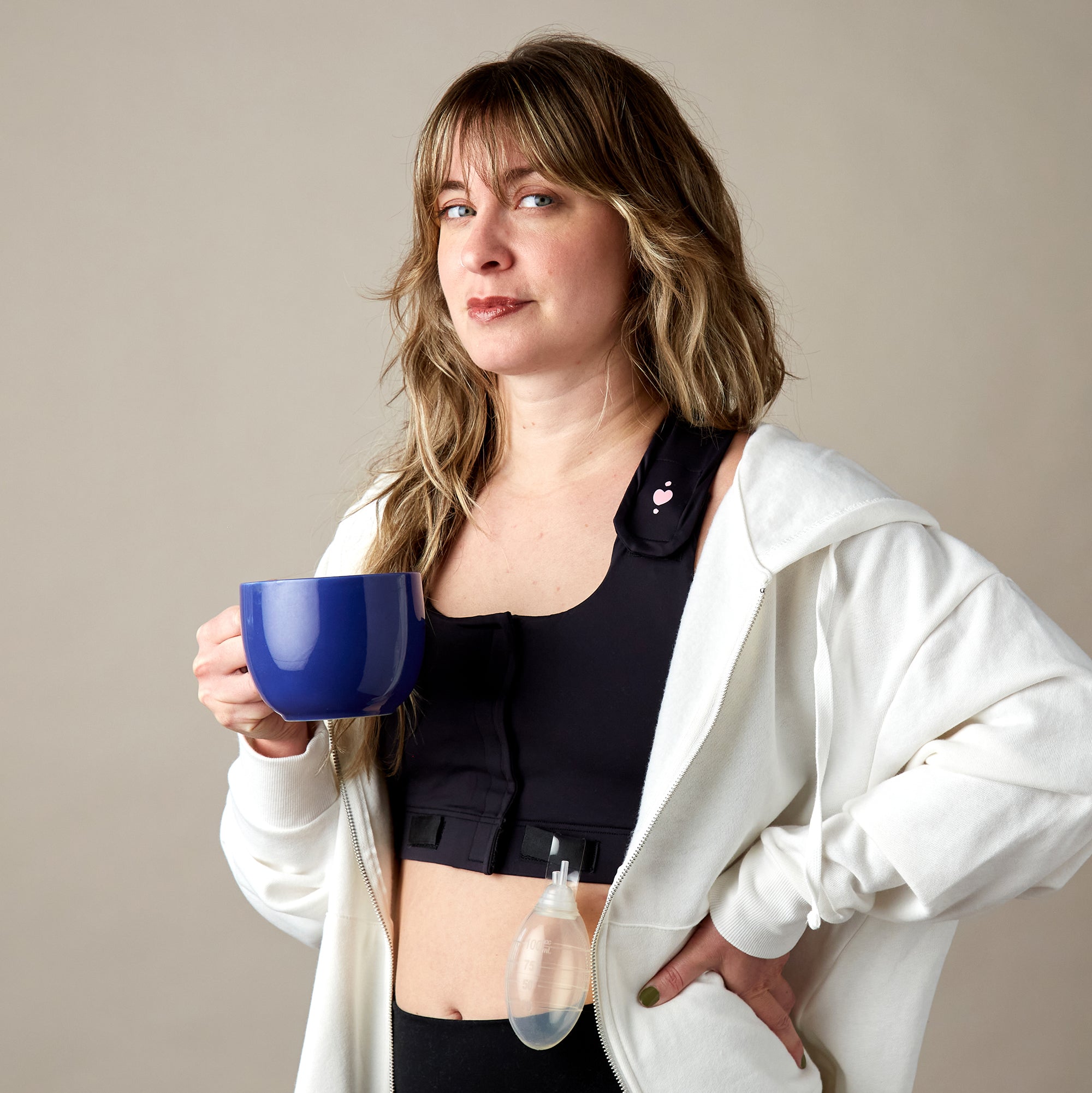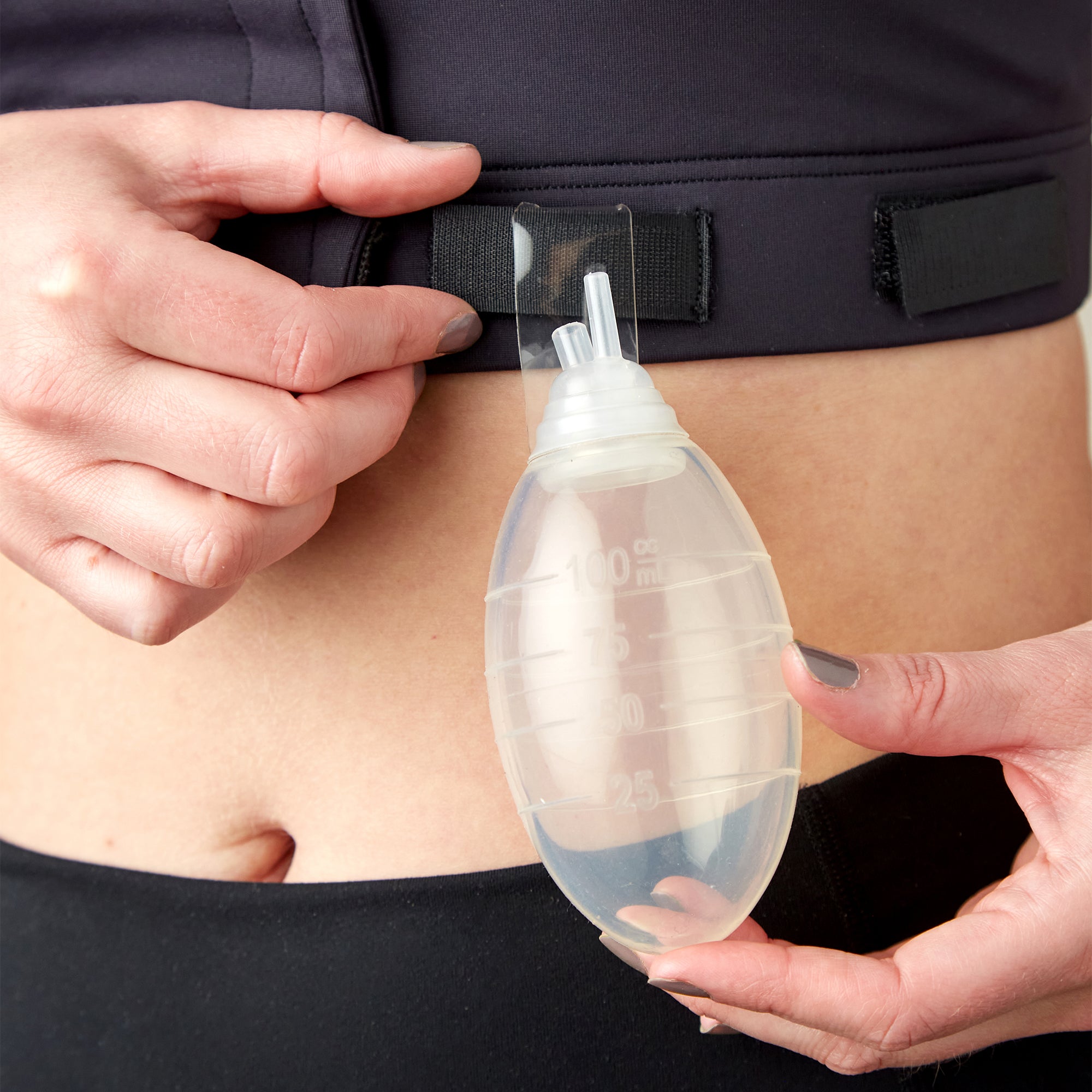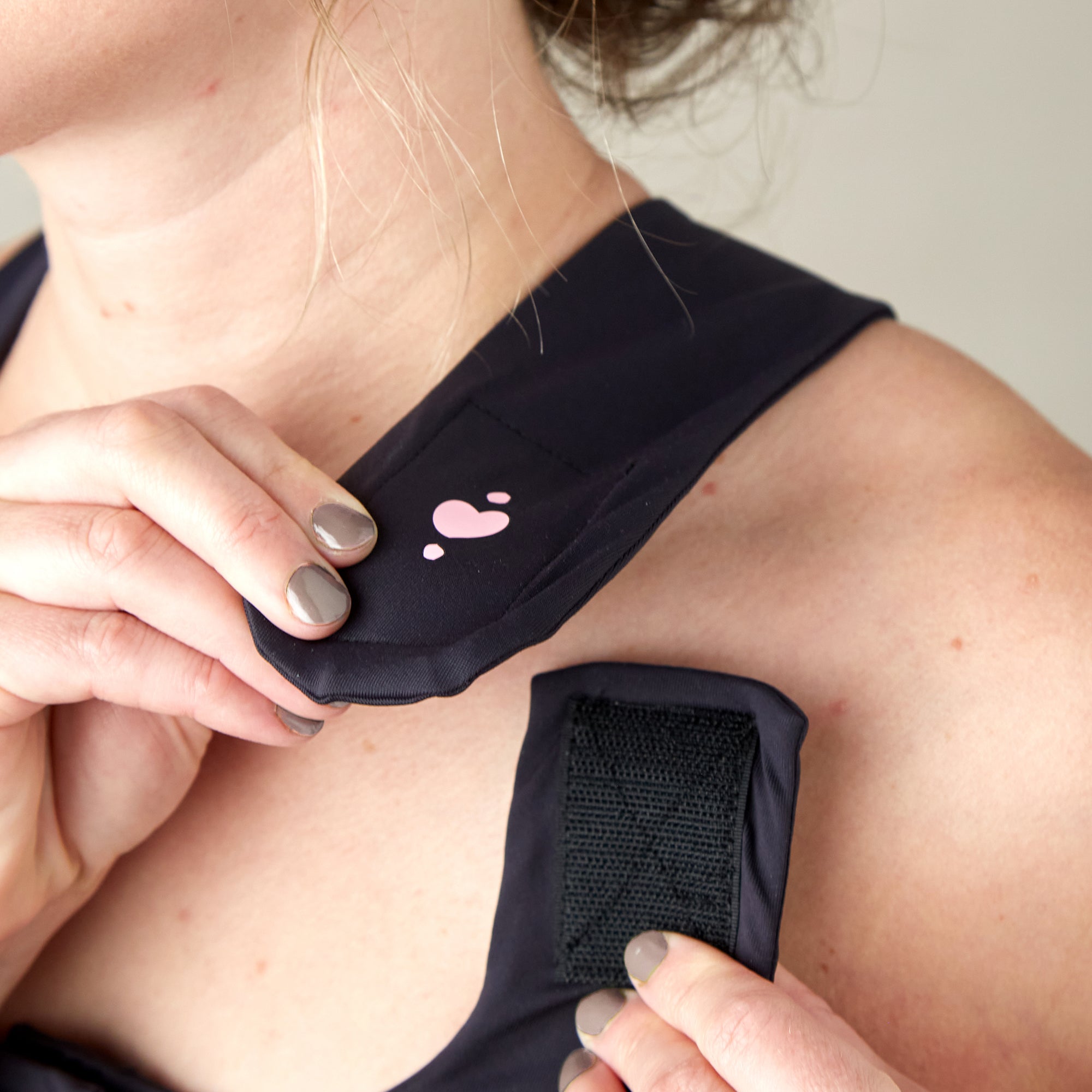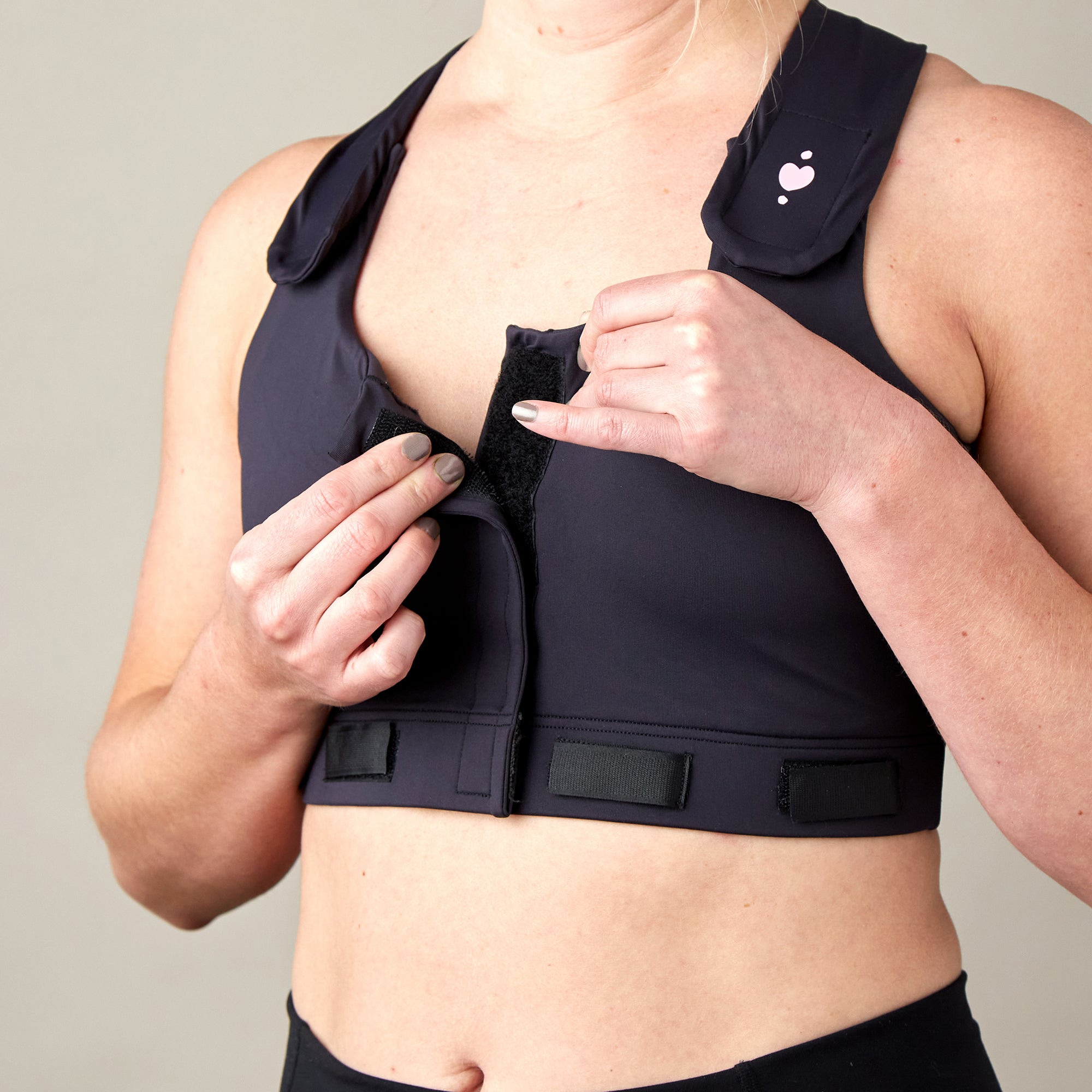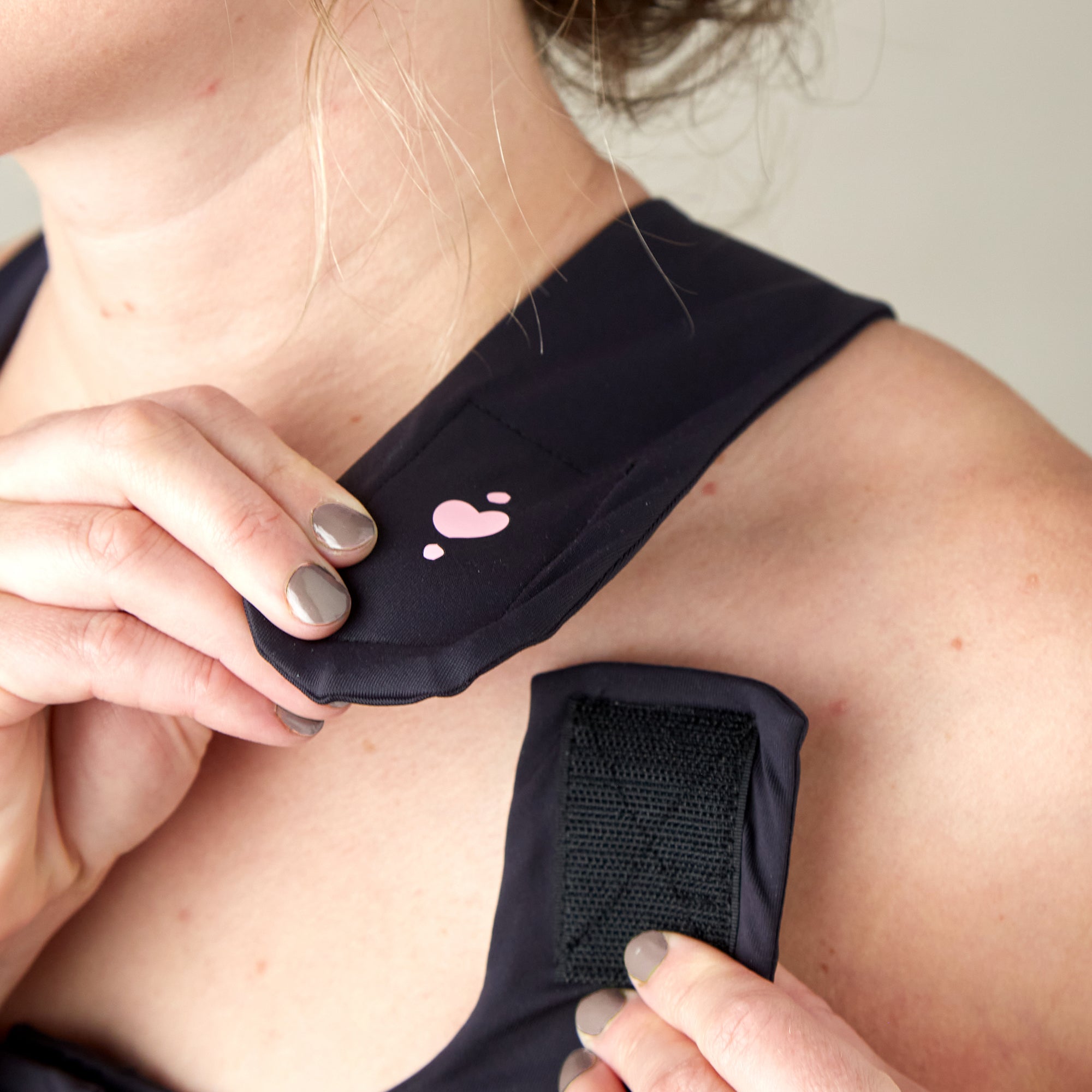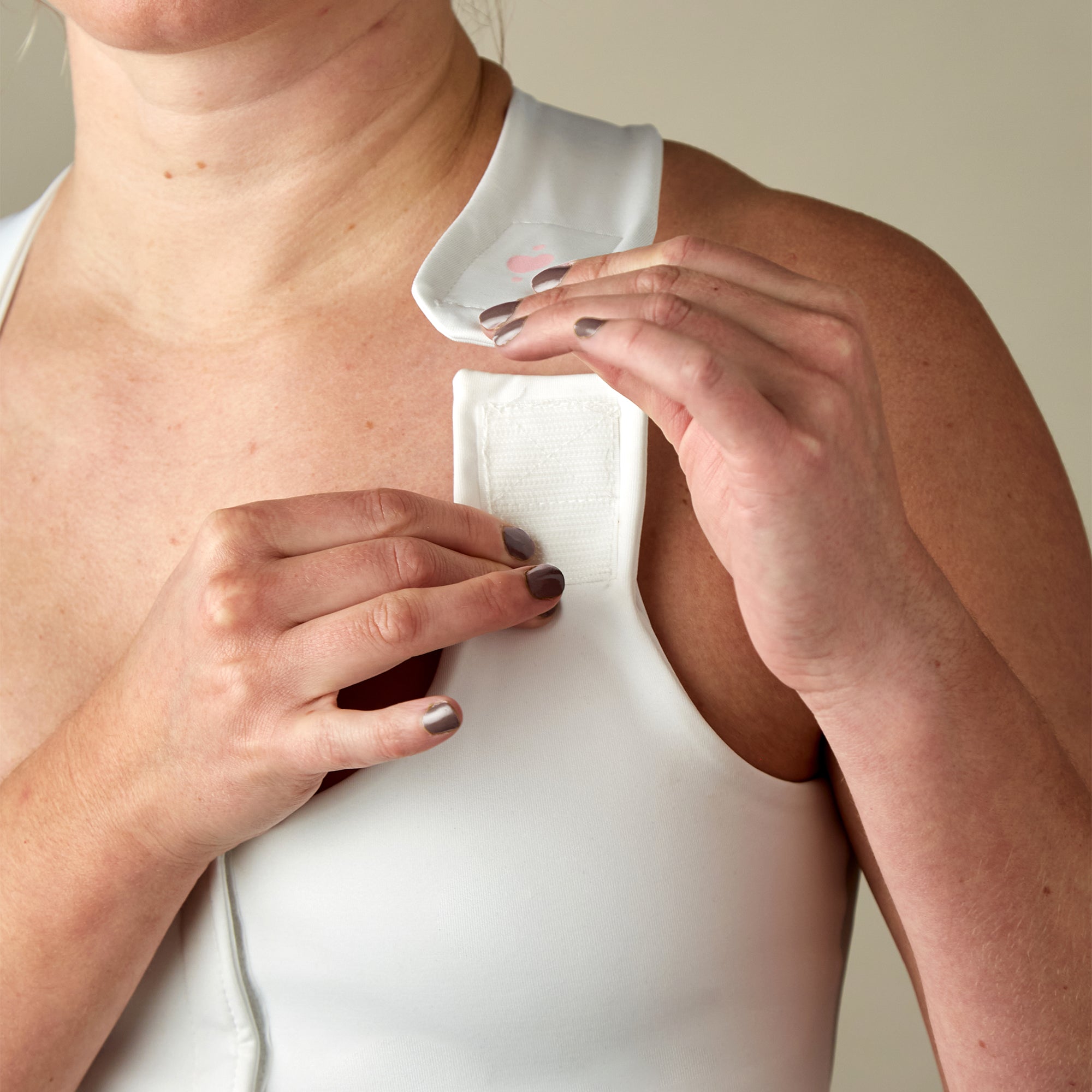When you're recovering from cervical neck surgery, that precious healing rest your body desperately needs seems frustratingly out of reach. The delicate nature of neck procedures, combined with post-operative discomfort and unfamiliar movement restrictions, can transform what was once effortless—simply lying down to sleep—into a nighmarish challenge.
In this crucial healing period, quality sleep isn't just about comfort; it's an essential medicine for your recovery. This comprehensive guide will walk you through everything you need to know about sleeping after cervical neck surgery, from understanding your unique challenges to practical solutions that will help you find better sleep and better healing.
Understanding Cervical Neck Surgery and Its Impact on Sleep
Cervical neck surgery encompasses several procedures targeting the seven vertebrae (C1-C7) that make up your neck. Whether you've undergone an anterior cervical discectomy and fusion (ACDF), cervical disc replacement, laminectomy, or another procedure, your recovery will involve similar sleeping challenges.
Common Sleep Challenges After Surgery
Pain and Discomfort: Post-surgical pain can range from mild discomfort to sharp pain when moving your neck, making it difficult to find a comfortable position.
Movement Restrictions: Your surgeon has likely advised you to limit certain neck movements, which can complicate your usual sleeping habits.
Neck Brace Requirements: Many patients must wear a cervical collar or brace while sleeping, adding another layer of complexity to comfortable rest.
Anxiety and Stress: The natural stress that follows surgery can disrupt your normal sleep patterns and make falling asleep more difficult.
Why Quality Sleep Matters for Recovery
Sleep isn't just about comfort—it's a critical component of your healing process. The hours you spend asleep might be the most important part of your recovery journey after cervical neck surgery. Here's why prioritizing quality sleep is essential:
Enhanced Tissue Repair and Healing: During deep sleep, your body increases production of growth hormone and proteins that are essential for tissue repair. These biological processes help rebuild damaged muscle tissue, strengthen the surgical site, and promote proper healing of the cervical spine. Research has shown that patients who achieve adequate deep sleep experience faster wound healing and recovery times.
Reduced Inflammation: Sleep regulates your body's inflammatory response, which is crucial after surgery when inflammation is naturally elevated. During restful sleep, your body produces cytokines and other anti-inflammatory compounds that help reduce swelling around the surgical site. Controlling inflammation not only improves comfort but also creates optimal conditions for healing.
Pain Management and Regulation: Sleep plays a vital role in how your body processes and responds to pain. Poor sleep amplifies pain sensitivity, creating a difficult cycle where pain disrupts sleep, and sleep deprivation worsens pain perception. Studies have demonstrated that patients who get adequate sleep require lower doses of pain medication and report better pain control throughout their recovery.
Immune System Support: Your immune system works overtime after surgery to prevent infection and support healing. Quality sleep strengthens immune function, increasing the production of antibodies and cells that fight potential infections. This immune support is particularly important in the weeks following surgery when your body is most vulnerable to complications.
Cognitive Function and Emotional Well-being: Recovery isn't just physical—it's also mental and emotional. Sleep deprivation affects your mood, cognitive function, and ability to cope with the challenges of recovery. Proper sleep improves mental clarity, helps regulate emotions, and reduces the risk of post-surgical depression or anxiety. Patients who maintain healthy sleep patterns report better satisfaction with their recovery experience and lower levels of stress.
Hormone Regulation: Sleep regulates important hormones that affect recovery, including cortisol (stress hormone), melatonin (sleep regulation), and various metabolic hormones. Balanced hormone levels create an internal environment conducive to healing. Disrupted sleep can lead to hormonal imbalances that potentially slow the healing process.
Energy Conservation and Redirection: Sleep allows your body to conserve energy that would otherwise be expended on wakefulness and redirect it toward healing processes. This energy redistribution is critical when your body needs extra resources to repair surgical sites, especially in an area as complex as the cervical spine.
Prevention of Complications: Adequate sleep reduces the risk of several post-surgical complications. Well-rested patients typically experience:
-
Better blood pressure regulation
-
Improved blood sugar control
-
Enhanced respiratory function
-
Reduced risk of delirium or confusion
-
Lower likelihood of falls or accidents during recovery
Neurological Recovery: For cervical procedures in particular, sleep supports the healing of neural pathways and nerve tissue. The brain and spinal cord perform crucial cleanup and repair processes during deep sleep stages that are essential for optimal neurological function after surgery.
Long-term Recovery Outcomes: Research indicates that sleep quality during the first few weeks after surgery correlates strongly with long-term recovery outcomes. Patients who establish healthy sleep patterns early in recovery often report better functionality, less chronic pain, and higher satisfaction with surgical results months and even years later.
Given these critical benefits, creating conditions that support quality sleep should be considered as important as your medication regimen, physical therapy, and other aspects of your recovery plan. The Sleep Again Pillow System was specifically designed with these recovery needs in mind, providing the physical support needed to achieve the restorative sleep your body requires during this crucial healing period.
Preparing Your Sleep Environment
Creating an optimal sleeping environment starts before you even leave the hospital. Here's how to prepare your space:
Bedroom Setup
Accessibility and Convenience: Focus on creating an environment where everything you need is within easy reach. Place essential items like water, medication, tissues, phone, and the remote control on a bedside table positioned at arm's length. Consider using a basket or caddy to keep smaller items organized and accessible without requiring you to stretch or twist. Having these necessities nearby reduces the need for sudden movements that could strain your neck during recovery.
Lighting: Install soft lighting or nightlights to illuminate your path if you need to get up during the night. Fumbling in the dark can lead to sudden movements that strain your neck.
Room Temperature: Maintain a cool but comfortable temperature (65-68°F/18-20°C) to promote better sleep. Overheating can cause restlessness and discomfort.
Noise Control: Consider using a white noise machine to mask disruptive sounds that might wake you from much-needed sleep.
Essential Bedding Modifications
Supportive Mattress: Your mattress should provide adequate support while still conforming to your body's shape. Too soft, and your neck won't receive proper support; too firm, and pressure points might develop.
Specialized Pillows: This is where the right post-surgical pillow system becomes essential. Standard pillows typically fall short of providing the specialized support needed after cervical surgery.

The Optimal Sleeping Position After Cervical Surgery
Finding the right sleeping position is crucial for both comfort and proper healing. After cervical neck surgery, there is one clear recommended position:
Back Sleeping: The Preferred Method
Back sleeping is strongly recommended as the best position after cervical surgery because it:
-
Maintains proper spinal alignment
-
Distributes weight evenly across your body
-
Minimizes pressure on the surgical site
-
Keeps your neck in a neutral position
-
Reduces the risk of unintended movement during sleep
-
Provides consistent support throughout the night
-
Makes it easier to maintain any required neck brace positioning
How to Optimize Back Sleeping:
-
Elevate your upper body at a 30-45 degree angle to reduce swelling and pressure
-
Support your head without flexing your neck forward
-
Place support under your knees to relieve lower back pressure
-
Use side supports to prevent rolling during sleep
-
Ensure your pillow provides adequate support without pushing your chin toward your chest
Positions to Avoid:
Stomach Sleeping: This position should be strictly avoided as it:
-
Forces your neck into rotation
-
Places strain on your surgical site
-
Can disrupt fusion processes
-
Makes breathing more difficult
Side Sleeping: Even with modifications, side sleeping generally should be avoided because:
-
It can create uneven pressure on the surgical site
-
May lead to neck misalignment
-
Increases risk of unintended movement
-
Makes maintaining proper brace position difficult
Following your surgeon's specific instructions about sleep positioning is essential for proper healing. When in doubt, back sleeping with proper support remains the safest option for recovery.
New to back sleeping? Check out our comprehensive guide on How to Train Yourself to Sleep on Your Back.

The Sleep Again Pillow System: A Comprehensive Solution
When standard pillows fall short, specialized post-surgical pillow systems become invaluable. The Sleep Again Pillow System, the #1 doctor-recommended post-surgical pillow, was specifically designed to address the complex sleeping challenges following cervical neck surgery.
Components and Benefits
Every Sleep Again Pillow System includes:
Two Contoured Side Pillows: These pillows cradle your back and hips, preventing you from rolling during sleep—a critical feature when neck movement must be limited. The contoured design maintains your body in proper alignment while providing gentle support.
Upper Body Wedge: This component creates the optimal upper body incline (30-45 degrees) recommended by surgeons to reduce swelling and strain on the surgical site. The gradual slope ensures your entire upper body is supported, not just your head and neck.
Leg Support Wedge: By gently elevating your legs, this wedge reduces pressure on your lower back, which can indirectly affect neck comfort. It also improves circulation during your recovery period.
Head Pillow: Designed specifically for post-cervical surgery needs, this pillow provides crucial head support while allowing for necessary neck mobility as prescribed by your surgeon. Unlike standard pillows, it maintains the precise support needed without compressing over time.
Removable, Washable Slipcovers: Each component features easy-to-clean covers, an important hygiene consideration during your recovery period when changing bedding might be challenging.
This integrated design works holistically to maintain proper spinal alignment from head to toe, addressing the fact that comfort after neck surgery depends on whole-body positioning, not just neck support.

Practical Sleep Tips and Routines
Beyond the physical setup, your sleep habits and routines play a vital role in recovery:
Nutritional Support During the Daytime
While a skilled surgeon lays the foundation for excellent results, how you support your body during recovery plays a crucial role in your outcome. This is where strategic supplementation enters the picture.
The right pre and post-surgical supplements can significantly impact your healing journey. Unlike general multivitamins, specialized formulas designed for surgery recovery contain clinically-studied ingredients that reduce swelling and bruising while providing precise nutrients for tissue repair.
Before Bedtime
Medication Timing: Take prescribed pain medication 30-60 minutes before bedtime to ensure peak effectiveness during sleep hours, but always follow your doctor's specific instructions.
Gentle Stretching: If approved by your surgeon, perform gentle stretches for other areas of your body to relieve tension without affecting your neck.
Relaxation Techniques: Practice deep breathing, progressive muscle relaxation, or guided meditation to calm your nervous system before sleep.
Screen Limitations: Reduce exposure to phones, tablets, and TVs at least one hour before bed, as the blue light and mental stimulation can interfere with sleep quality.
Creating a Pre-Sleep Routine
Establishing a consistent routine signals to your body that it's time to rest:
-
Set a regular bedtime and wake time
-
Perform your hygiene routine (with any modifications needed for your recovery)
-
Practice relaxation techniques
-
Ensure your pillow system is properly arranged
-
Keep necessary items (water, medication) within easy reach
Managing Middle-of-Night Waking
It's common to wake during the night in early recovery. When this happens:
-
Move carefully, being mindful of your neck
-
Use bed rails or strategic pillow placement to help you reposition
-
Practice short relaxation techniques to fall back asleep
-
Consider keeping a dim night light on to prevent disorientation
Managing Common Sleep Challenges
Even with proper preparation, you may encounter specific challenges:
Pain Management Strategies
Ice and Heat Application: Use cold therapy for the first 48-72 hours after surgery, then switch to heat therapy as directed by your healthcare provider. Always use proper covers and never apply directly to the skin.
Massage: Gentle massage of surrounding areas (shoulders, upper back) may help reduce tension, but avoid the surgical site and consult your doctor first.
Alternative Pain Relief: Consider physician-approved alternatives like aromatherapy or music therapy to complement your prescribed pain management regimen.
Working with a Neck Brace
If you must wear a cervical collar during sleep:
-
Ensure it's properly fitted and clean
-
Use pillows that accommodate the brace without creating pressure points
-
Consider a specialized cervical pillow with a cutout for the brace
-
Keep the brace dry and clean with proper hygiene measures
Addressing Sleep Anxiety
Post-surgical anxiety about sleep is common. Consider:
-
Speaking with a therapist specializing in medical trauma or anxiety
-
Learning specific relaxation techniques for bedtime
-
Keeping a sleep journal to track improvements
-
Practicing gratitude or positive visualization before sleep
Special Considerations for Different Procedures
While general principles apply to all cervical surgeries, specific procedures may have unique considerations:
ACDF (Anterior Cervical Discectomy and Fusion)
-
Typically requires more stringent position control during early healing
-
May benefit from slightly higher elevation of the upper body
-
Often requires longer adherence to position restrictions as fusion occurs
Posterior Cervical Procedures
-
May create more muscle soreness affecting comfort
-
Often benefit from additional cushioning around the surgical site
-
May require longer adaptation time for comfortable sleep
Cervical Disc Replacement
-
Often allows for more natural movement sooner
-
Still requires careful positioning during initial healing
-
May permit transition to normal sleep positions more quickly
Always follow your specific surgeon's guidelines, as they will be tailored to your particular procedure and health situation.

Progressive Recovery: Transitioning Your Sleep Over Time
Recovery isn't static—your sleep needs will evolve as you heal:
Weeks 1-2: Maximum Support
-
Adhere strictly to all positioning guidelines
-
Use all components of your Sleep Again Pillow System
-
Focus on immobilization and protection
-
Keep movement to a minimum when repositioning
Weeks 3-6: Adaptive Support
-
Begin transitions as approved by your surgeon
-
Potentially reduce the angle of elevation gradually
-
Maintain side supports to prevent accidental rolling
-
Continue using specialized head support
Months 2-3: Transitional Support
-
Begin weaning from some components as directed
-
Maintain proper ergonomic support even as restrictions ease
-
Practice recommended neck exercises before bed to reduce stiffness
-
Consider maintaining some elevated sleeping if it continues to provide comfort
Long-term Habits
Many patients find that aspects of their recovery sleep setup actually provide better rest than their pre-surgery arrangements. Consider maintaining:
-
An elevated upper body positioning while sleeping
-
Ergonomic pillow support
-
Regular pre-sleep relaxation practices
-
Proper full-body alignment during sleep
When to Seek Help
While some discomfort during sleep is expected, certain symptoms warrant medical attention:
-
Increasing rather than decreasing pain
-
Numbness or tingling in arms or hands during sleep
-
Difficulty breathing or swallowing when lying down
-
Excessive swelling around the surgical site
-
Persistent insomnia despite following recommendations
-
Signs of infection like fever or drainage
Don't hesitate to contact your surgeon with concerns—addressing issues promptly can prevent complications and support your recovery.
Conclusion
Recovering from cervical neck surgery presents unique challenges, particularly when it comes to getting restorative sleep. By understanding the importance of proper positioning, creating an optimal sleep environment, and using specialized support systems like the Sleep Again Pillow System, you can significantly improve both your comfort and your healing process.
Remember that recovery is gradual, and sleep will likely improve as healing progresses. Be patient with yourself, follow your medical team's guidance closely, and prioritize rest as a critical component of your recovery journey. With the right approach and support, you can achieve the quality sleep your body needs to heal and return to your daily activities.
Frequently Asked Questions
How long will I need to maintain special sleeping positions?
This varies by procedure and individual healing rates. Most patients need to follow strict guidelines for 4-6 weeks, with gradual transitions thereafter. Always follow your surgeon's specific recommendations. Many post-surgical patients find that they feel better sleeping on their back and retain the habit for the long term.
Can I ever return to sleeping on my stomach?
Many surgeons advise permanently avoiding stomach sleeping after cervical surgery, but this varies by case. Discuss long-term sleeping positions at your follow-up appointments.
Will Medicare or insurance cover specialized pillow systems?
Some insurance plans provide coverage for post-surgical support equipment with proper documentation from your physician. Check with your insurance provider and request a prescription if coverage is possible.
Is the Sleep Again Pillow System eligible for HSA/FSA reimbursement?
Yes, the Sleep Again Pillow System qualifies as an eligible expense for both Health Savings Accounts (HSA) and Flexible Spending Accounts (FSA). When purchasing, be sure to save your receipt for reimbursement submission. Many patients appreciate this tax-advantaged way to cover the cost of their recovery support system.
How do I clean my Sleep Again Pillow System without straining my neck?
The system features removable, machine-washable covers that can be managed by a caregiver during early recovery. The internal components are spot-clean only.
Is it normal to sleep more than usual after cervical surgery?
Yes, your body requires additional energy for healing, and medication may increase drowsiness. Extended sleep is typically beneficial for recovery, provided you're also able to maintain appropriate levels of prescribed activity.
Important Disclaimer: This guide provides general information, but your surgeon's specific instructions always take precedence. Every recovery journey is unique, and your medical team is your best resource for personalized guidance.


